Welcome
I'm an architectural photographer.
On my van-life travels through the British Isles I’m building up a word and photo-hoard containing a light imbued repository of material treasure that celebrates our built heritage and contributes to a sense of place. My van is my time-machine, it enables me to garner fresh perspectives on our historic environment, shared here on a weekly basis.📸🚐🏛
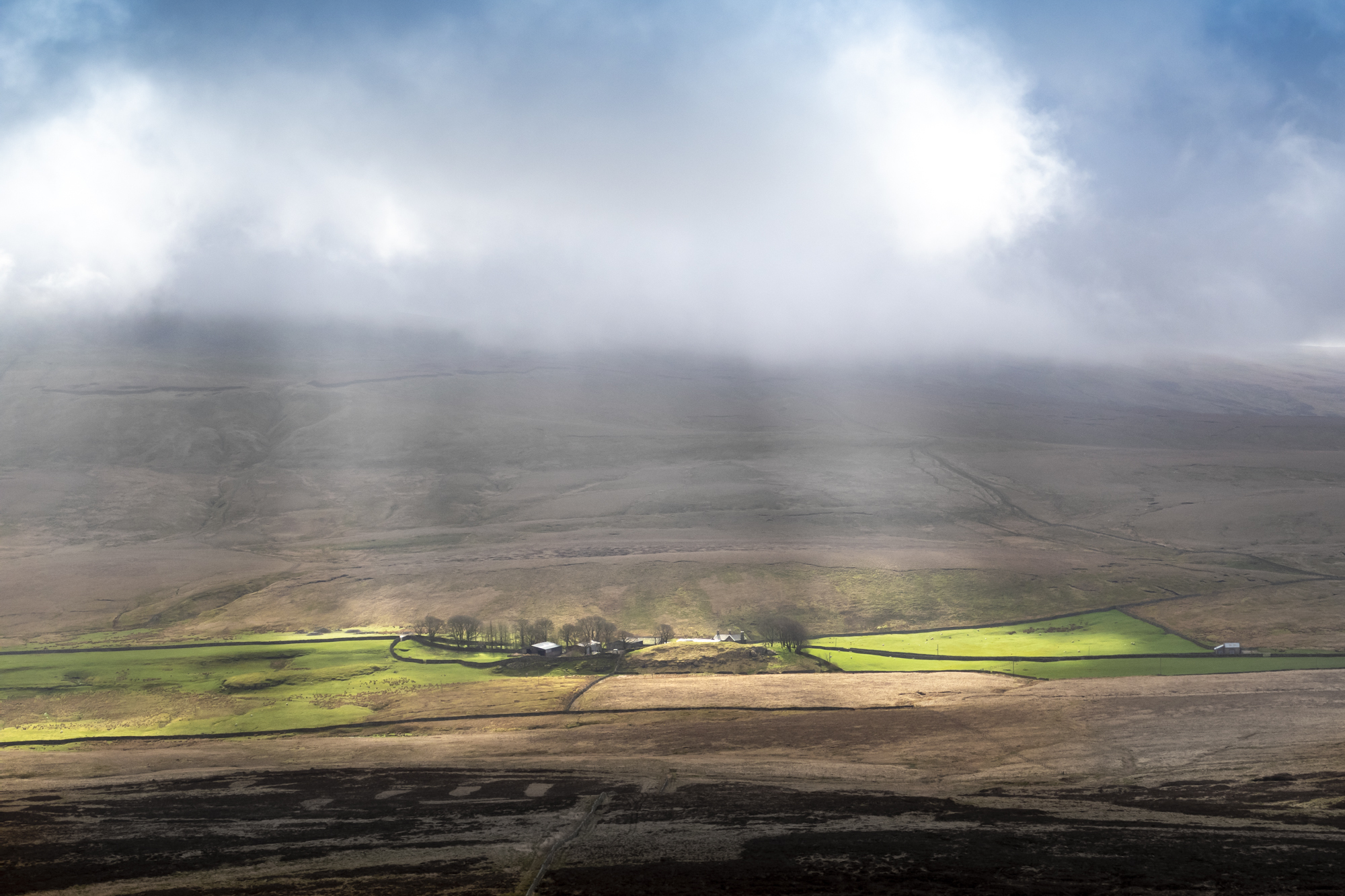
Happy New Year and welcome to the first digest of 2022. The last couple of weeks has been a time for reflection with walks and dérive's into the towns and moors of Lancashire and Yorkshire.
Become a Member
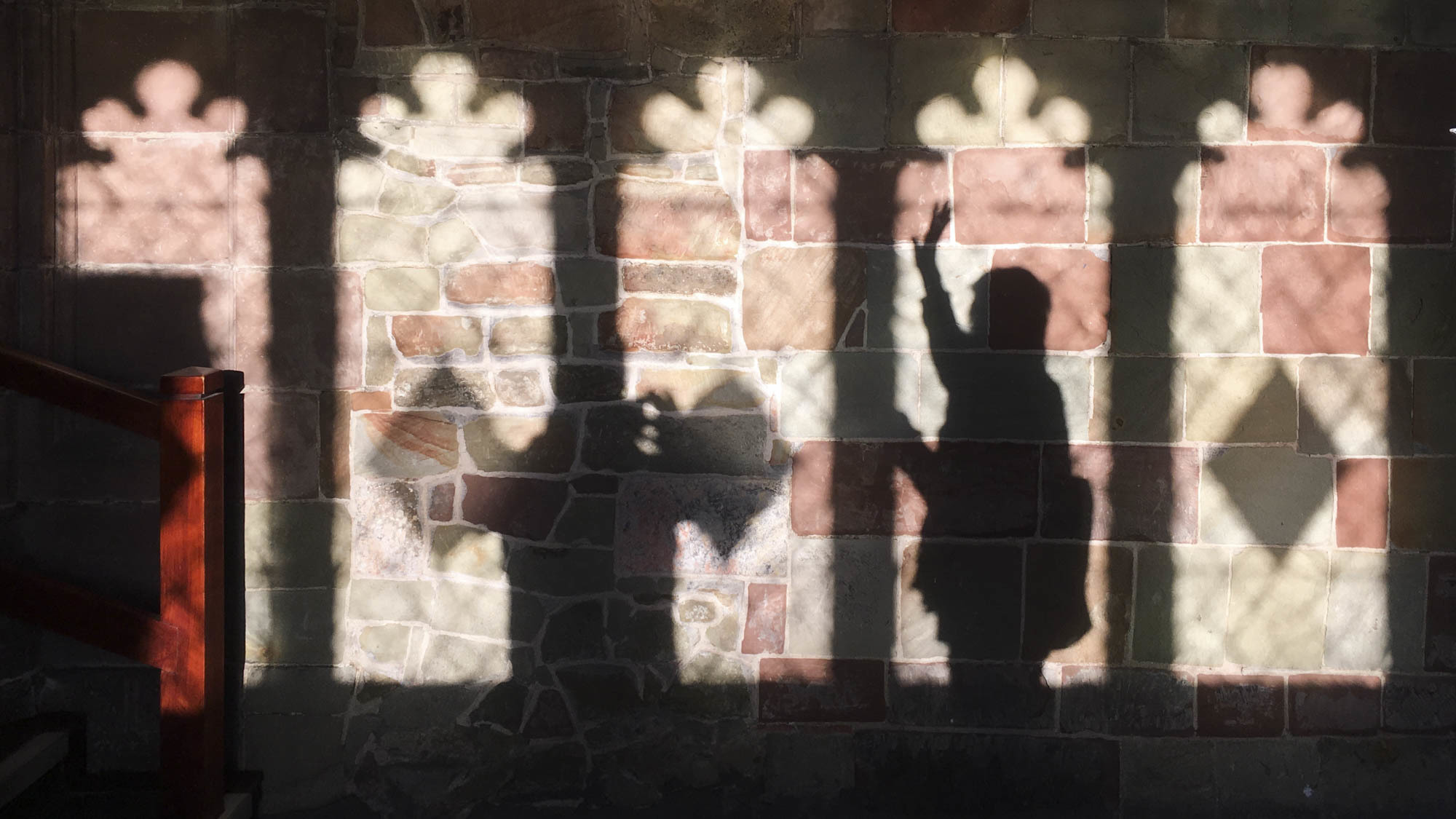
I love creating this digest - it's a labour of love - and it remains free to all - posted out on a weekly basis, more often than not, from my travels in my van. It documents my engagement with our increasingly threatened historic built environment (heritage) and helps others form attachments, ties and obligations to place.
From a Victorian trading shack in Oregon, USA to a medieval church in Stratford, England, our heritage is a vital part of our wellbeing - it nourishes us and contributes to a sense of identity. The aim of this digest is to underpin the significance of our heritage and share it with others to confront creeping baseline syndrome and help others develop new ways of seeing and interacting with the historic environment.
It takes a day every week to produce this digest and you can opt in to support my work by becoming a member. There are some juicy member benefits too - check them out here.
Thank You. 📸🚐🏛
Words
"The rain surrounded the cabin…with a whole world of meaning, of secrecy of rumour. Think of it: all that speech pouring down, selling nothing, judging nobody, drenching the thick mulch of dead leaves, soaking the trees, filling the gullies and crannies of the wood with water, washing out the places where men have stripped the hillside… Nobody started it, nobody is going to stop it. It will talk as long as it wants, the rain. As long as it talks I am going to listen."
Hotspots
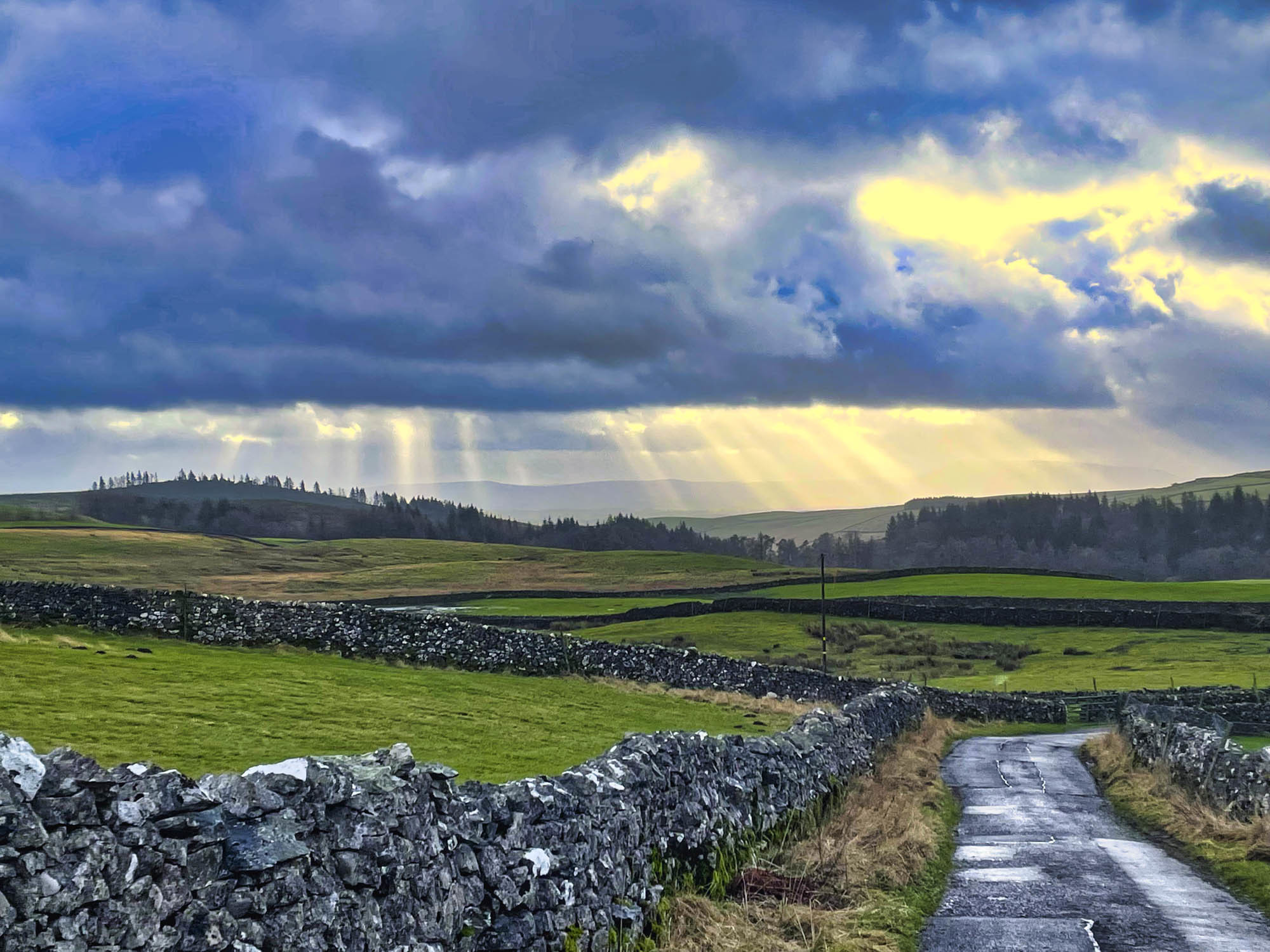
Settle and Ribblesdale
All photos shot on iPhone.
I walk along Lambert Lane up towards Warrendale Knots and Attermire Scar. The lane, which is deeply cut into the landscape, affords extra protection from the elements with its drystone walls. The walls are what make this place special, cutting up the dales into honeycombed parcels, orchestrating the containment and movement of sheep - a vascular network of stone held together by compression.
Looking south from High Hill Lane beneath Sugar Loaf Hill, I feel like a fly on a billiard table. Every now and then, the sky, laden with clouds, affords a scatter of rays - and for short moments, the walls shine like silvered ribbon.
Looking out along the drover’s lane I think about the energy invested in these walls over the countless years of their making. Some of them have medieval cores. Each wall is laid by hands that stretch across generations. I’ve heard that, at the time of their making, drystone walls are invested with bones and bottles - amulets that are apotropaic in nature. It got me thinking. Does the rubble core harbour the builder’s darkest secrets? Do they encounter their forebears as they pare back the walls and discover their work? When they knap to oppose the curve of an old stone does it open a door to the past? Do their cap-stones rhyme with chapter and verse?
Further out towards Langcliffe the walls are teaming with life - each stone as exquisite as a coral reef, infused with micro-worlds as complex as the village beneath: moss upon lichen and lichen upon moss in a symbiotic capillary entanglement. Today, they appear to be in stasis. Saturated to the core, they’ve absorbed a whole winter of discontent. On earlier walks in late summer, I’ve seen the same walls exhale fine, wispy mists, their mossy copings diffused with vapour like the Amazonian forest.
Tugged up from the earth and placed in gravity defying, time-hopping harmony, these walls are storied in their making and saturated with meaning.
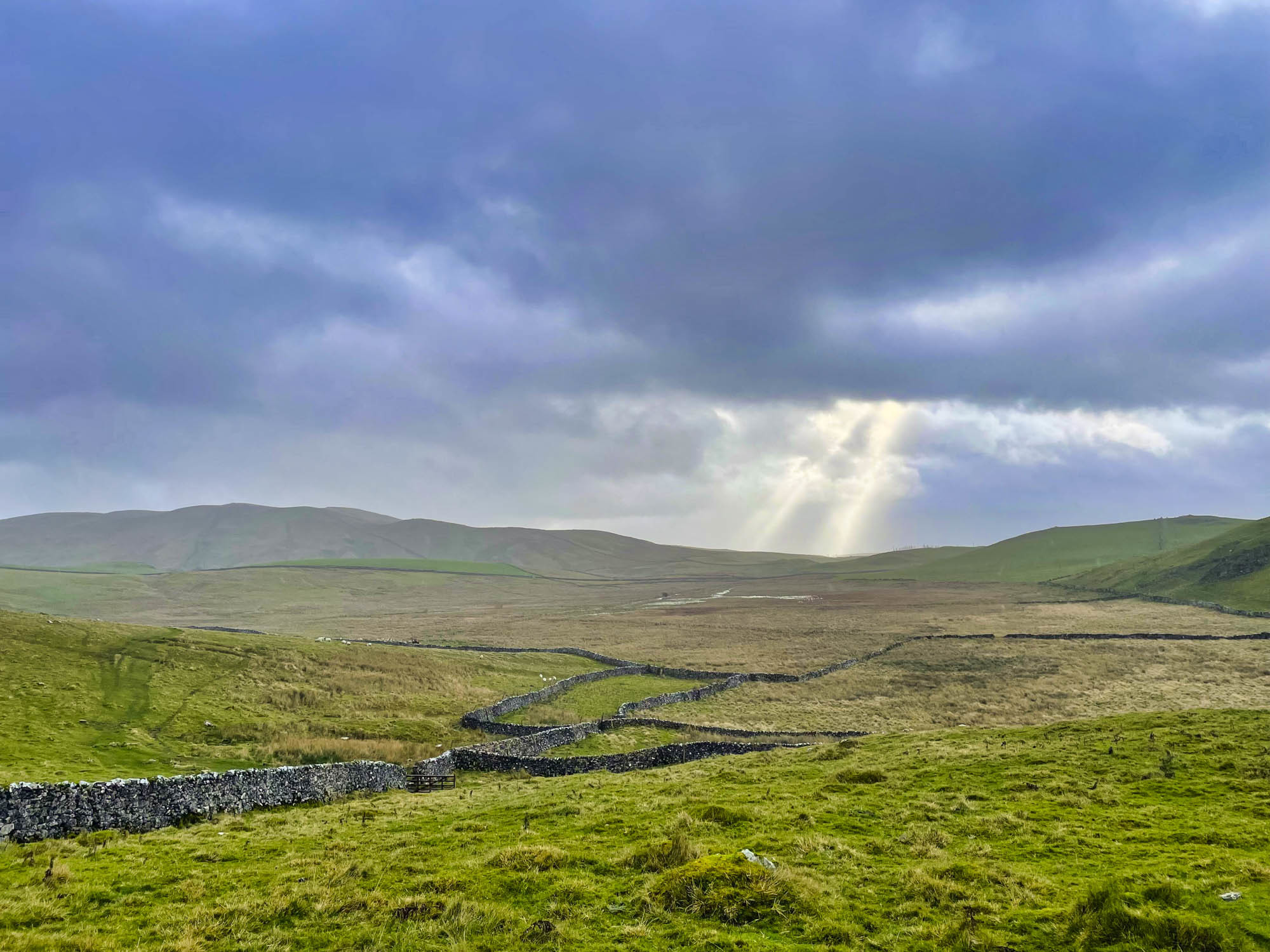
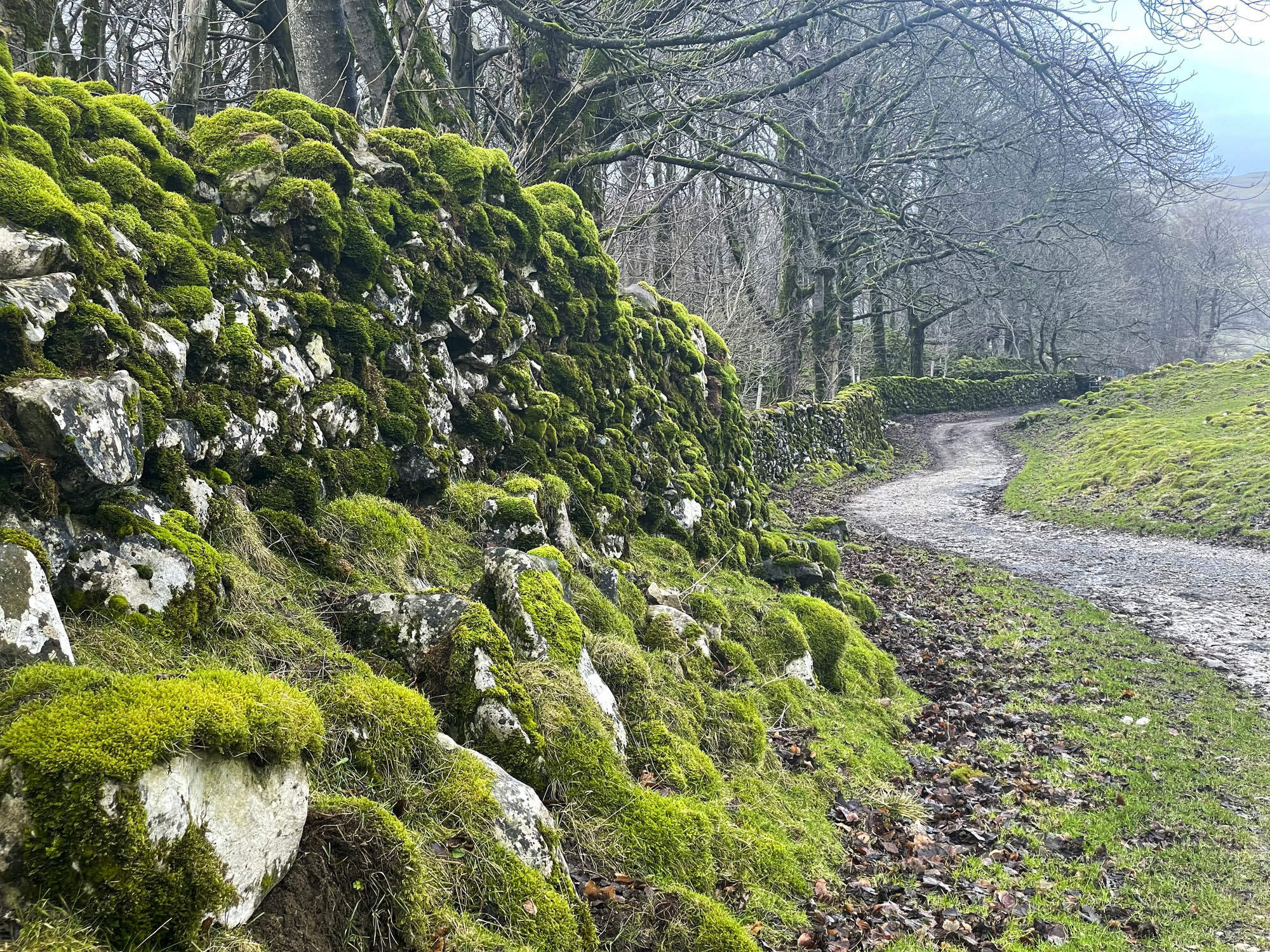
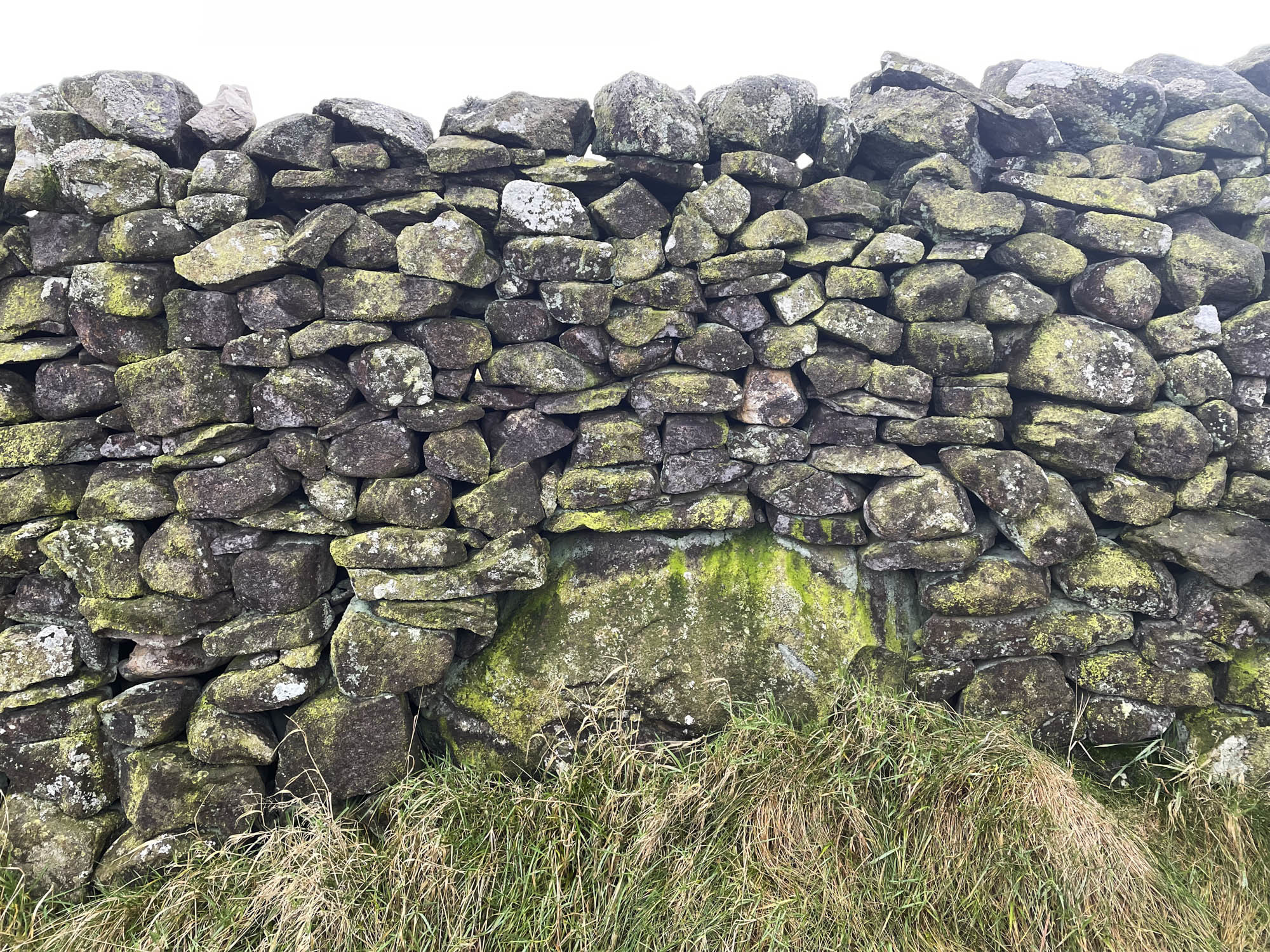
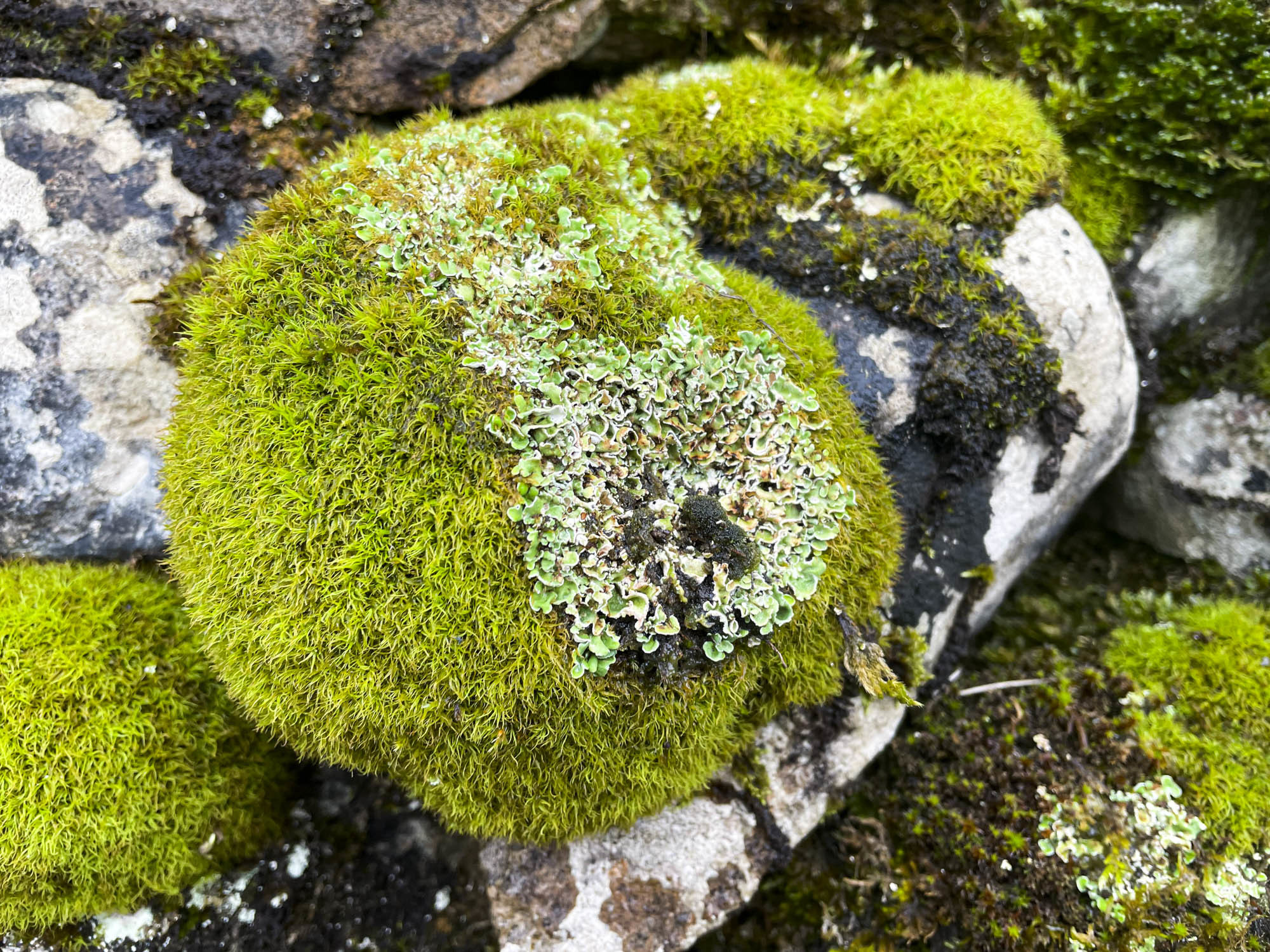
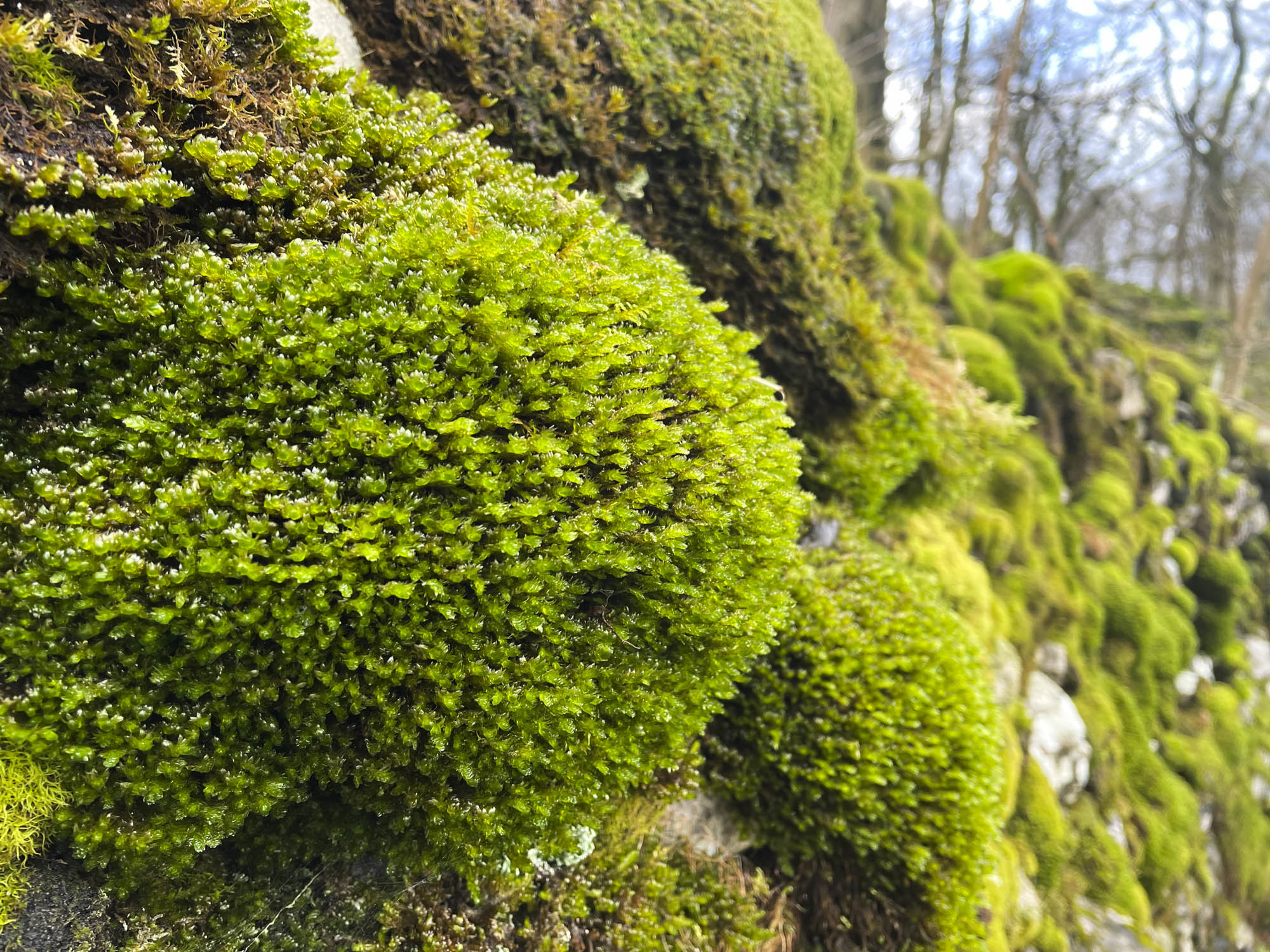
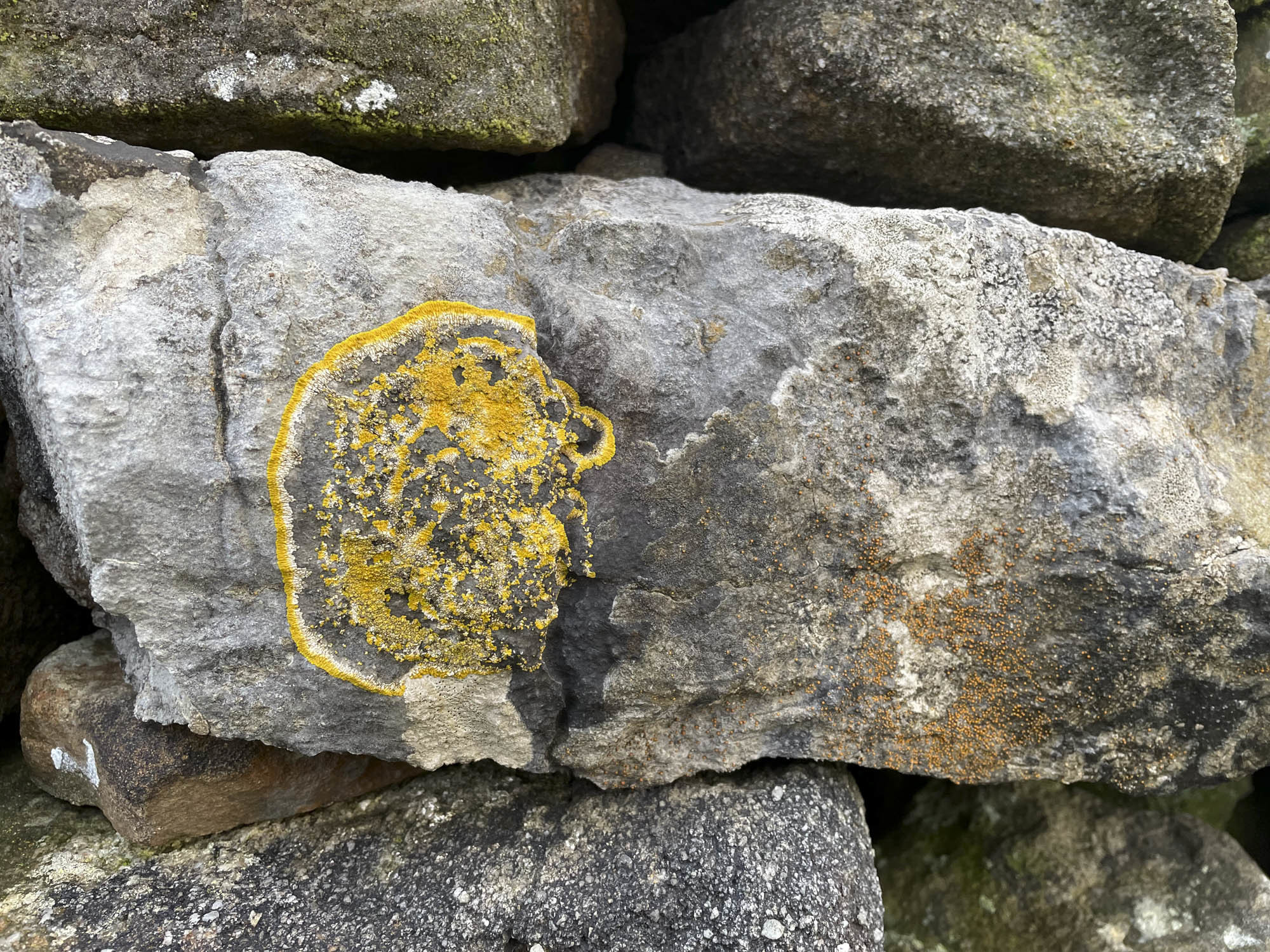
The Route - 5.6 miles
This is the perfect walk for town and country - combining the outdoors with the pleasures of the vernacular villages. I walked with Char along Lambert Lane, up onto the moor past Sugar Loaf Hill, and took the path between Warrendale Knots and the Attermire Scar. After Victoria Cave we descended to the lovely village of Langcliffe and on towards a fire-side pub lunch in Settle.
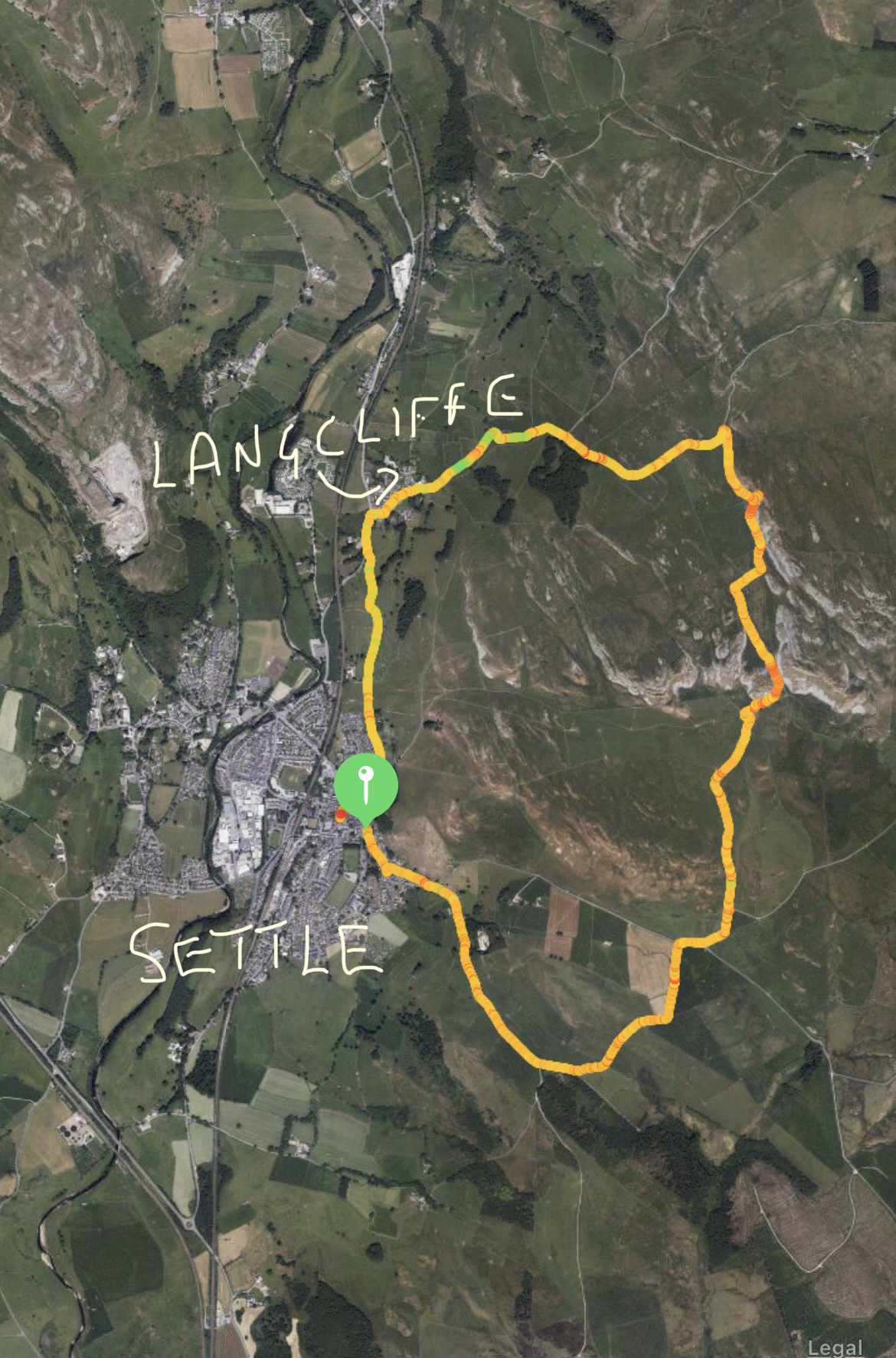
The Naked Man Cafe
We began our journey with coffee and donuts in the Old Naked Man Cafe.
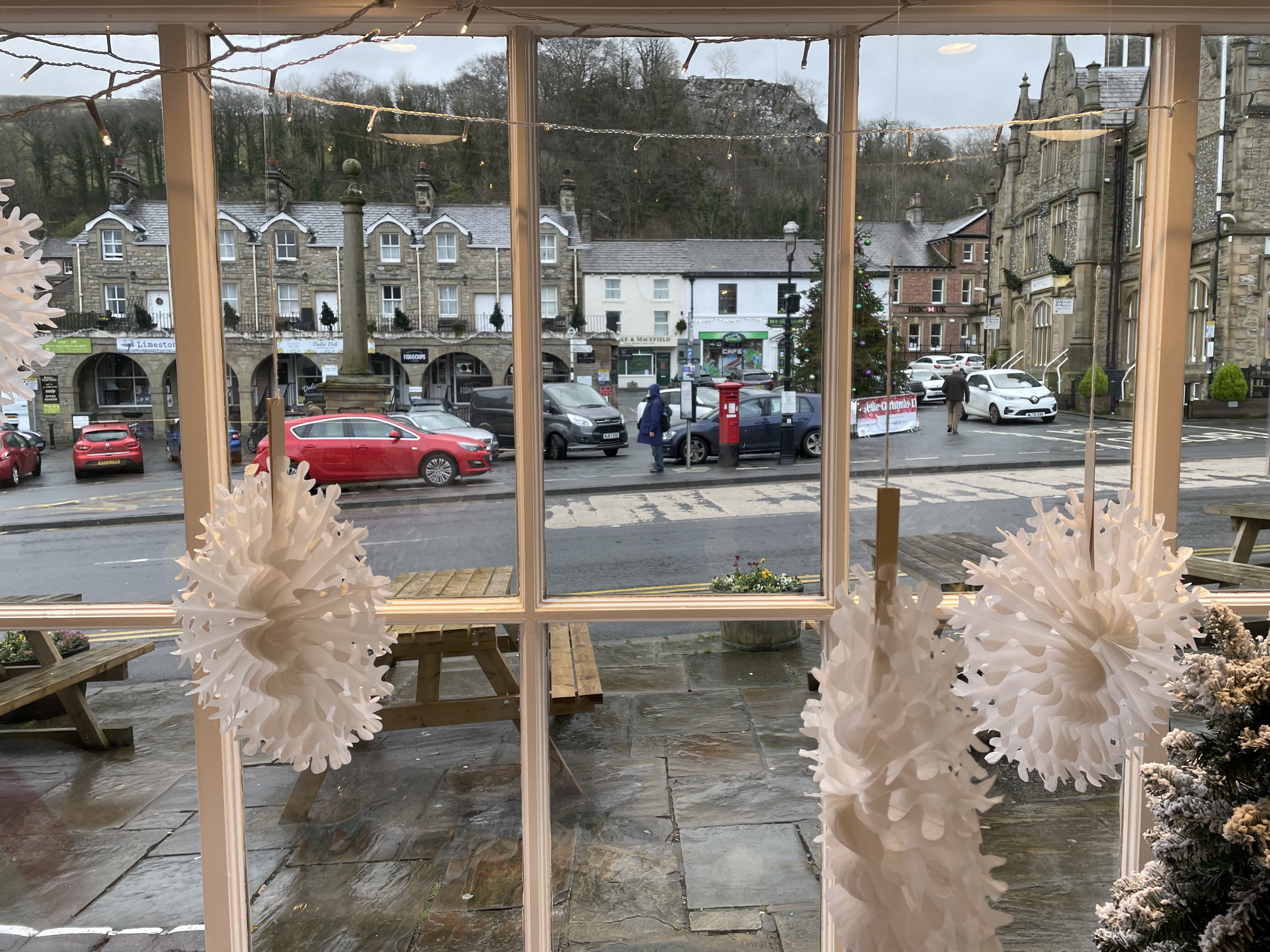
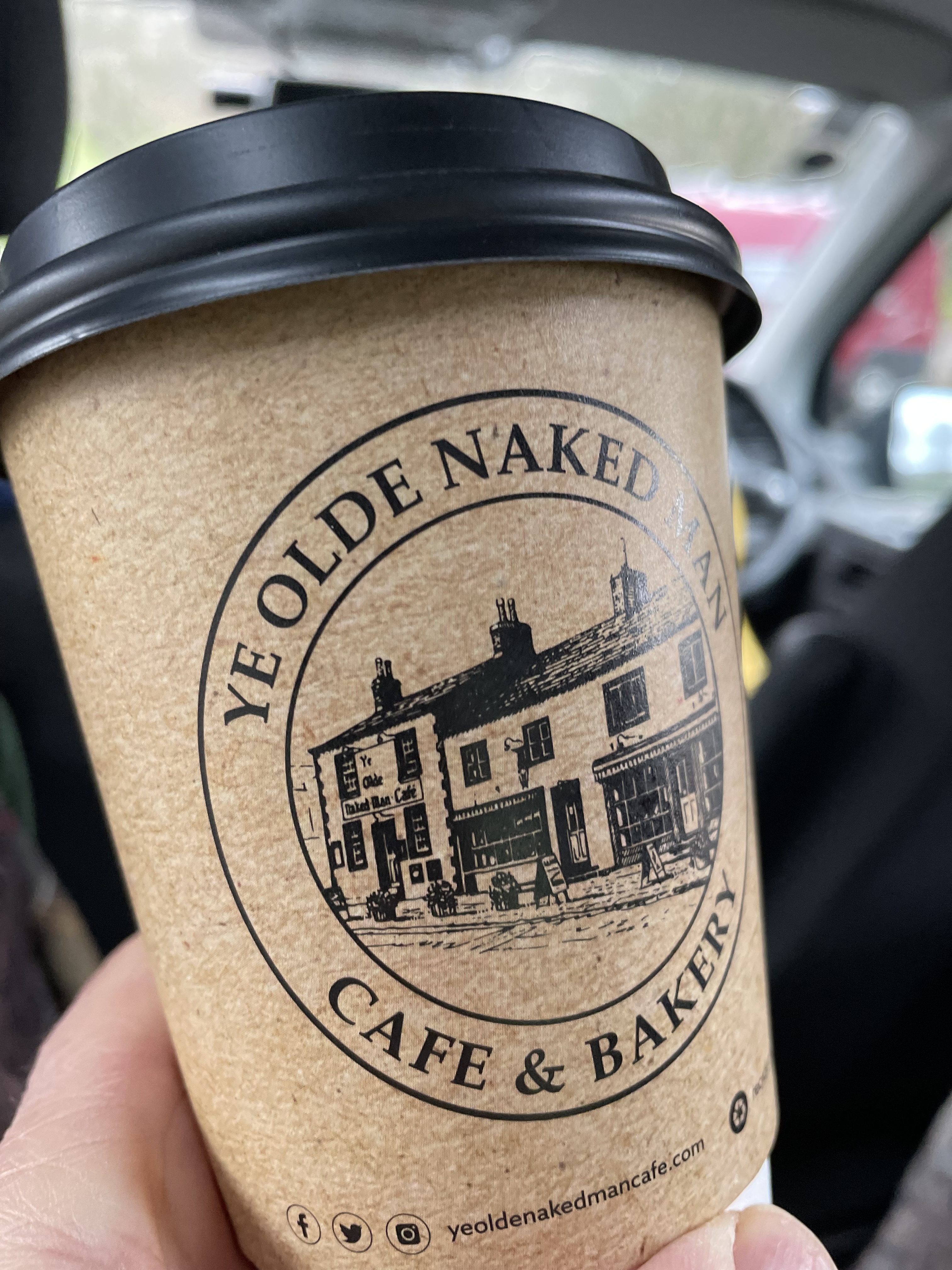
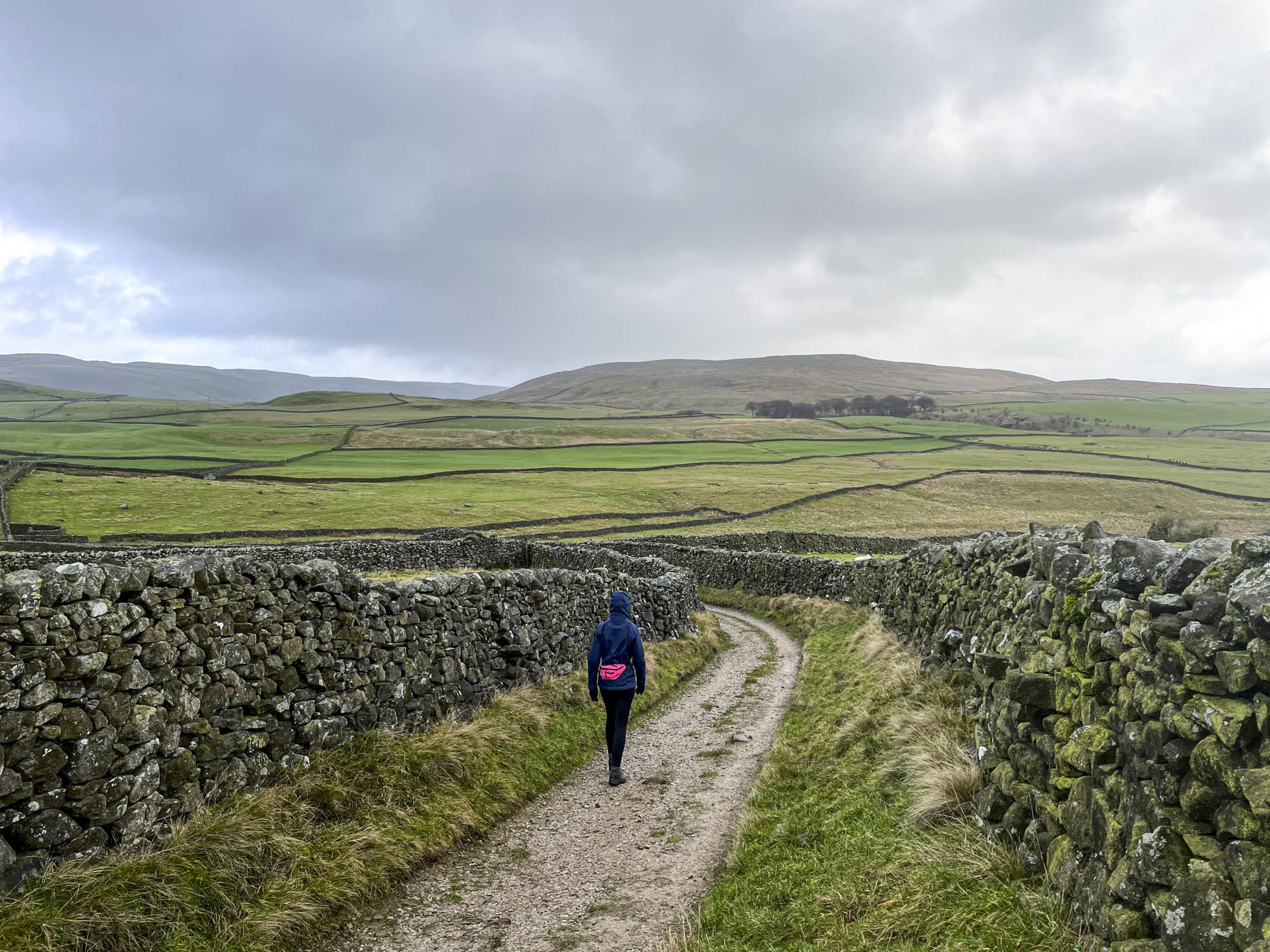
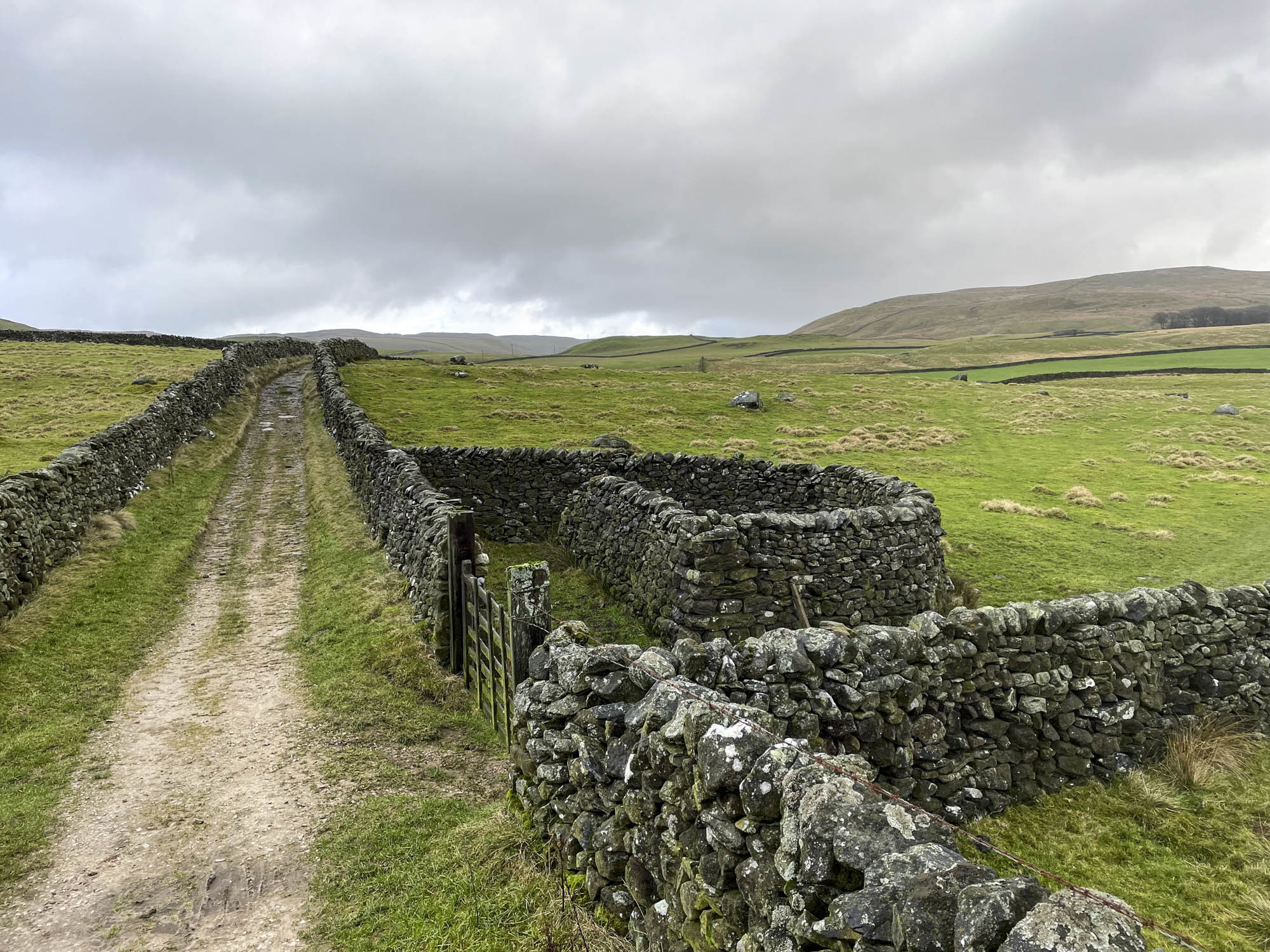
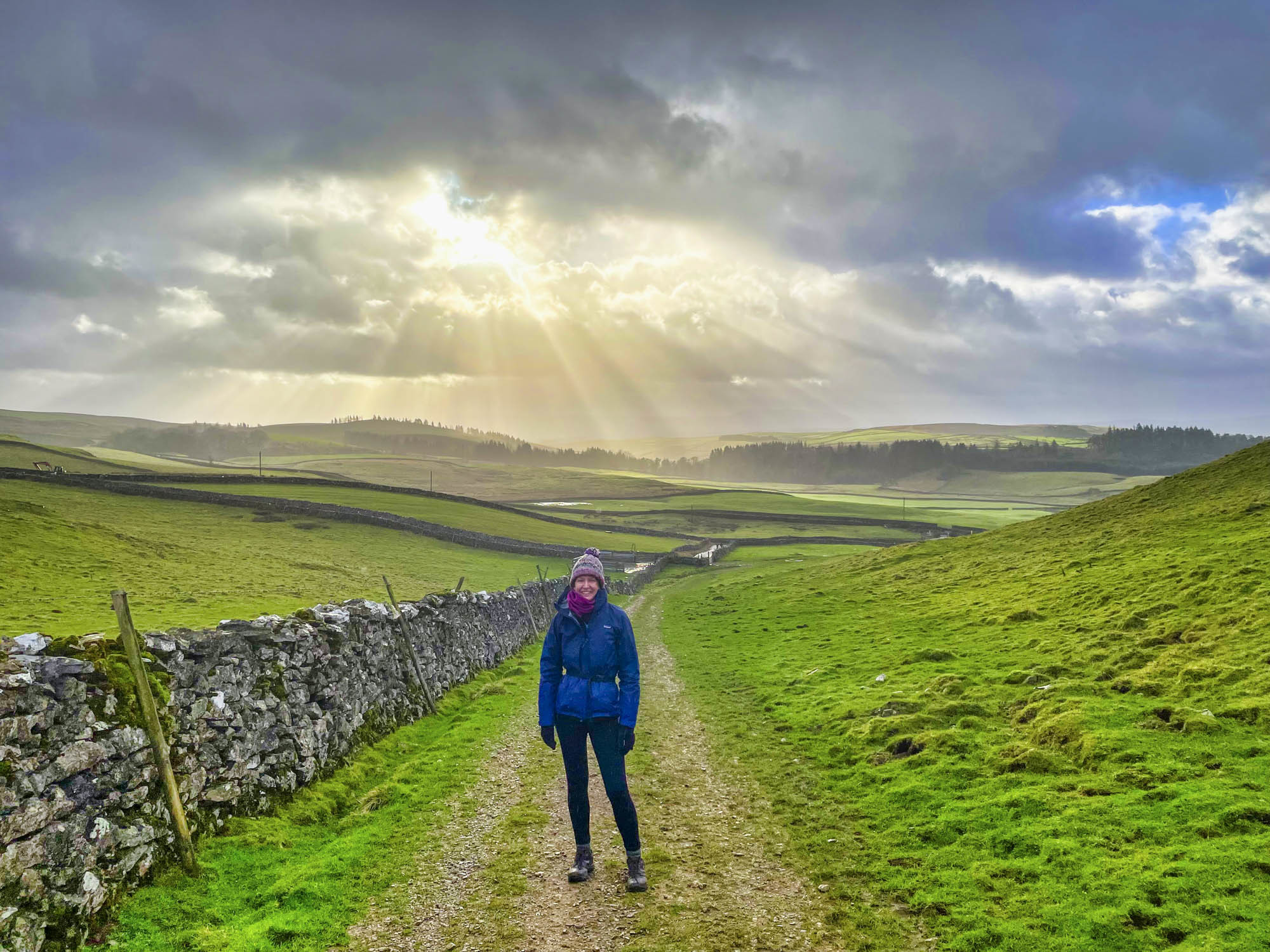
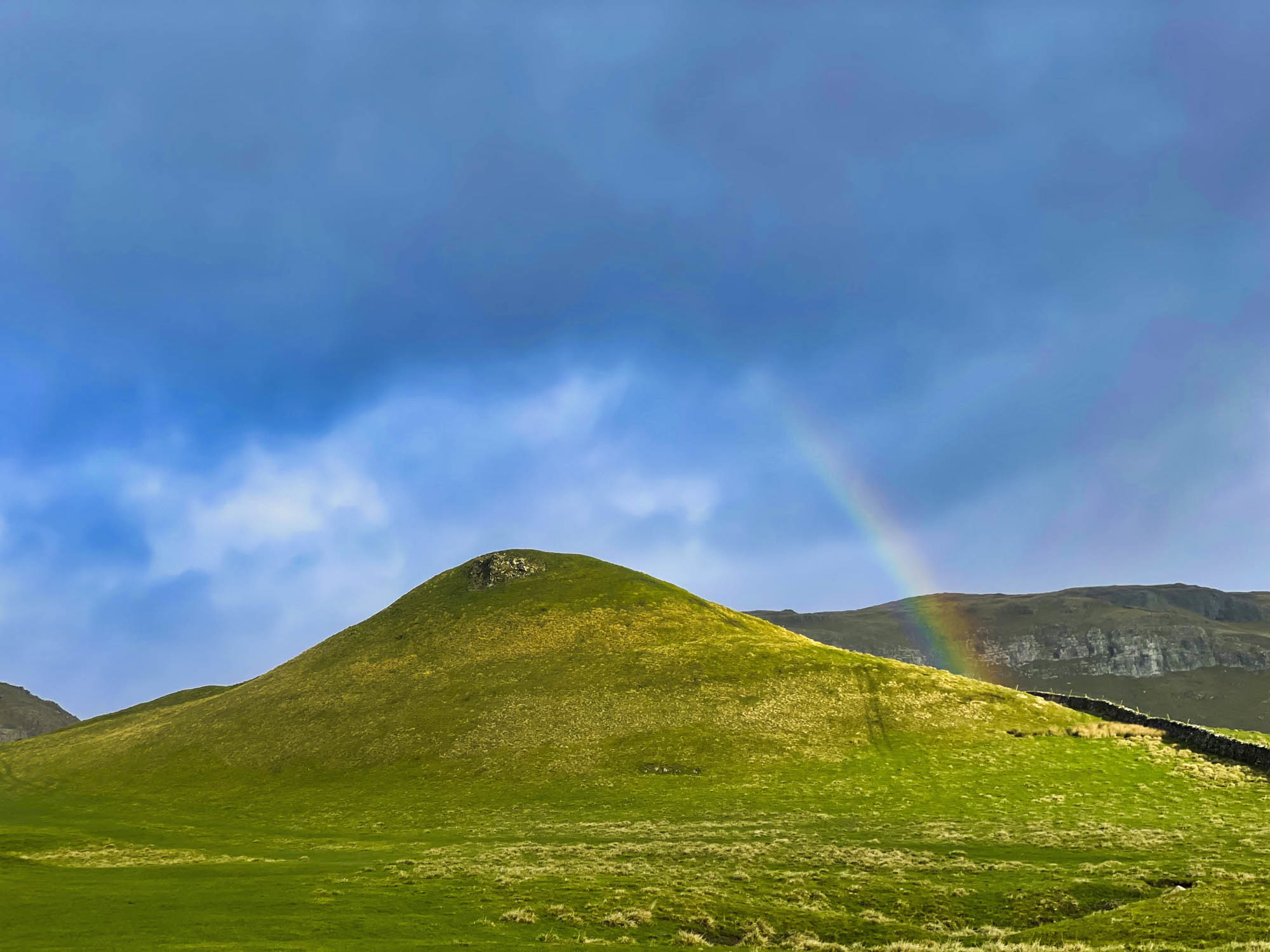
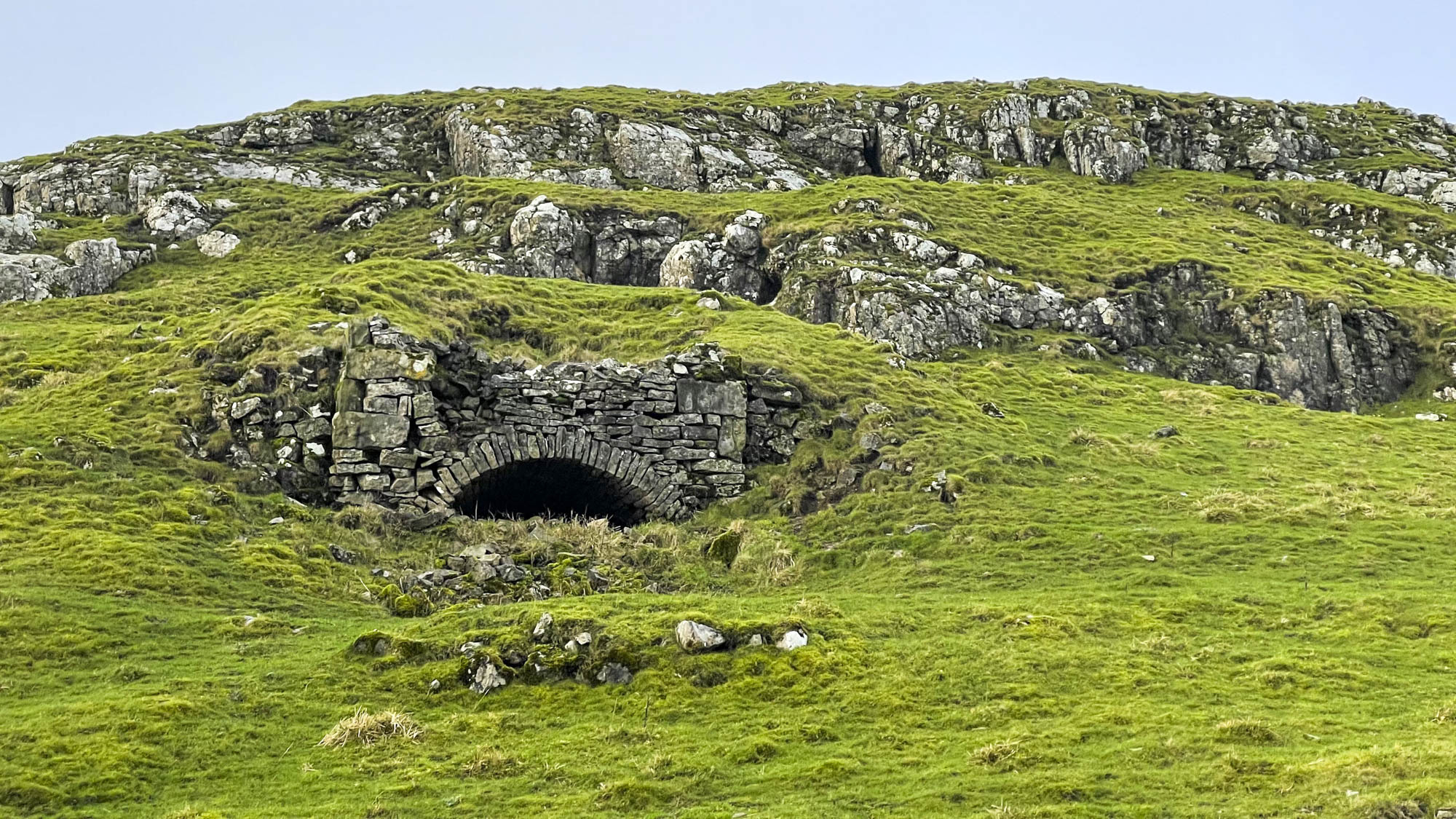
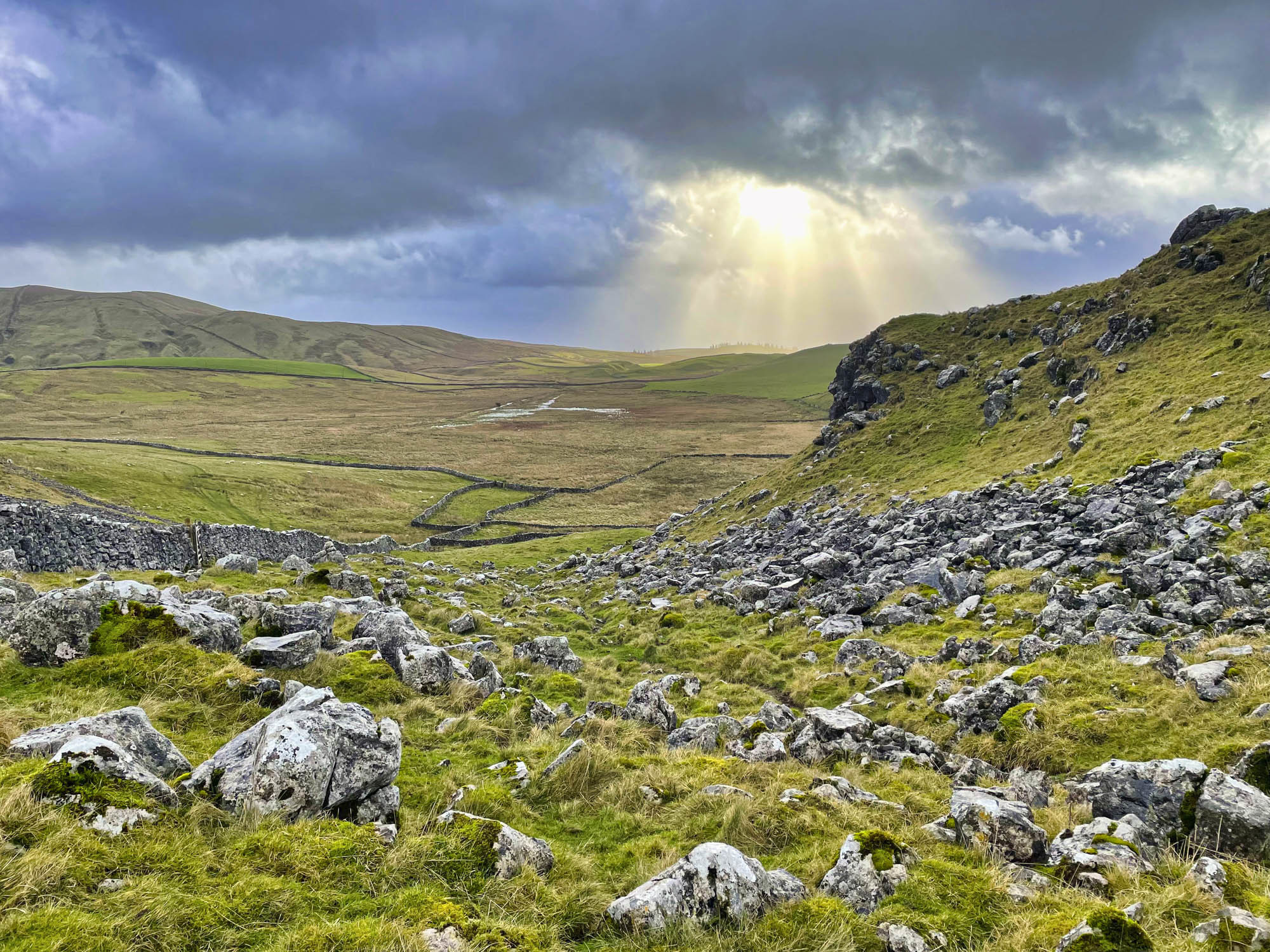
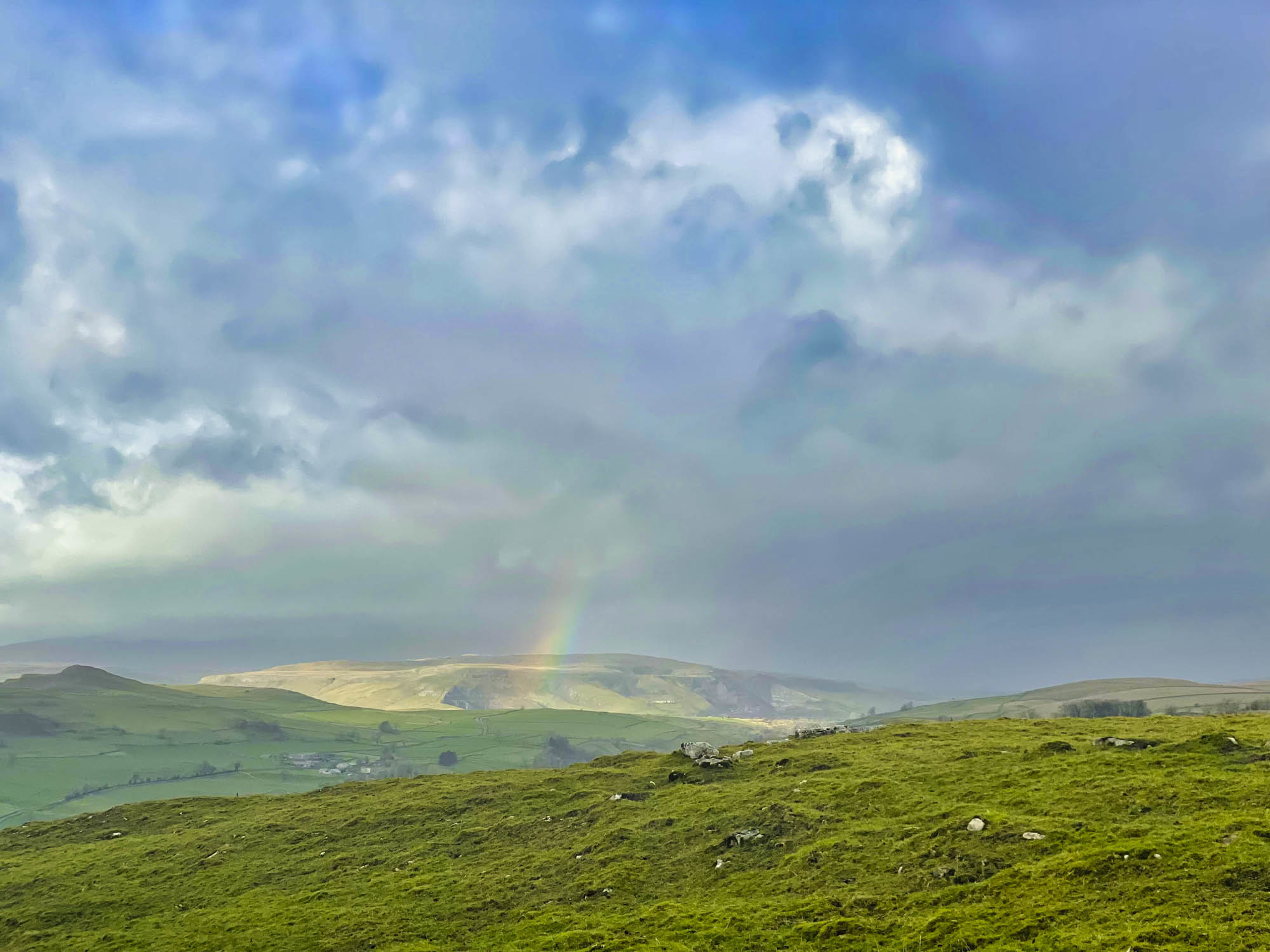
The Farmer
The farmer pulled up just behind us as we did the Lambert walk. I thought he was going to offer us a lift - but he jumped out and into the field to feed the sheep which are in lamb. The sheep are from the Llŷn Peninsula - so, with the farmer looking on dumbfounded - I spoke a little Welsh to them.
"Bora da, dw i ddim yn hoffi bwyta cig defaid."
The sheep looked on approvingly (in a Wallace and Gromit kind of way).
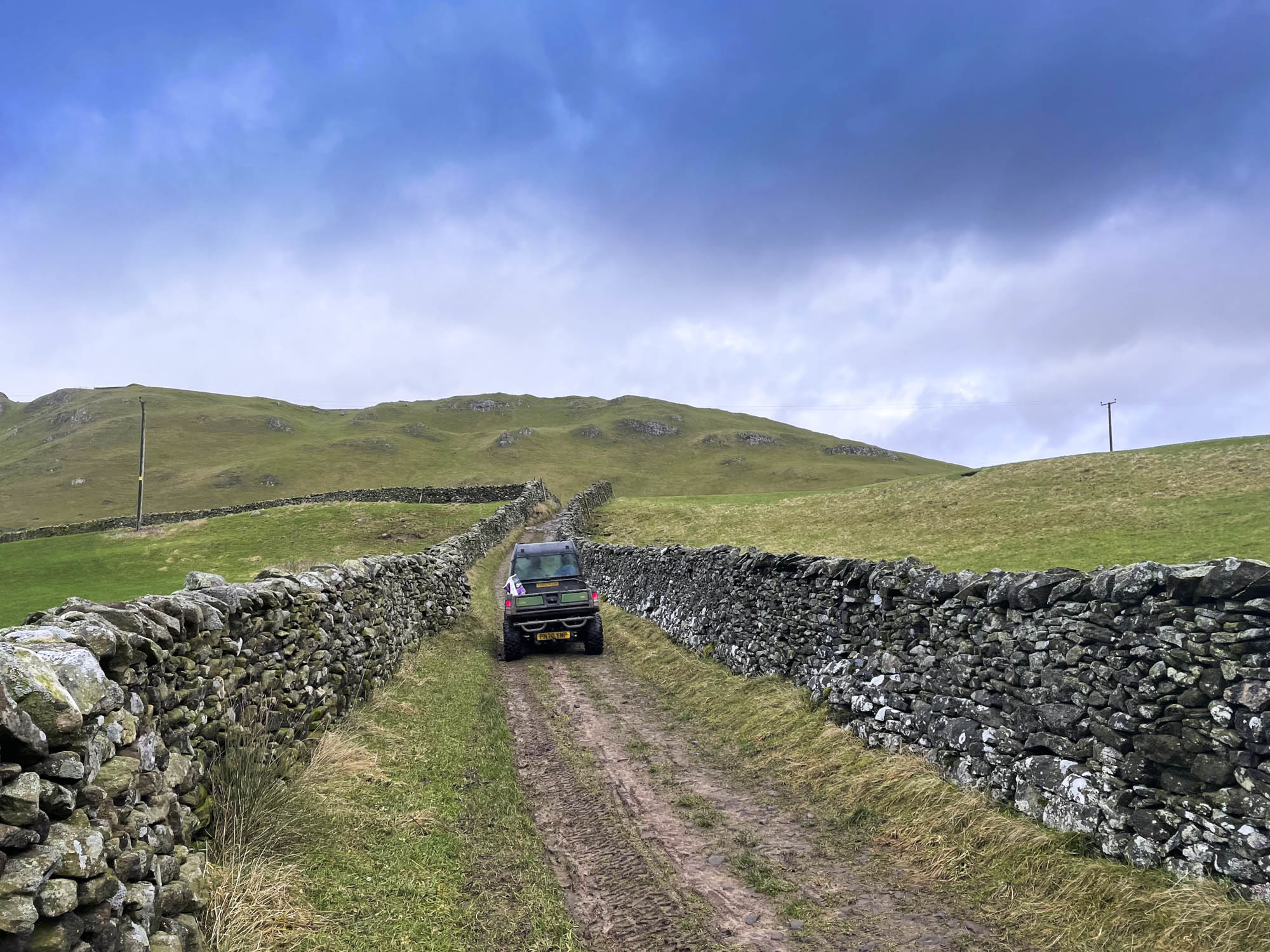
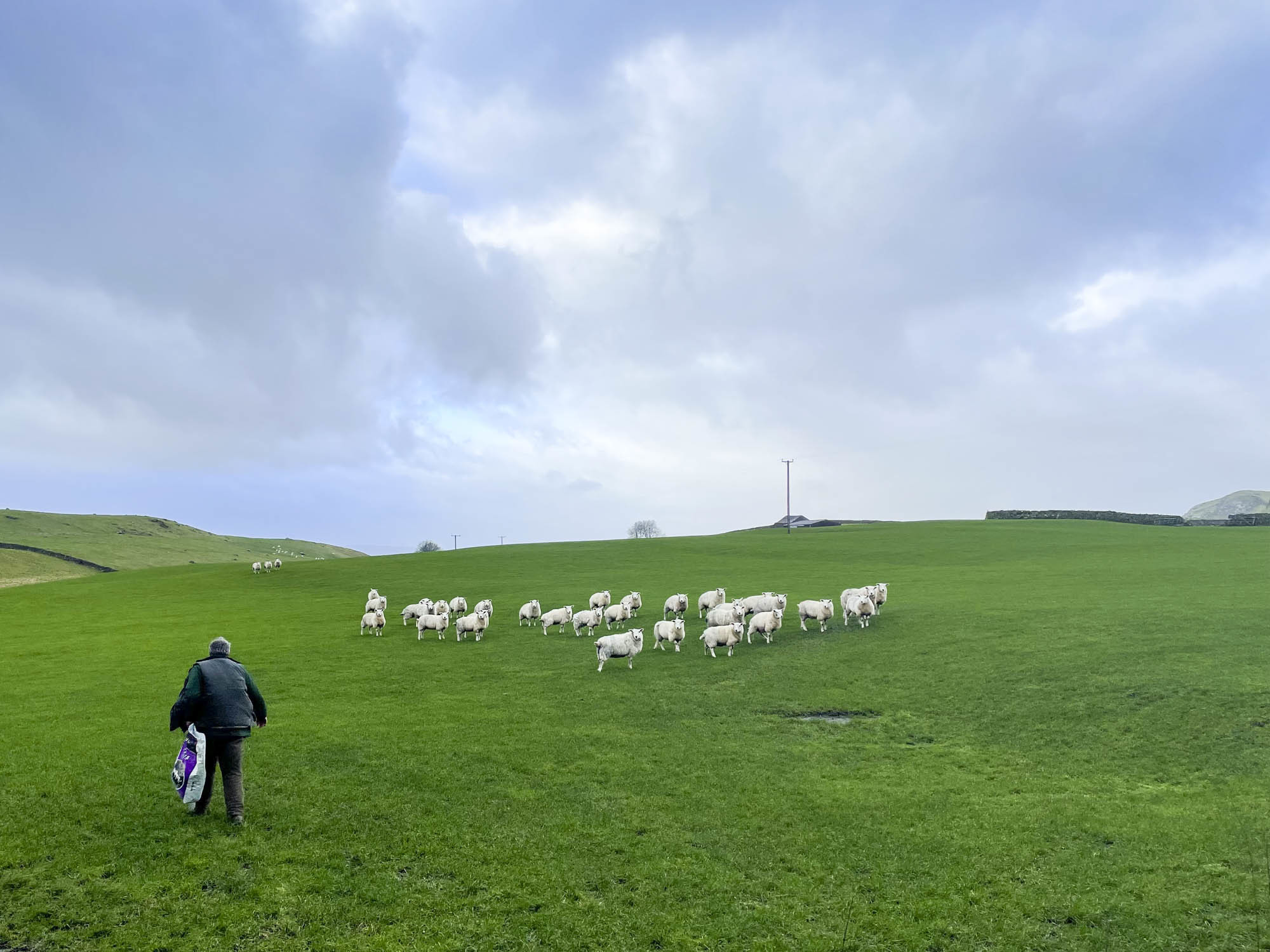
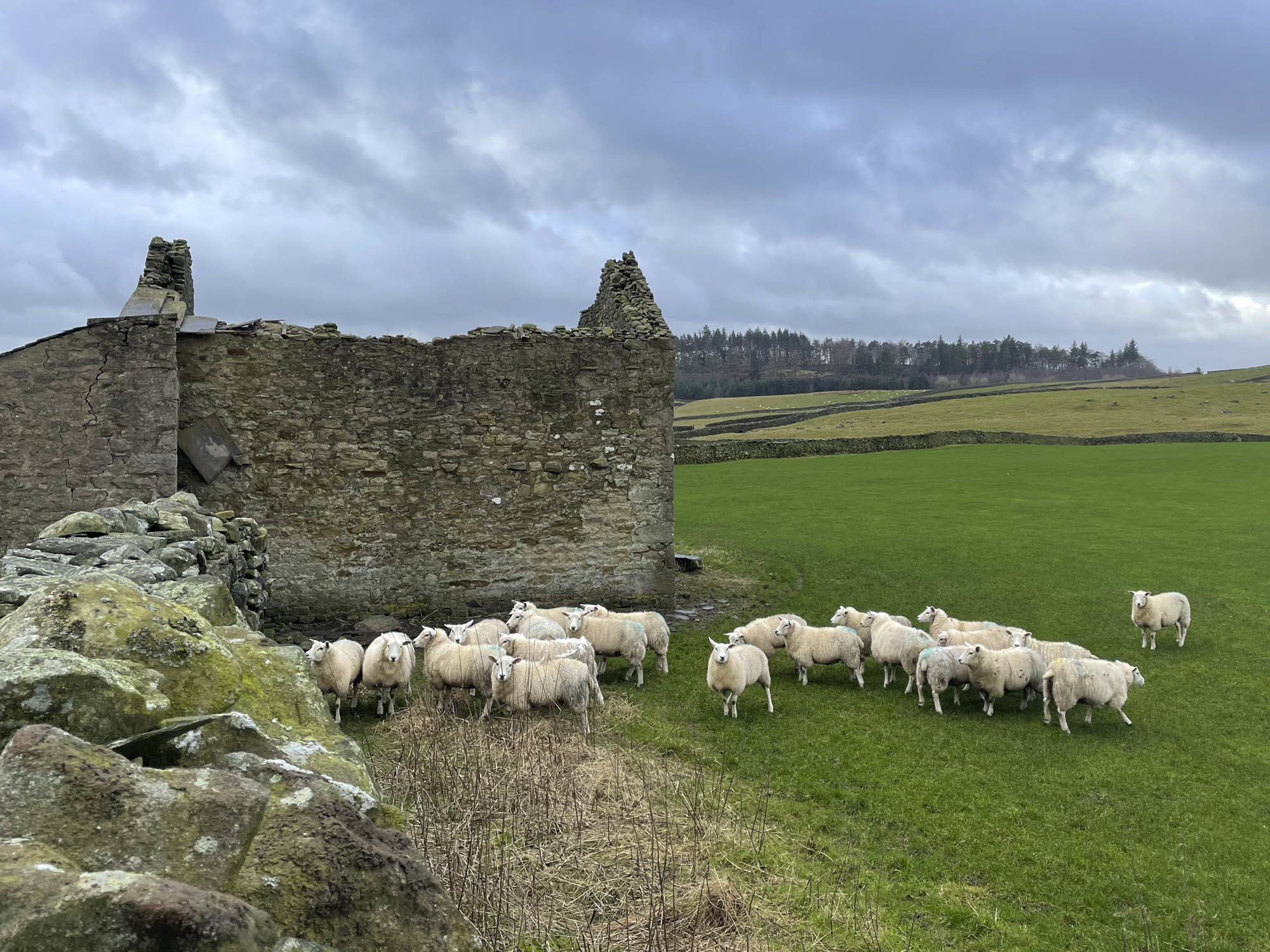
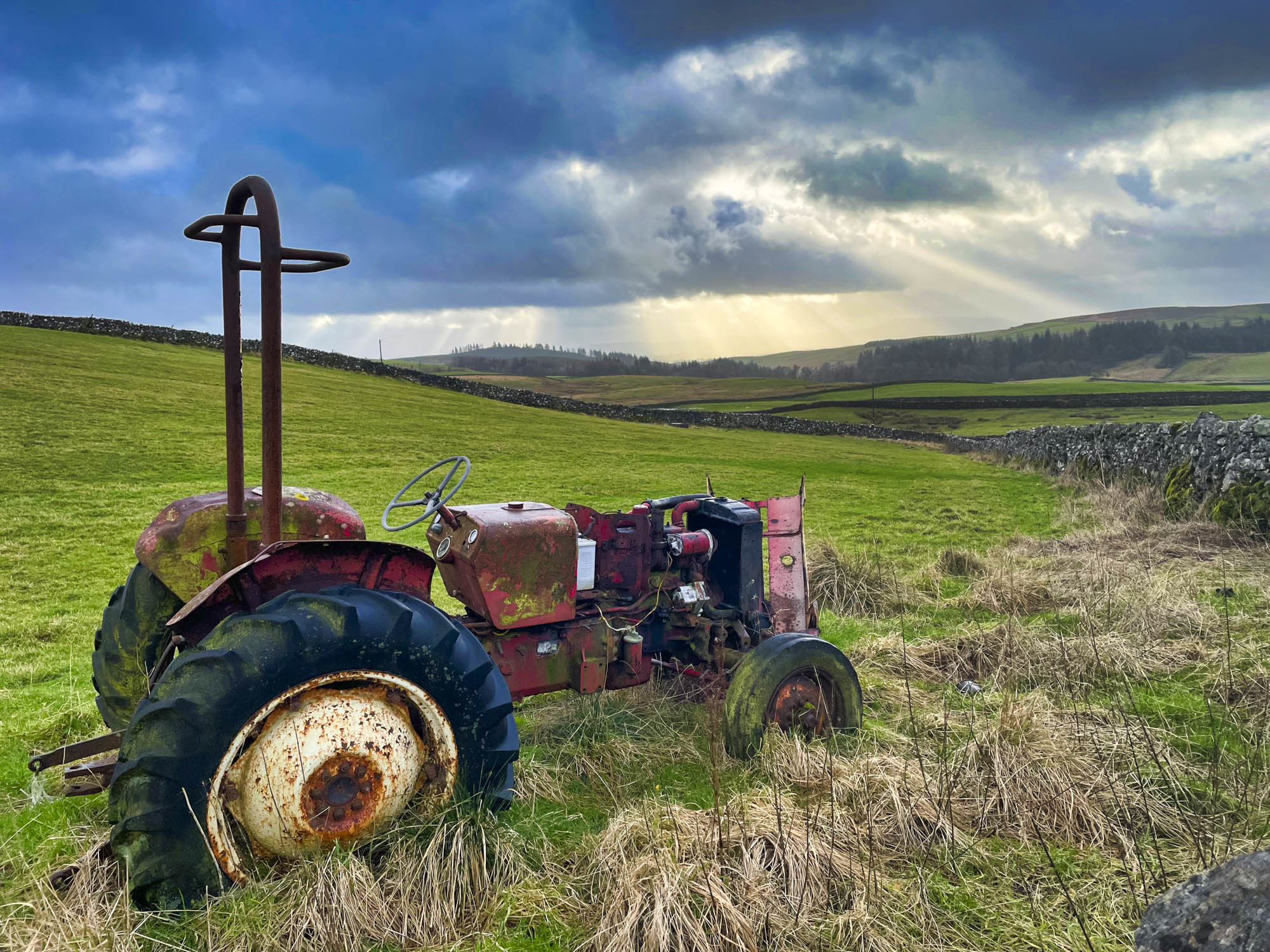
Strange Geometry
Came across this section of metal on the walk up to Victoria Cave. Any ideas?
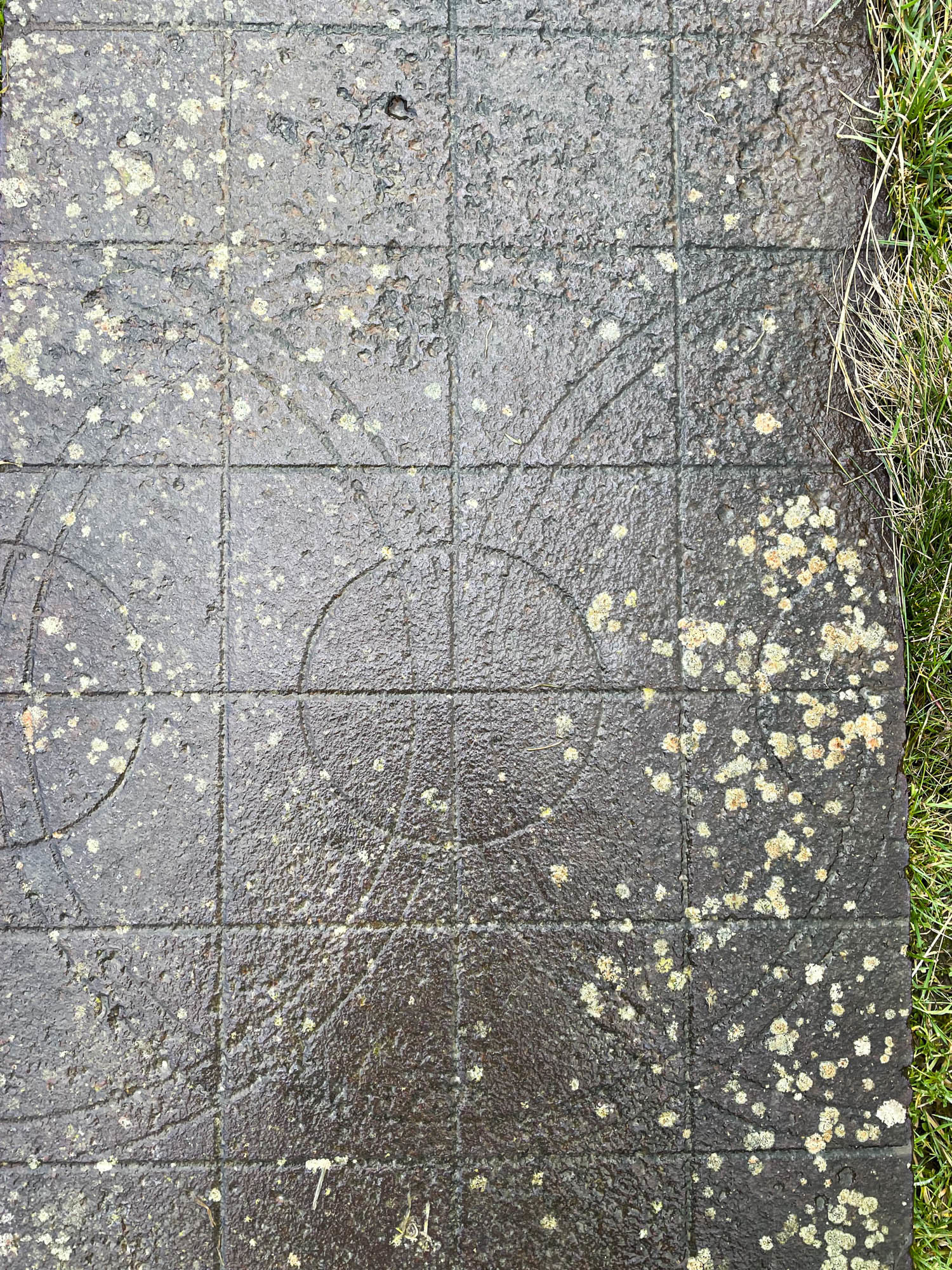
Victoria Cave
Victoria Cave is a sensation. Inside the cave, archaeologists have found the bones of hippo, rhinoceros, and hyena from 130,000 years ago. Other finds include Roman coins and bronze goods indicating that the caves may have been a shrine at some point. Free to access.
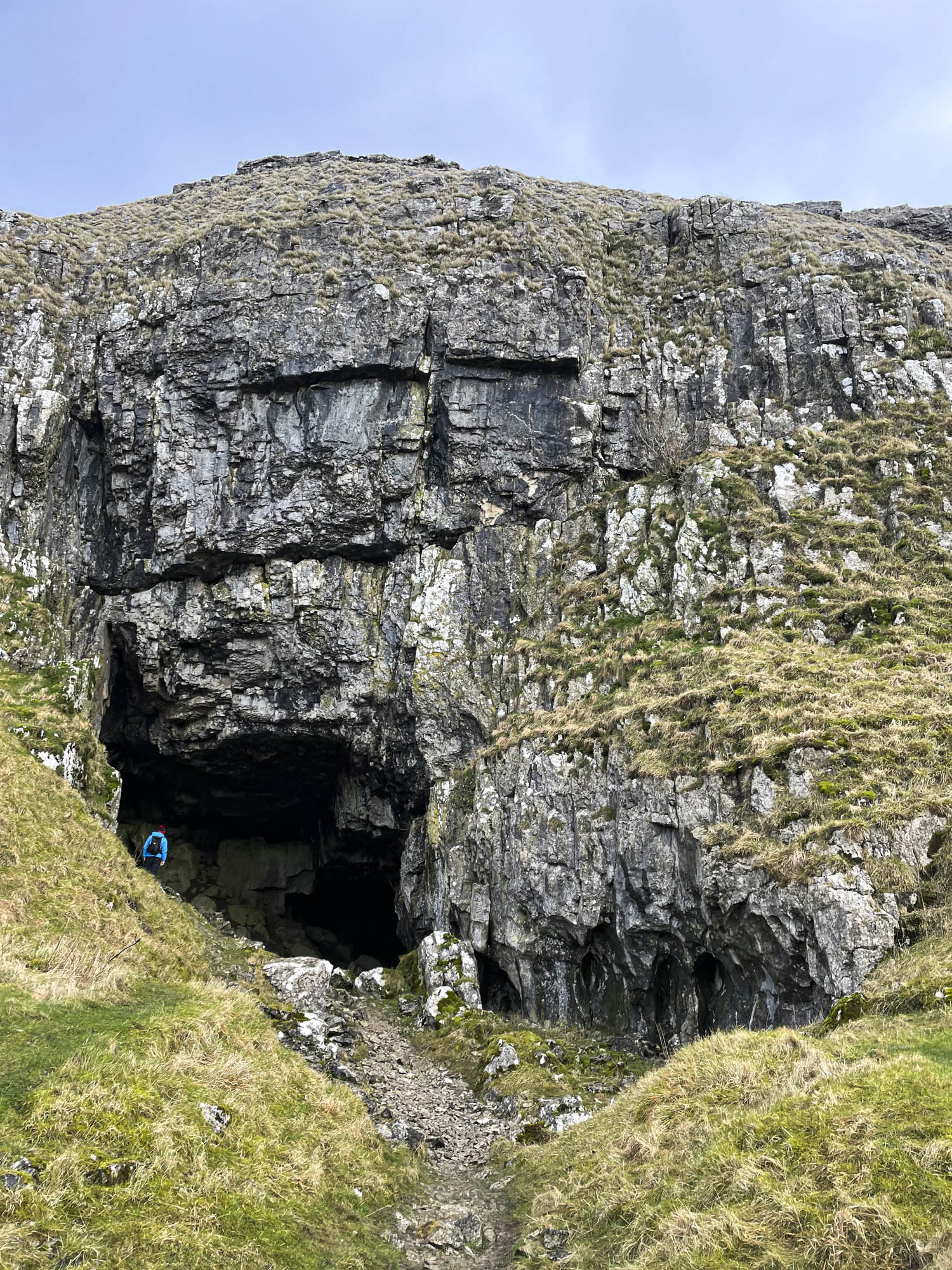
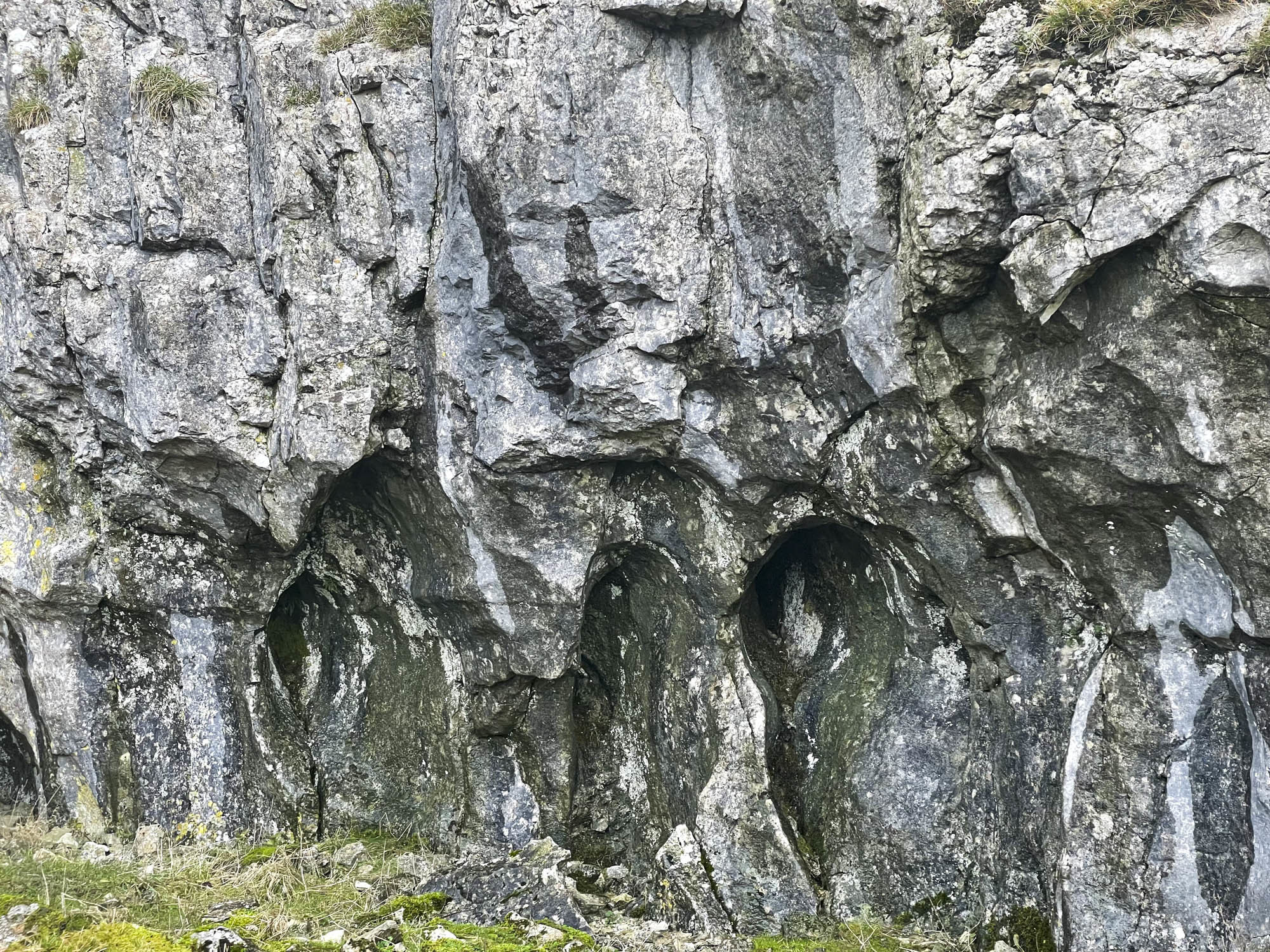
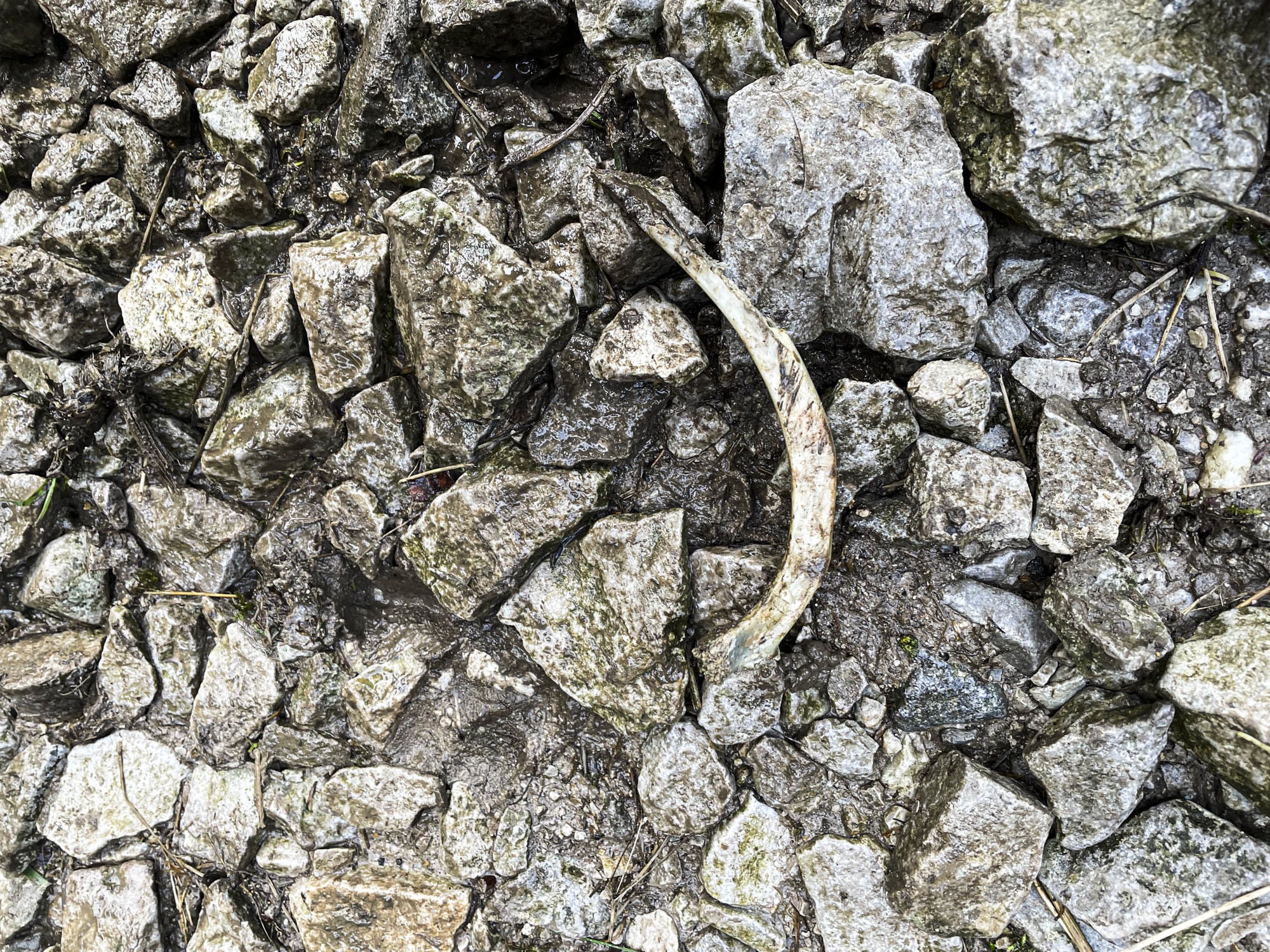
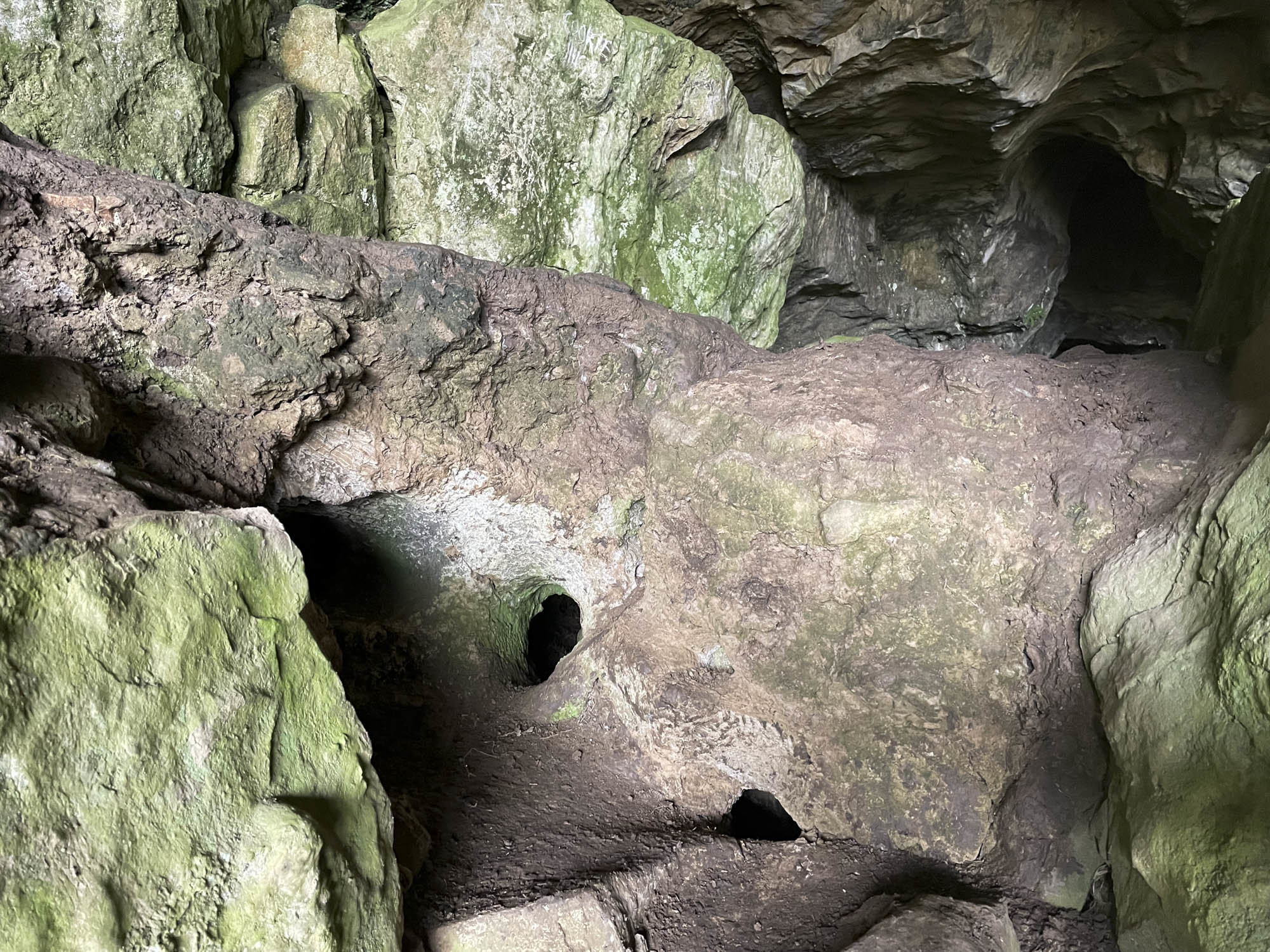
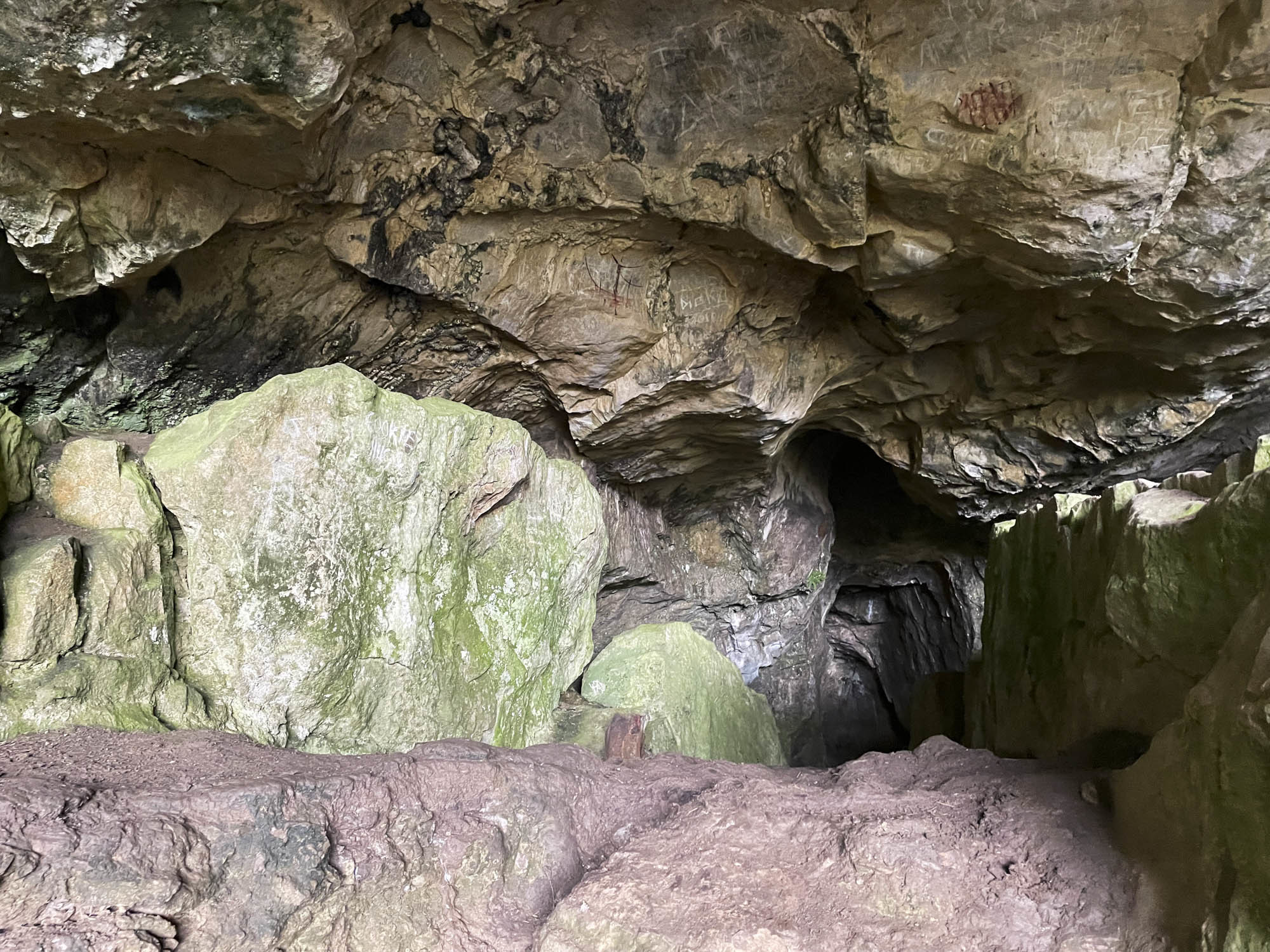
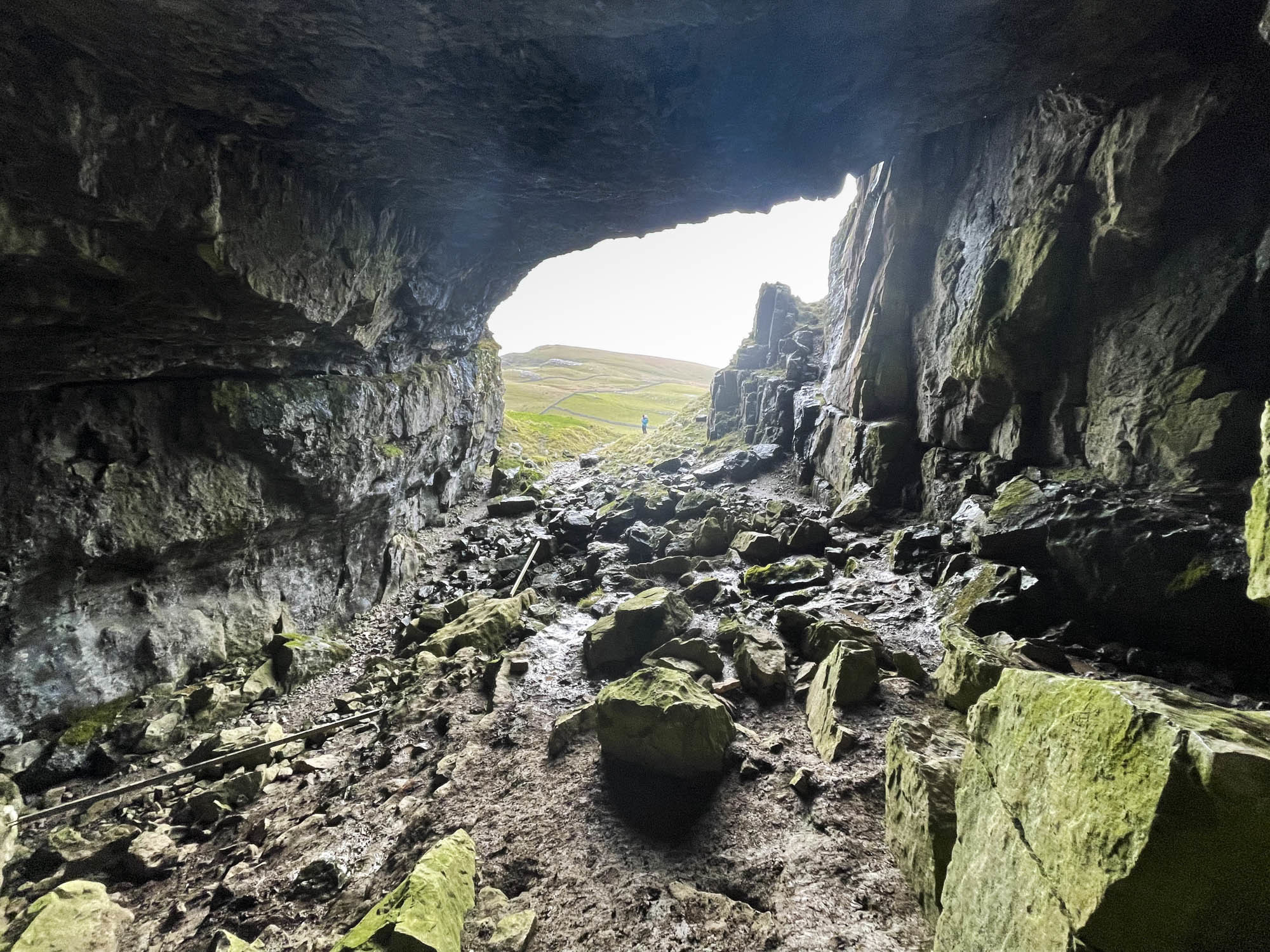
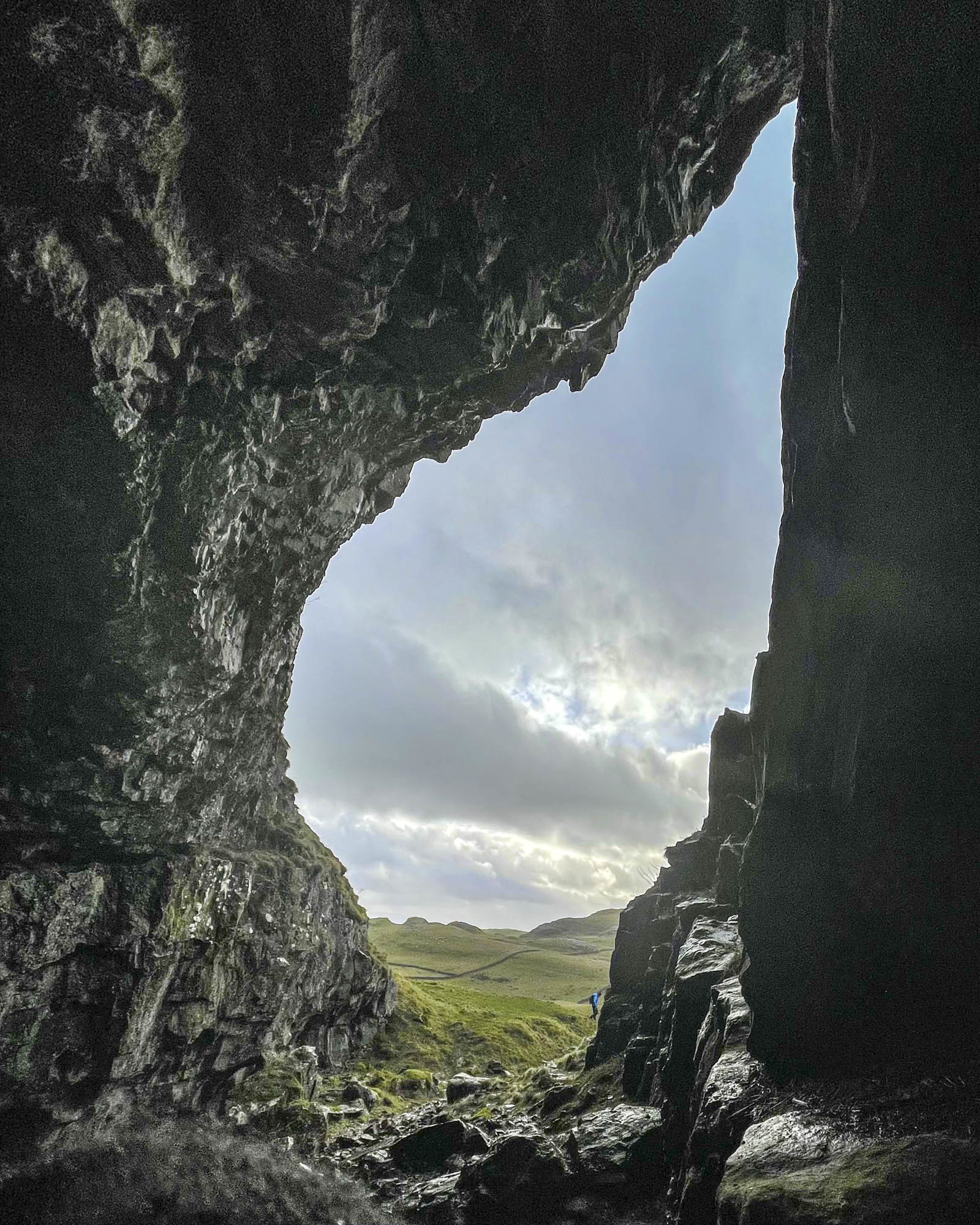
Langcliffe Vernacular
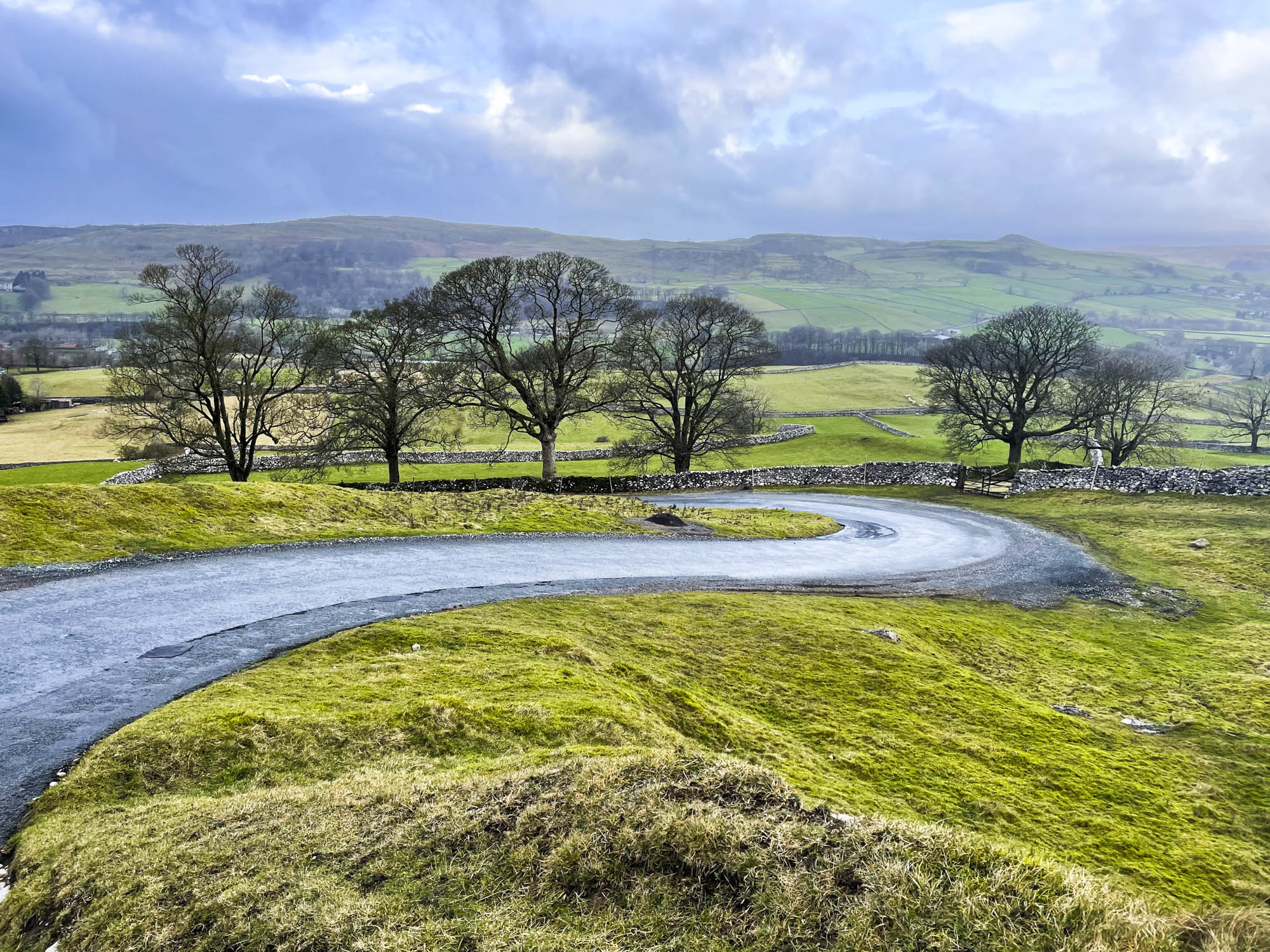
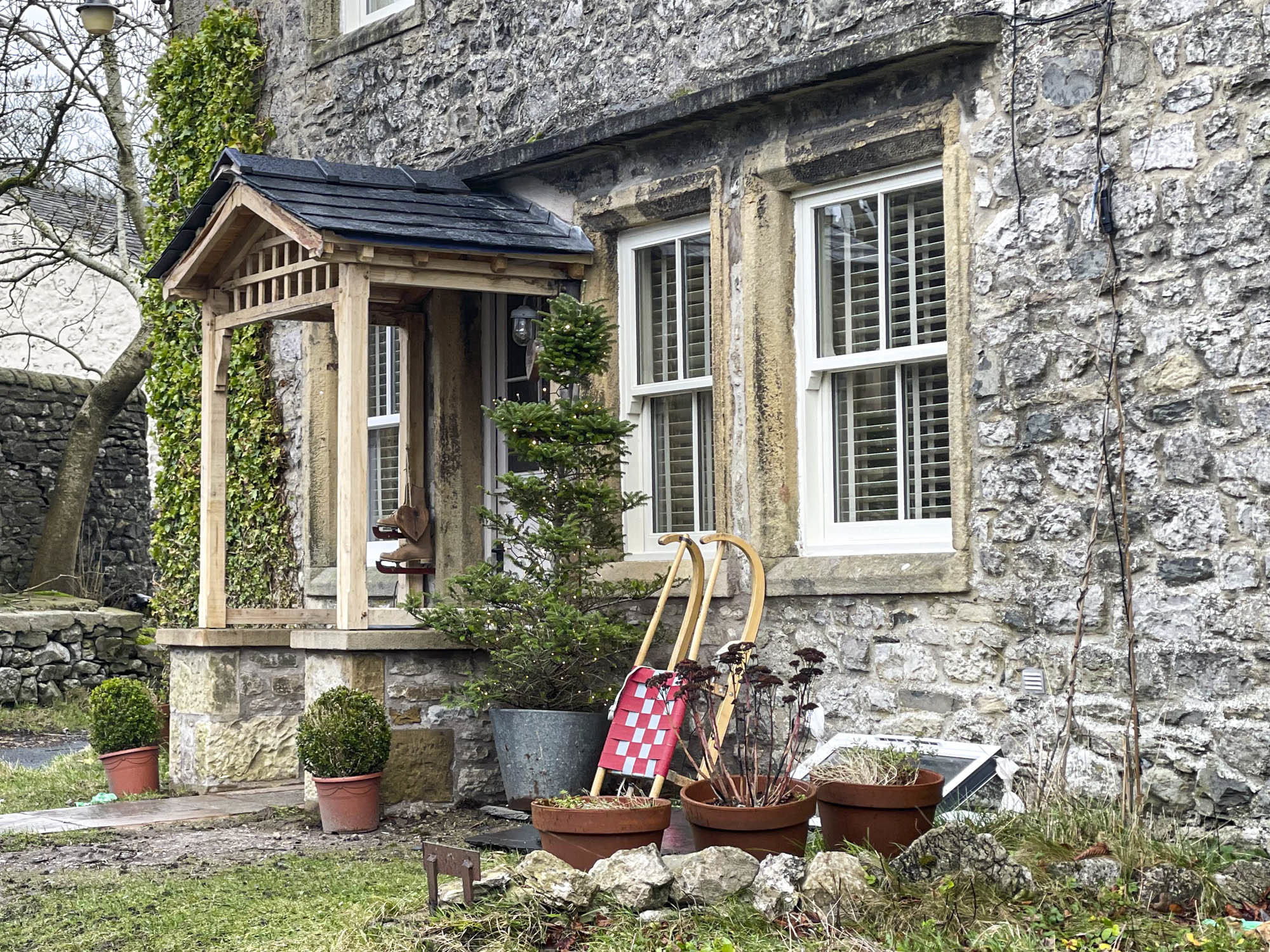
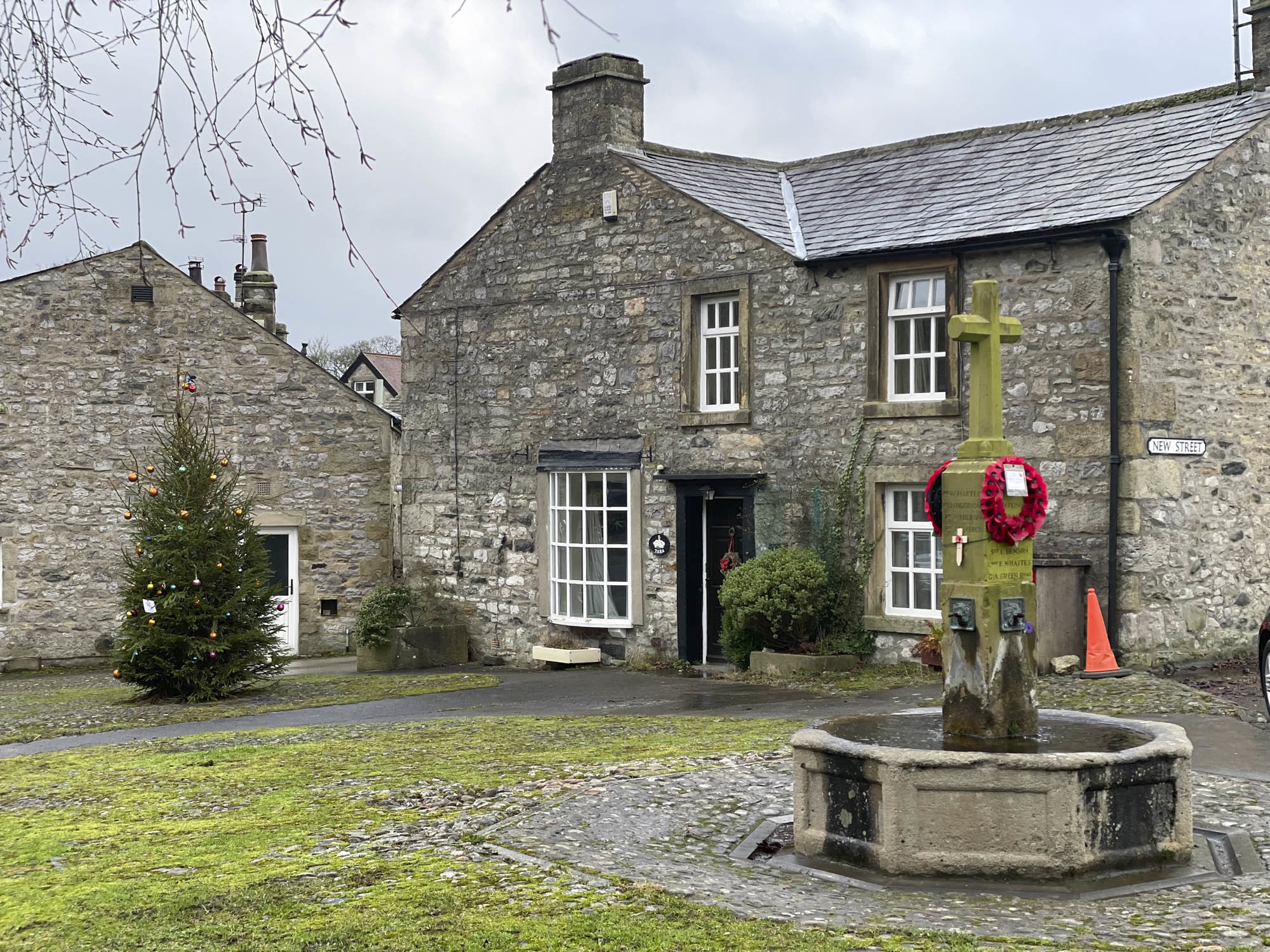
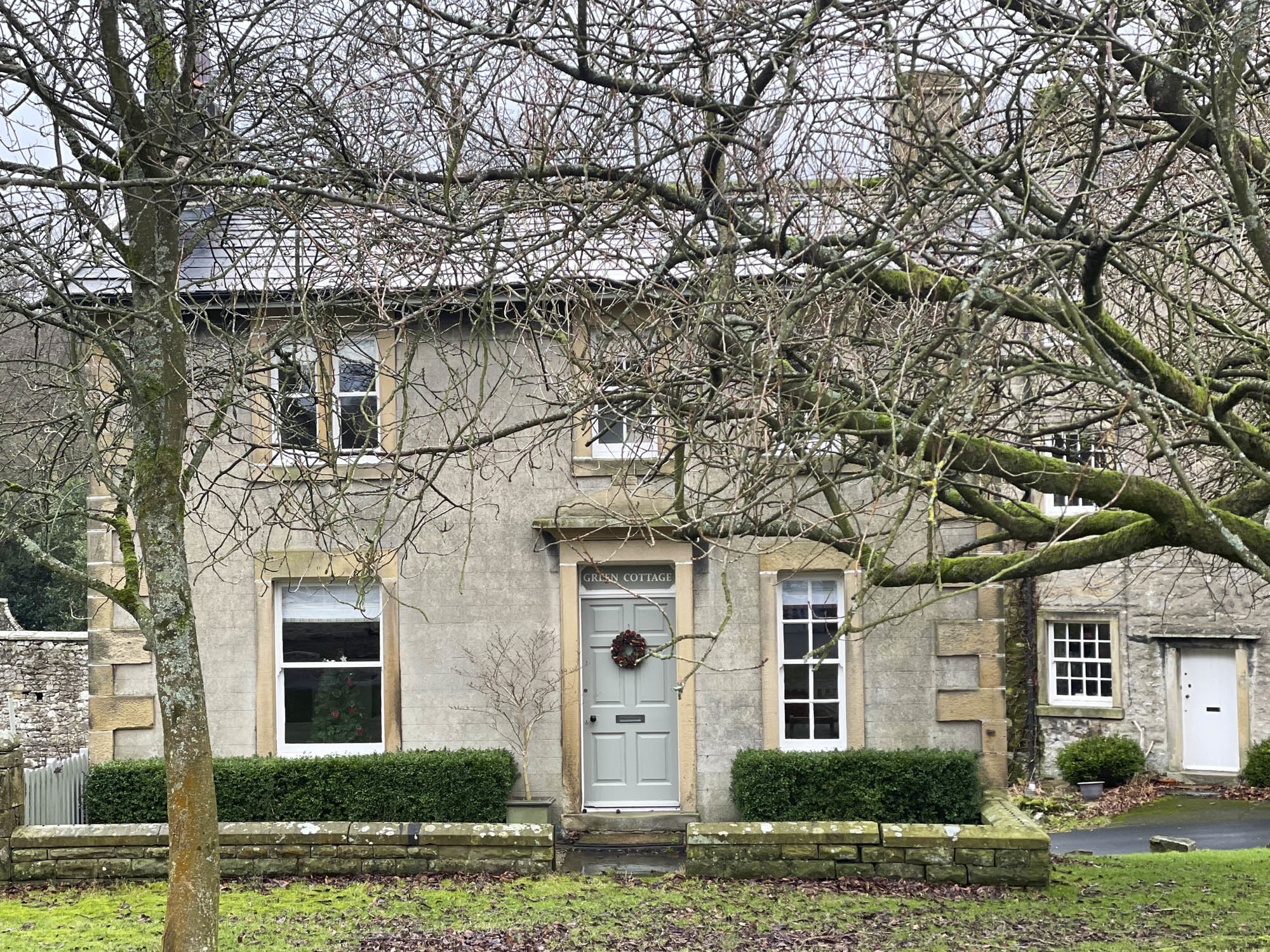
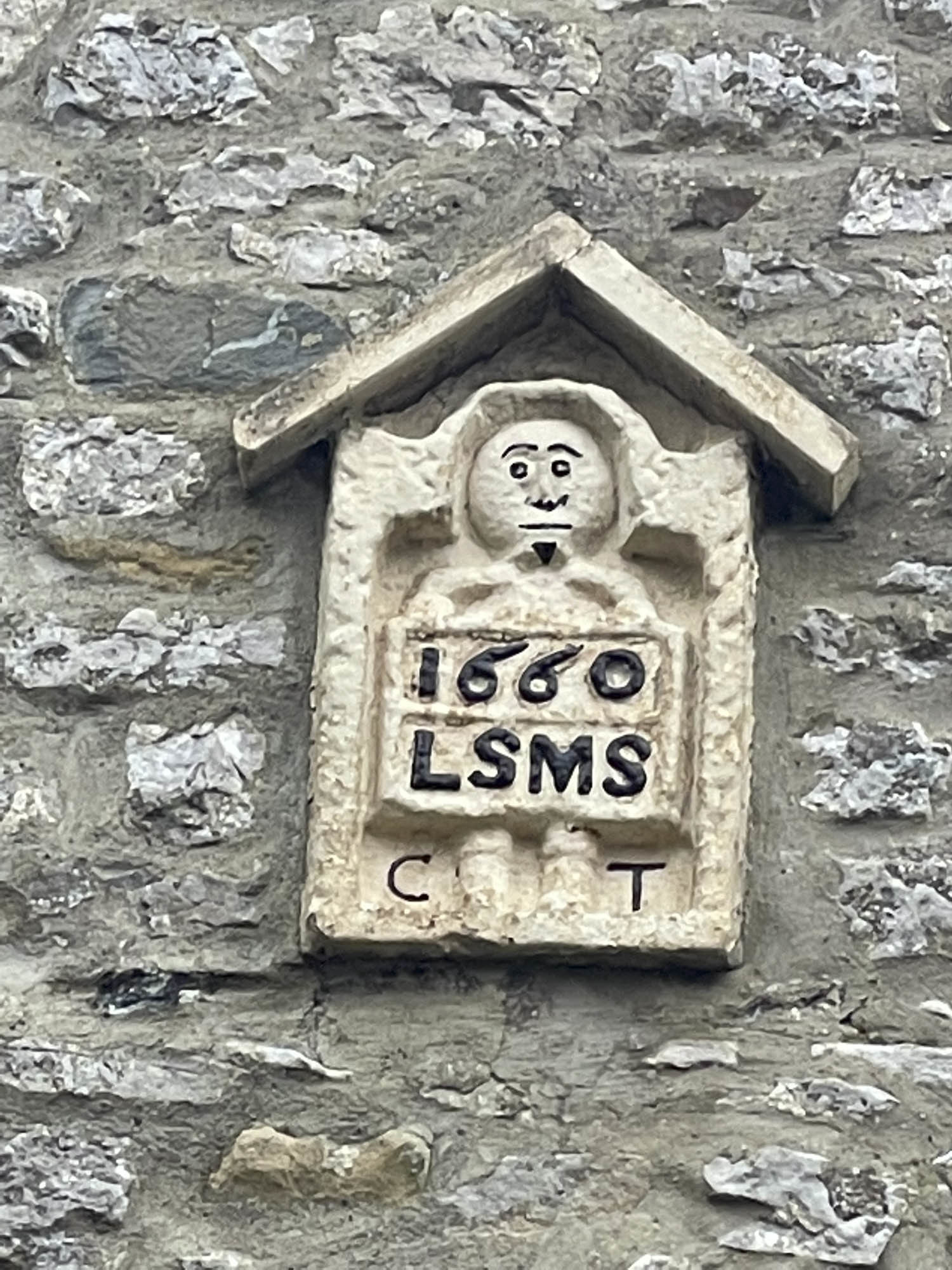
The Golden Lion, Settle
An historic coaching house along Duke Street. Perfect place to stop and dry off clothes and catch a bite to eat. Has a large outdoor area to the rear and a delightful door-head over the exterior entrance to the snug.
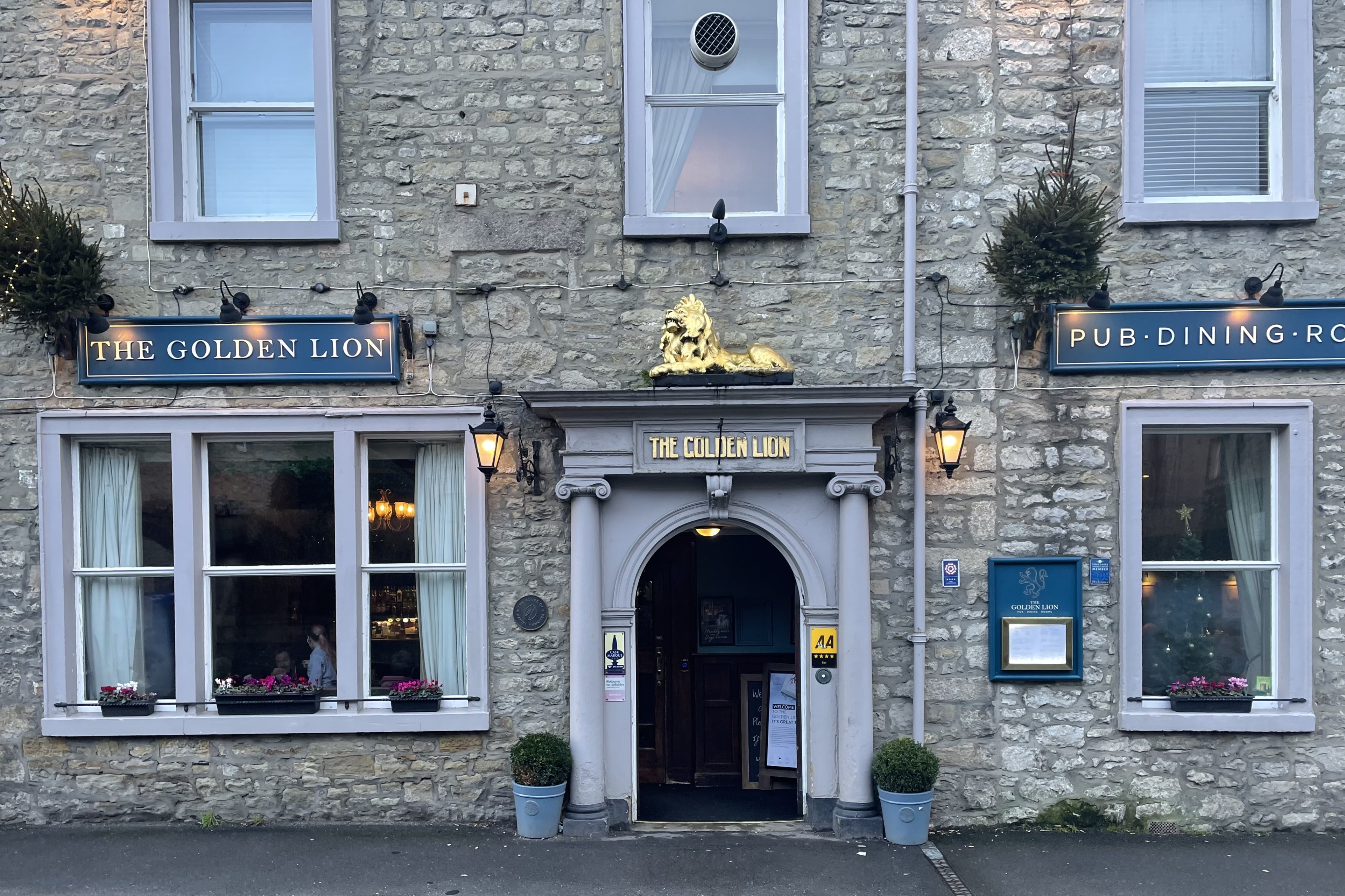
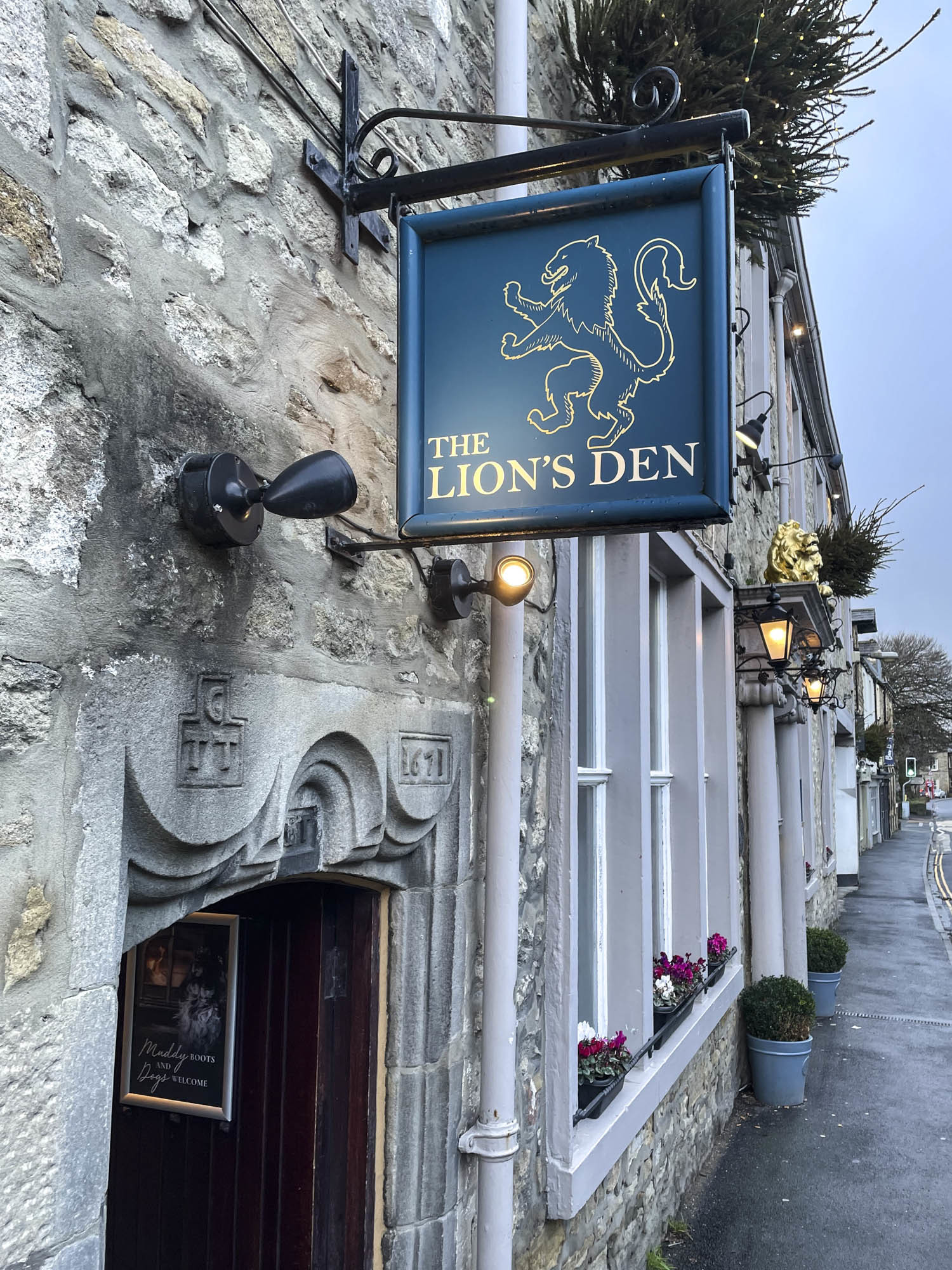
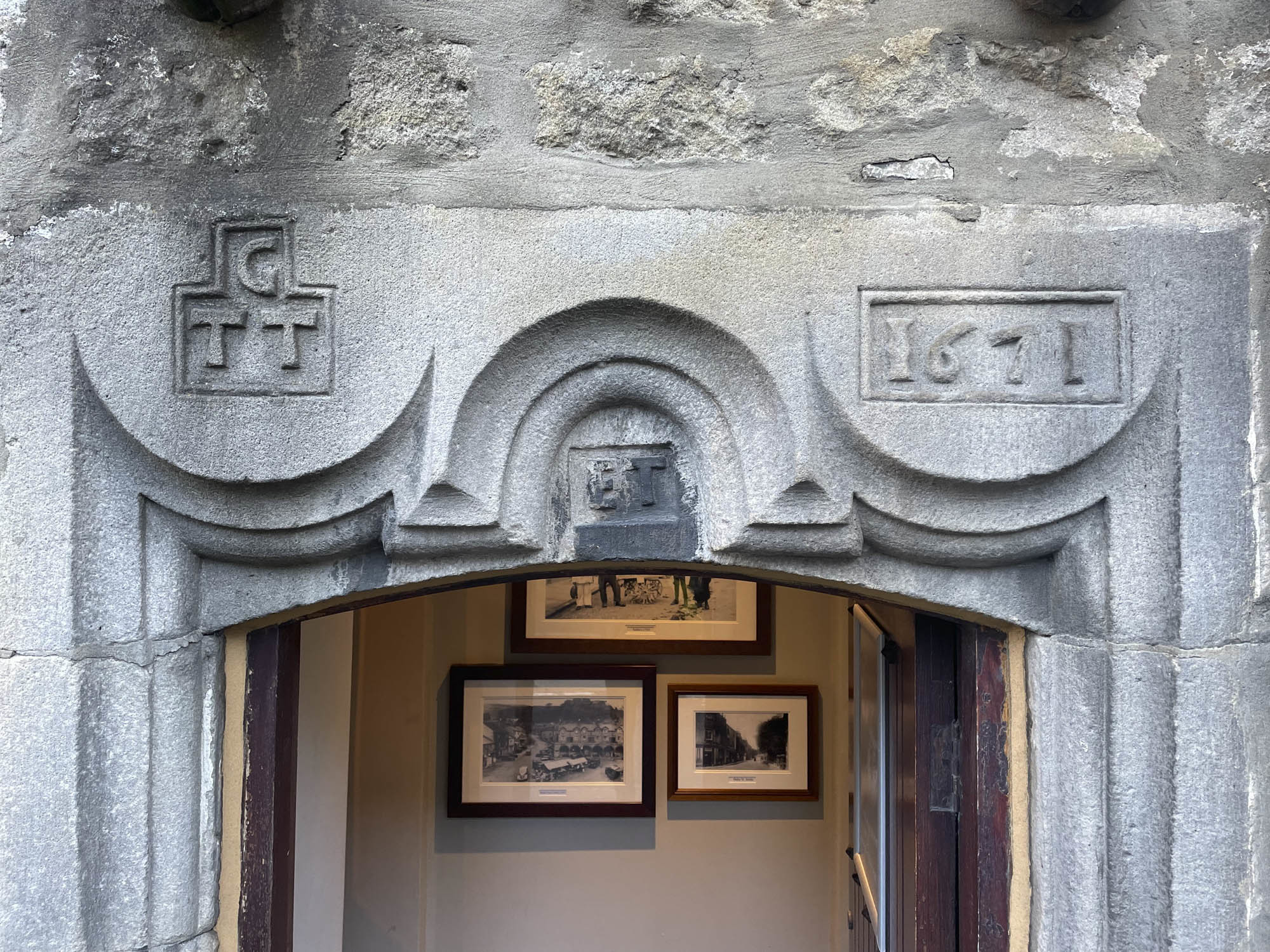
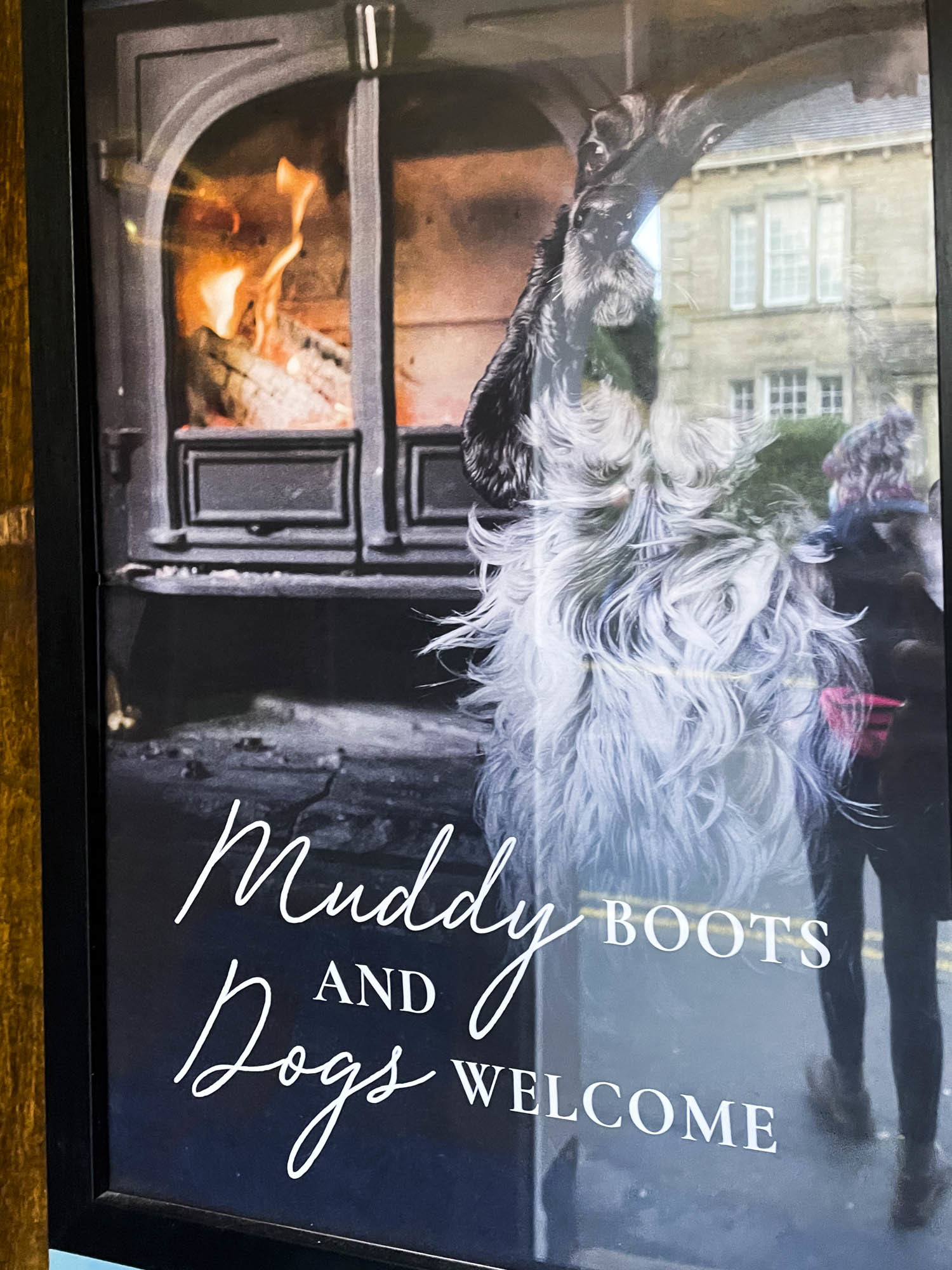
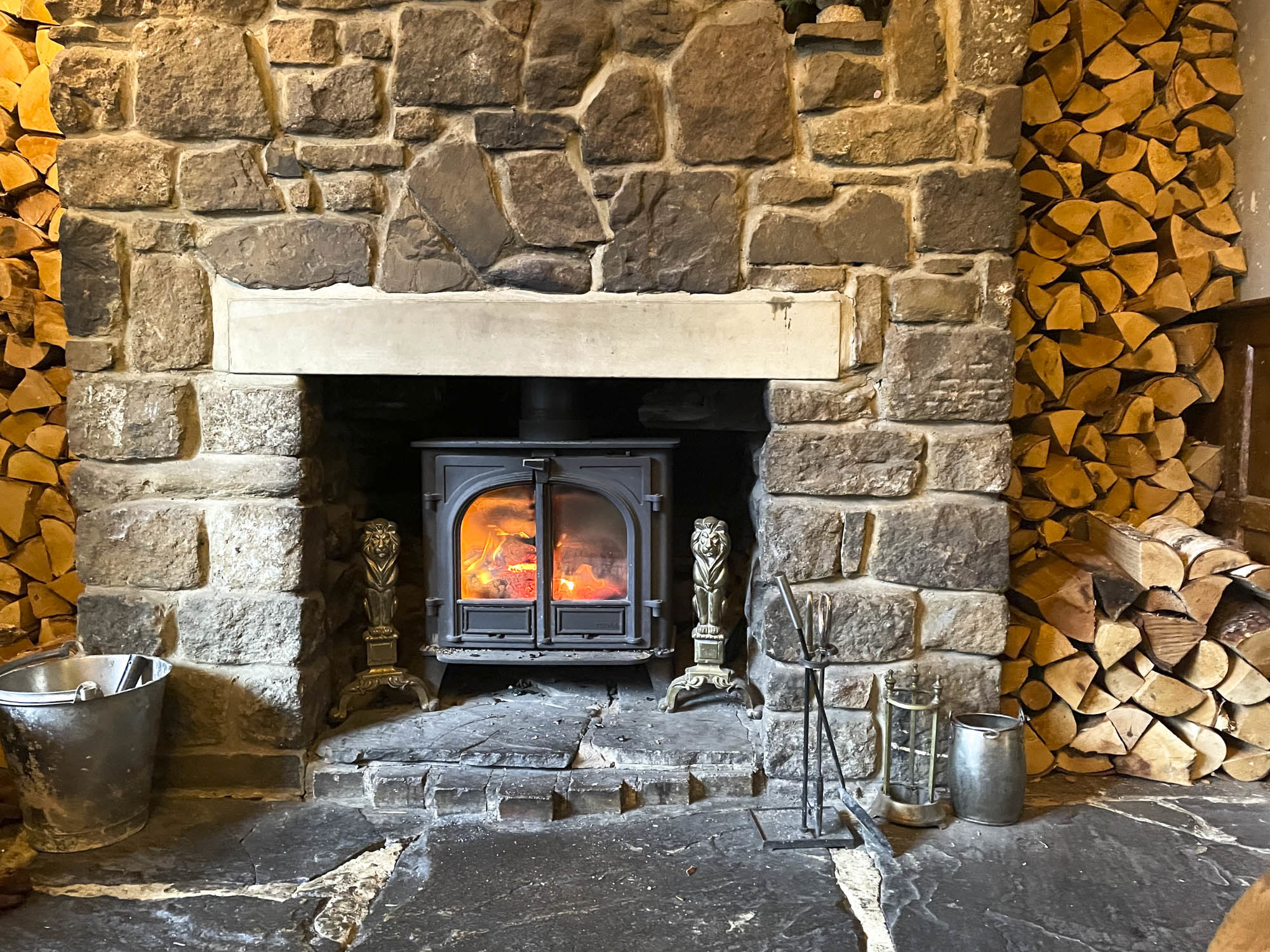
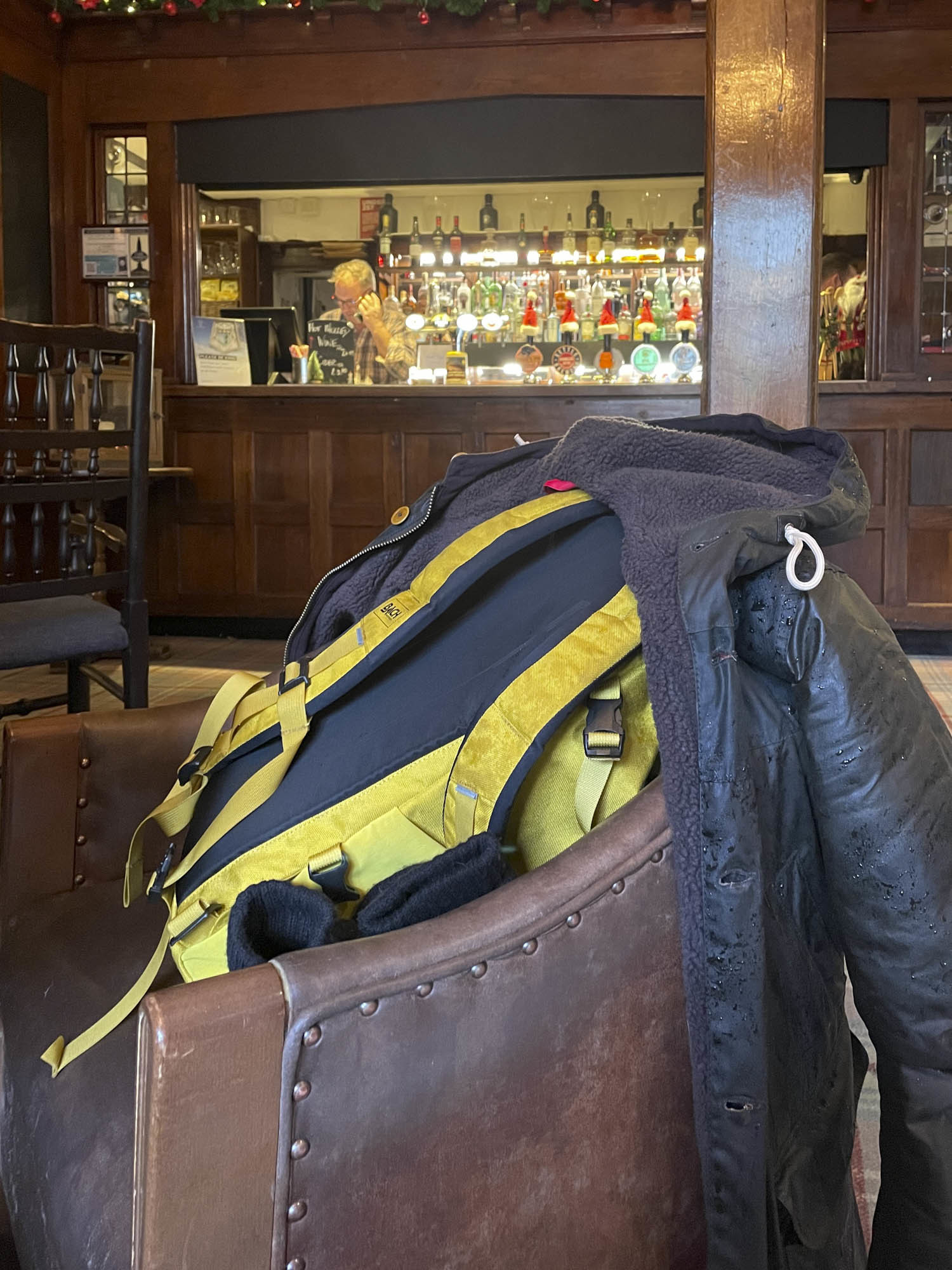
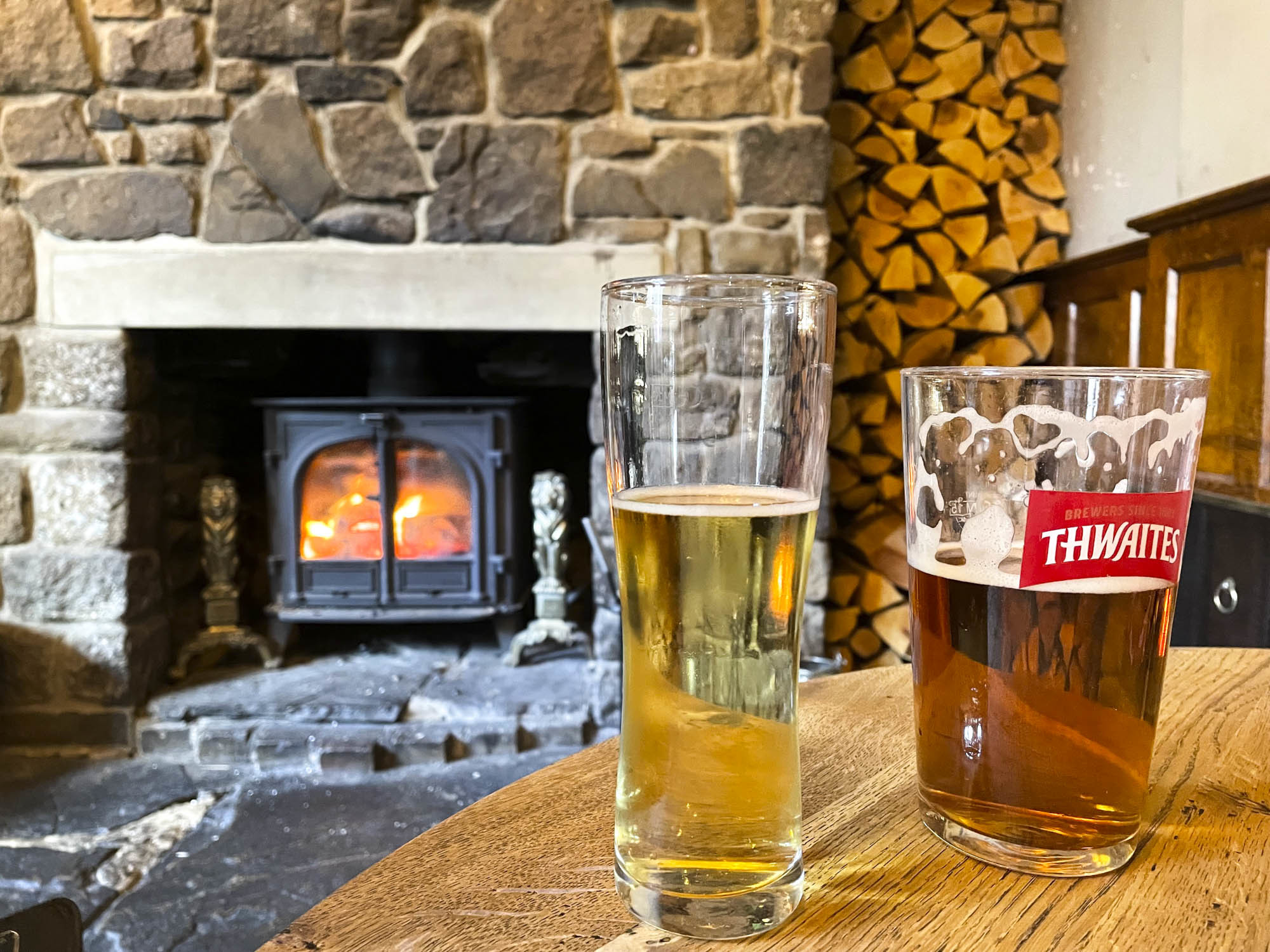
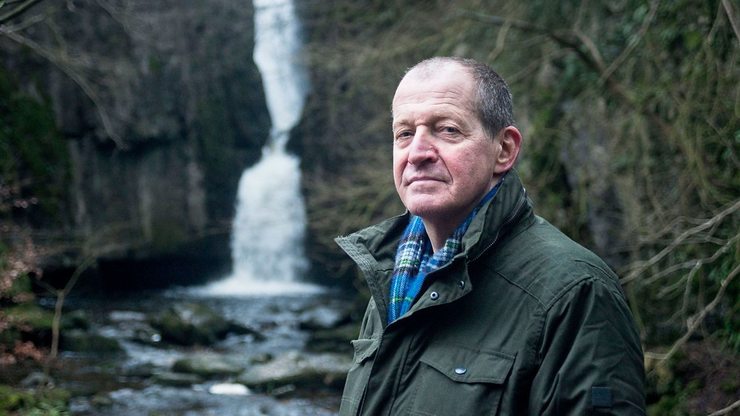
BBC iPlayer - Winter Walks - Series 2: 2. Alastair Campbell
Alastair Campbell walks much of the route we took in this series on BBC iPlayer. (look out for the old tractor)
Vanlife
The Christmas decs are down and Woody is looking spick and span. He's going in to the garage soon to have the rear door repaired after a slate hit the back - but he's been spotted out in the wilds of Wales this week on a very special journey. More of that next week...
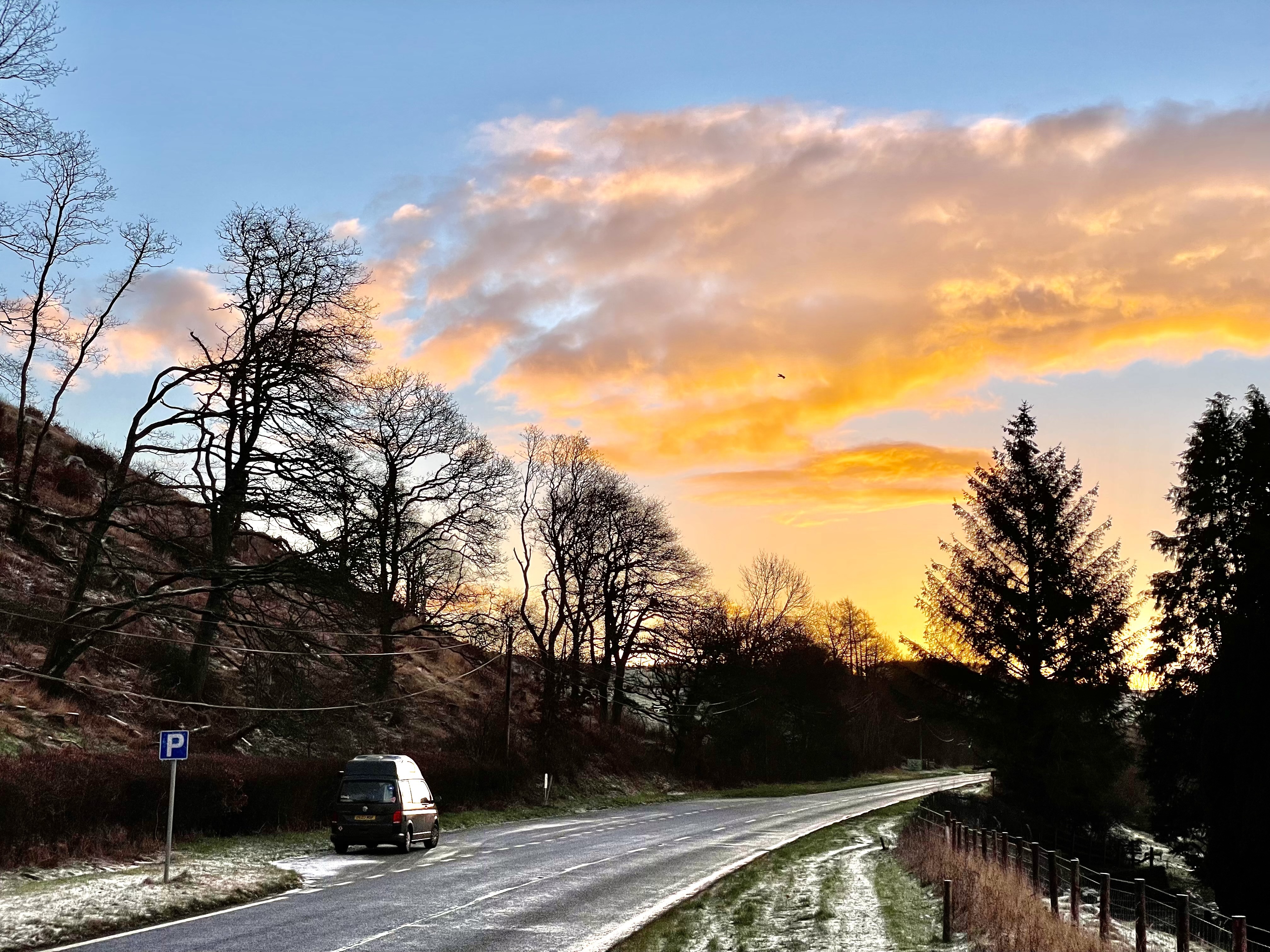
V'Envy
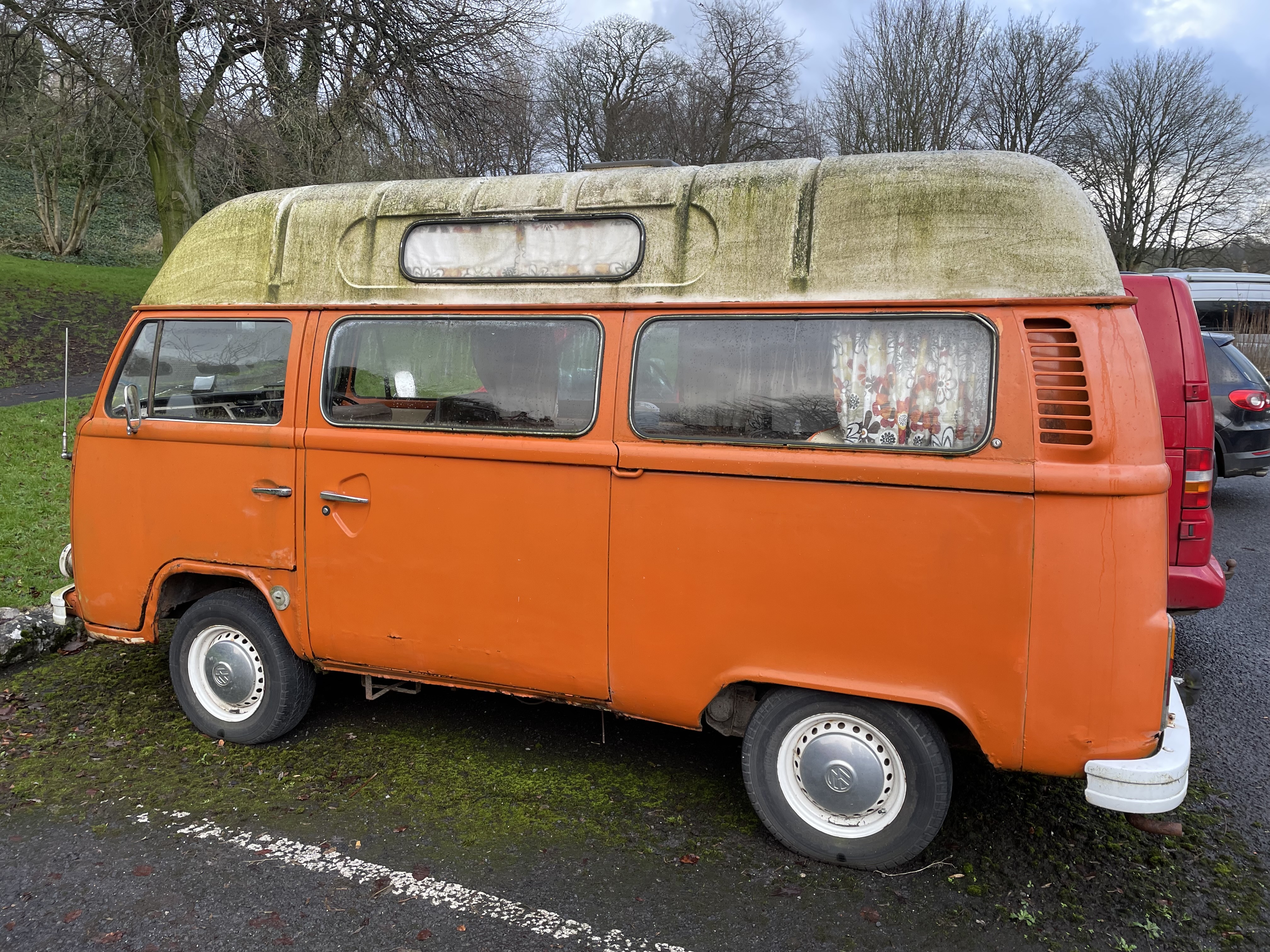
On My Coffee Table
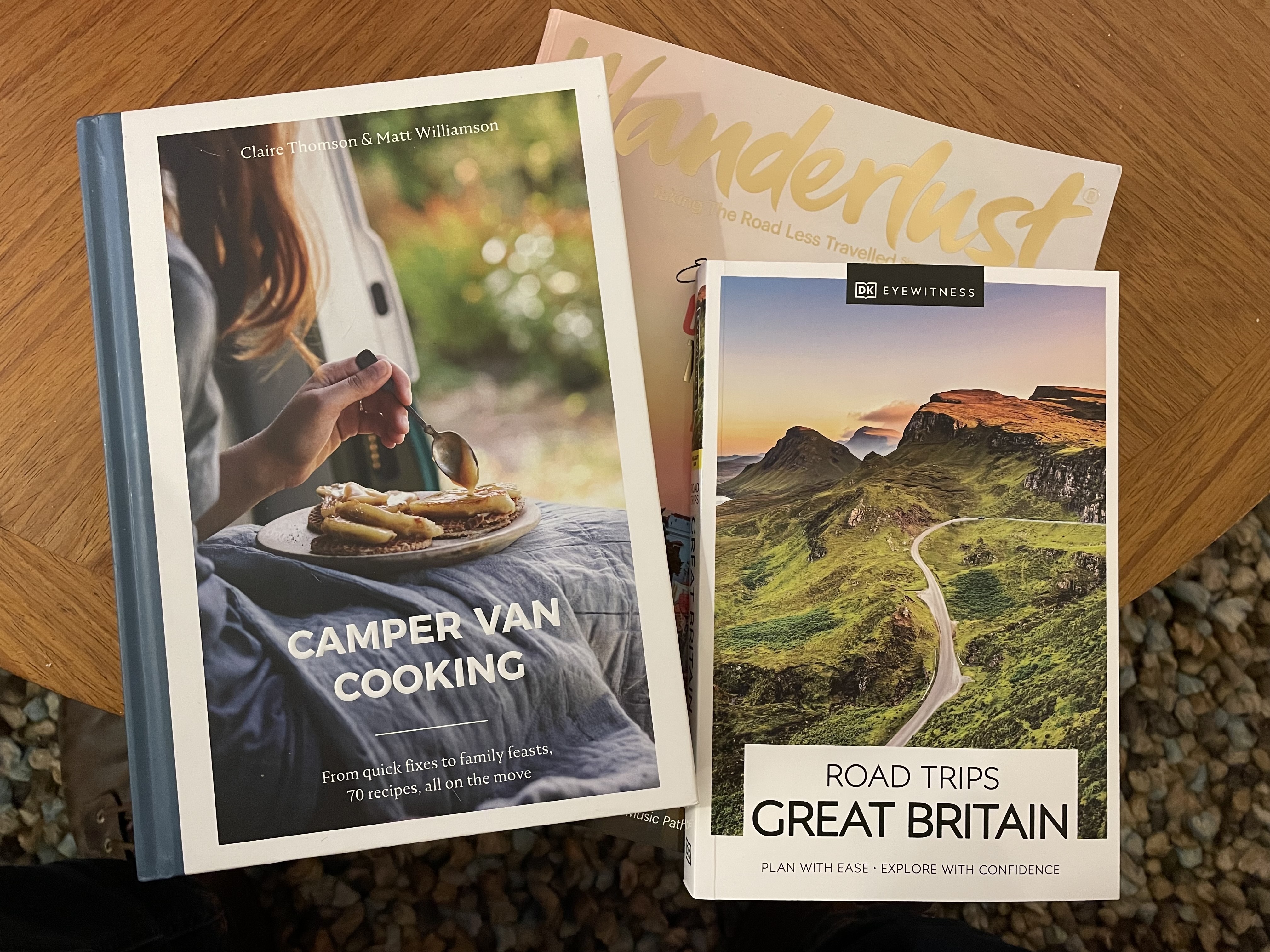
Camper Van Cooking: Claire Thomson & Matt Williamson
A fresh perspective on camper van food - we're talking frying pan calzone, Spanish tortilla sandwiches and hot cross buns - delightfully photographed and illustrated. Highly recommended.
Road Trips: Great Britain: DK Eyewitness
This is a seriously good book - researched to the last inch, with routes that I've never even thought of. I'm going to take this along with me in the van and take a detour or two from my photo shoots.
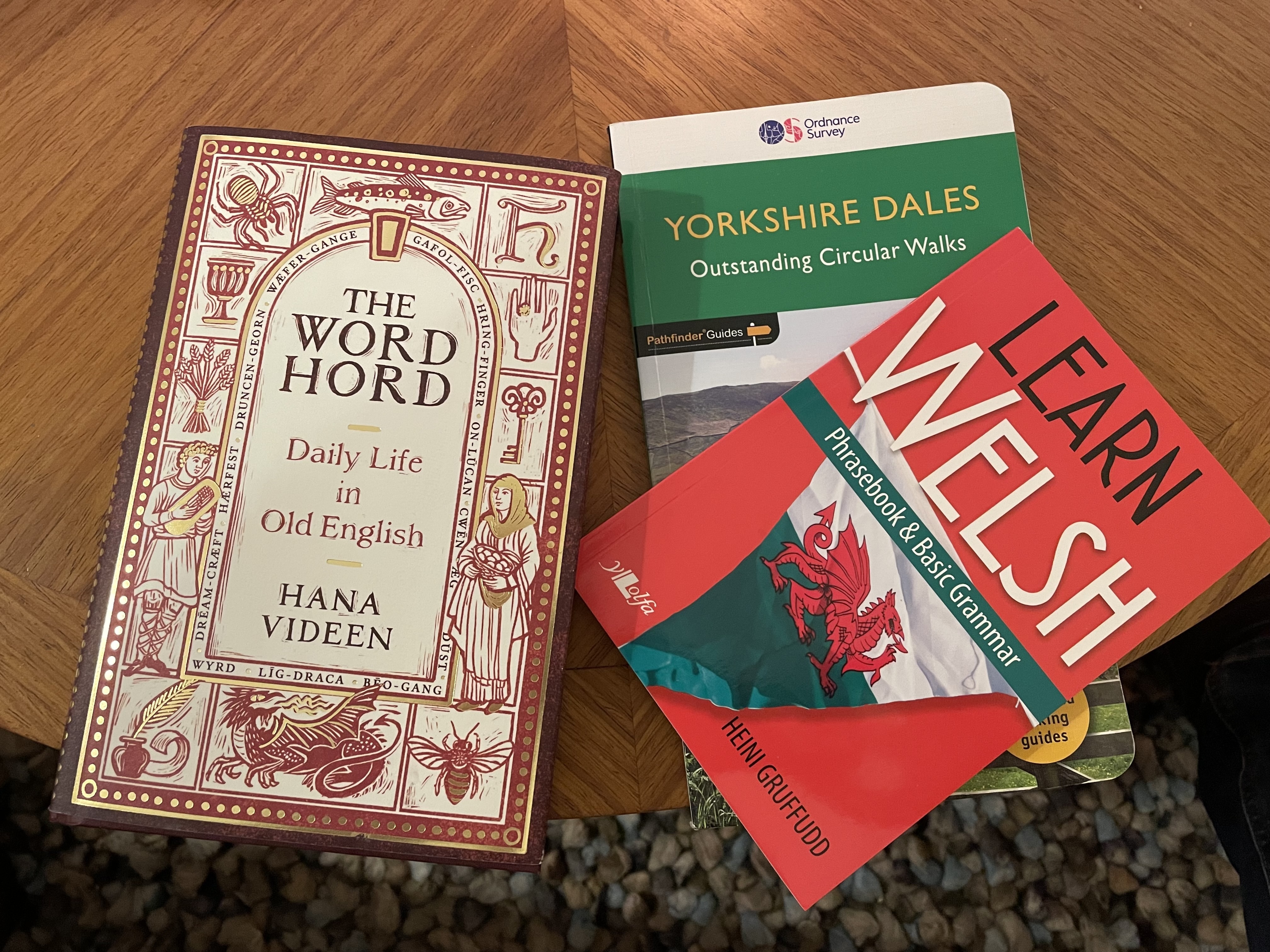
Wordhord: Daily Life in Old English: Hana Videen
Taking a deep dive into Old English - it helps shape my understanding of our own words and of where our places come from. Is wondering if our word for Hall came from the old English word Hal - which means whole, safe, sound, secure?
The word wassail comes from the old English greeting Wes Hal - Be Well
From The Charo's
From the introduction: "One good photograph is worth ten pages of text."
Bought in a charity shop in Sandwich.
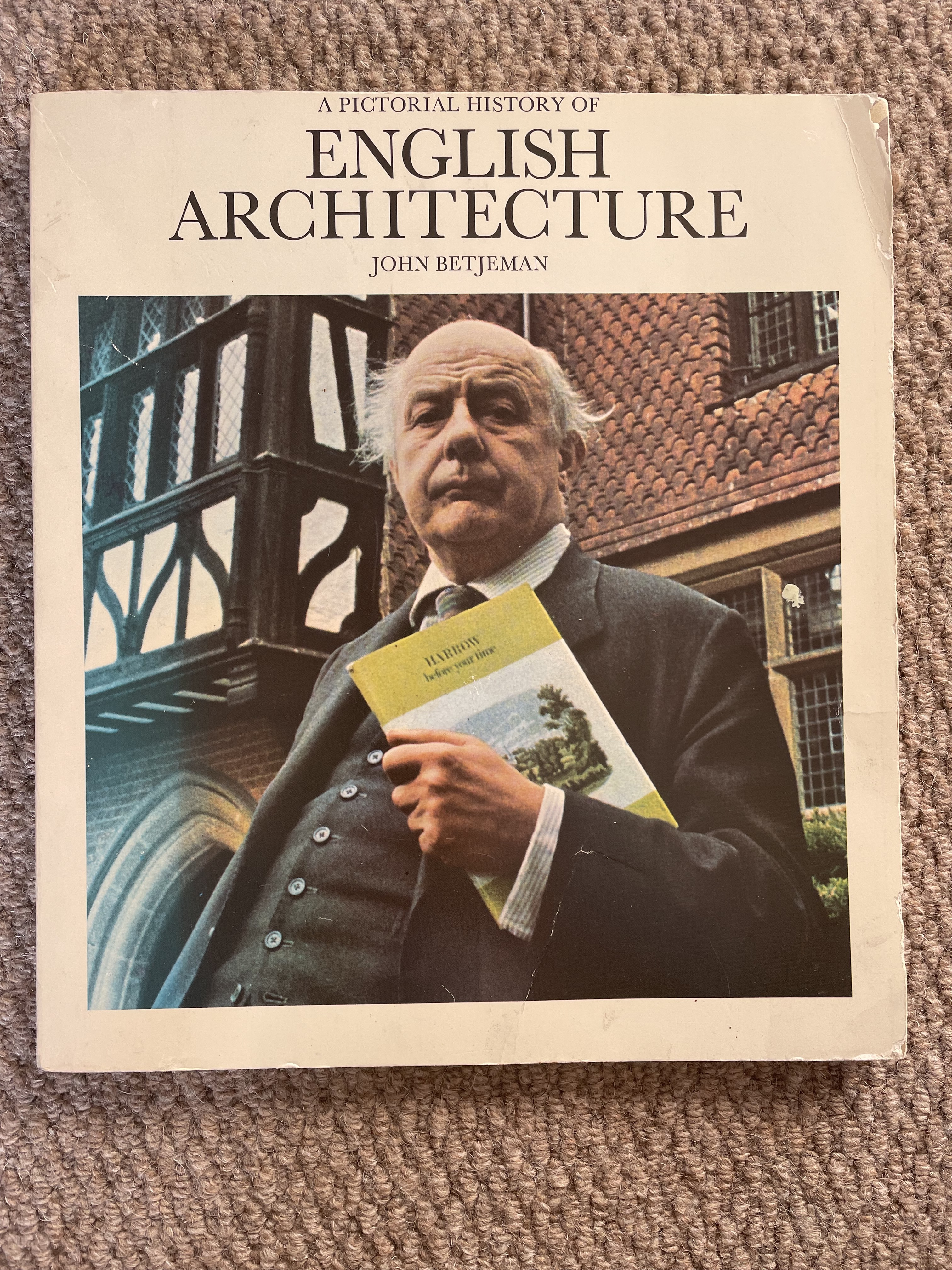
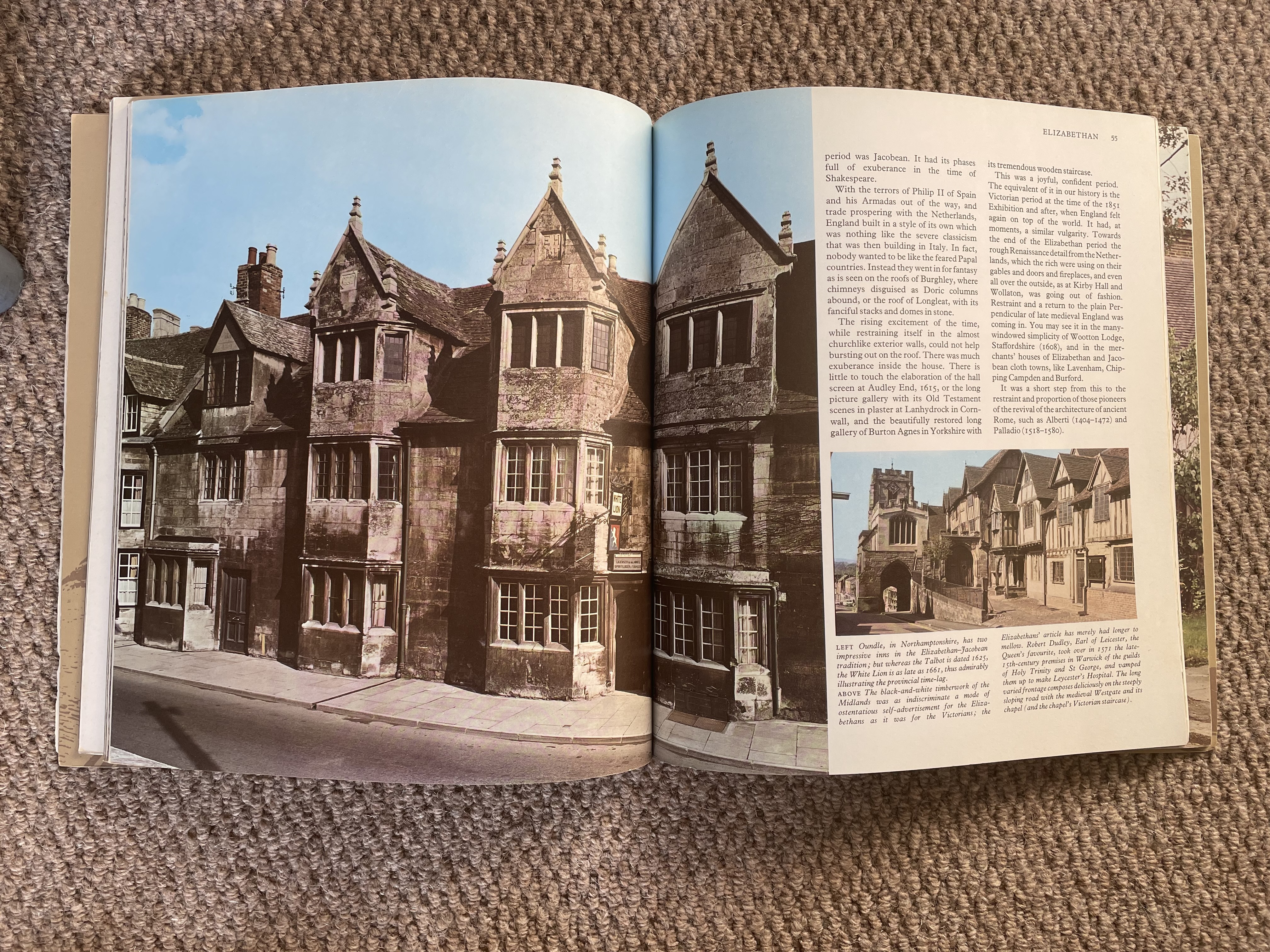
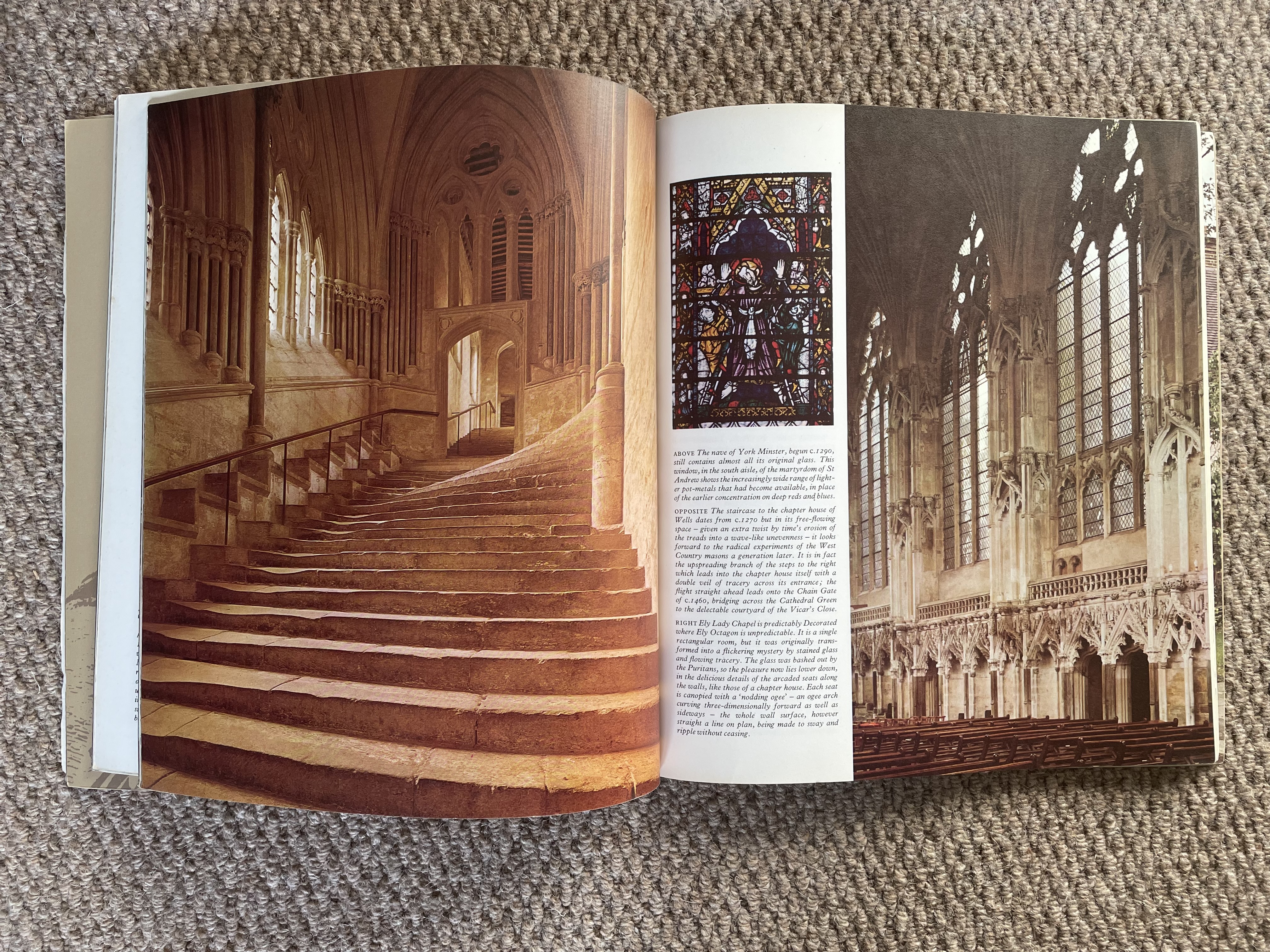
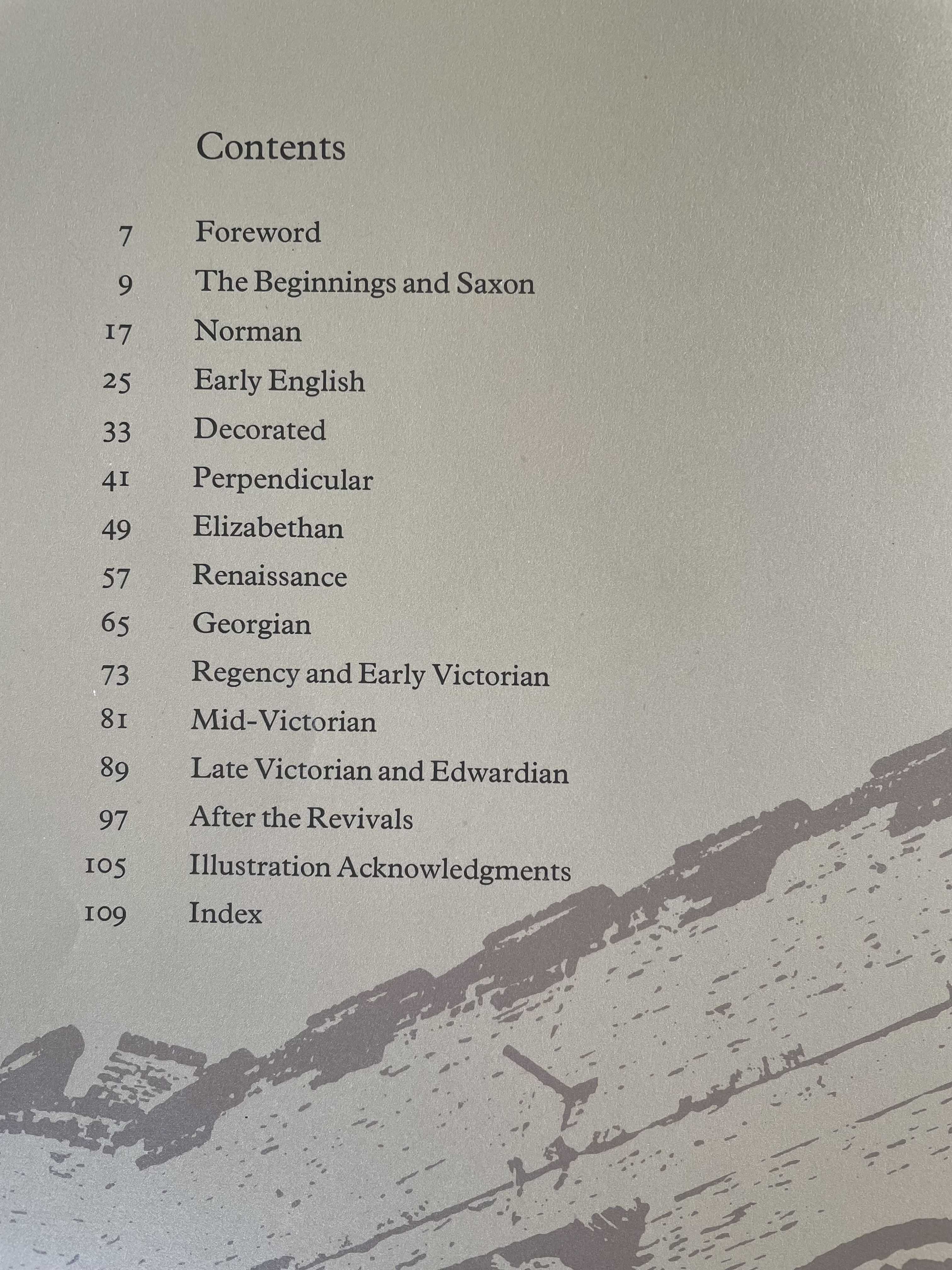
Bookmarked
The naked mystery of the winter tree | Trees and forests | The Guardian
Wenlock Edge, Shropshire: This old field maple, stripped of all its butter-yellow leaves, seems to be floating in the dim light
Atlas of Forgotten Places | Caught by the River | Caught by the River
In an extract from ‘Atlas of Forgotten Places: Journey to Abandoned Destinations From Around the Globe’, Travis Elborough considers Cardross’s decaying Brutalist seminary.
Parish Maps - Common Ground
📸 I'm working on a similar project for a local town in Greater Manchester. The Parish Maps project aims to help community cohesion by mapping townscapes.
Upton-upon-Severn: Iron Age settlement found during roundabout works - BBC News
The discoveries date back about 2,250 years ago, archaeologists say.
Wales-Ireland walking route to celebrate Celtic links - BBC News
The pilgrimage route will be developed in Wales and Ireland and aims to attract thousands each year.
Sounds
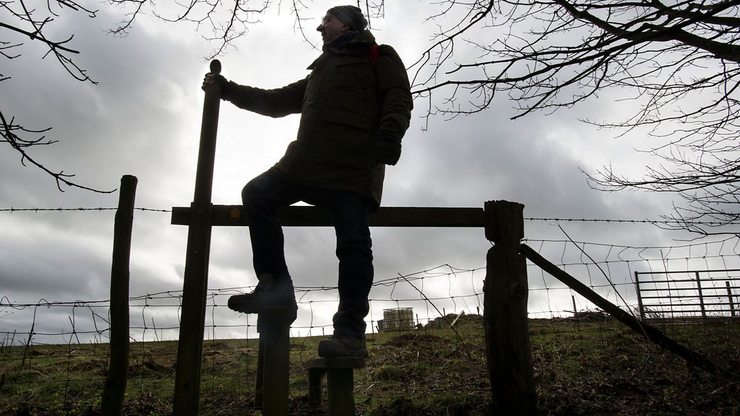
BBC iPlayer - Winter Walks
📸 If you can access these on BBC iPlayer, you're in for a treat - for me it's the evocative soundscape that really adds to the mix.
Observations
Roofscapes
With the onset of spreadsheet architecture, we're seeing the great undoing of the remarkable variety of roofs in our country. Algorithms don't take into account the joy and wellbeing of a finely crafted roof - how they contribute to the drama of a place, and how such drama is important in creating places that we enjoy living in.
The decline of our roof variety also leads to a deadening of understanding and empathy for our historic buildings. All too often have I seen roof's similar to the one below stripped of their historic fabric and replaced with a dull inferior.
Here Alec Clifton-Taylor describes how things used to look like from above with buildings taking on the distinct character of their local geology:
“About an hour after leaving London, red brick gives place to stone, grey, yellow or golden brown. Whether we have set out from Paddington or Euston, from King’s Cross or St. Pancras, whether we have followed the Great North Road, the Bath Road or Watling Street, we do not have to be very observant to notice the change. Sometimes it takes place quite suddenly; at others there is a moment of transition, as at Wheatley in Oxfordshire, where old buildings of grey stone are roofed with mellow red tiles, proclaiming the proximity of both stone and clay. But presently in all these directions the change occurs.”
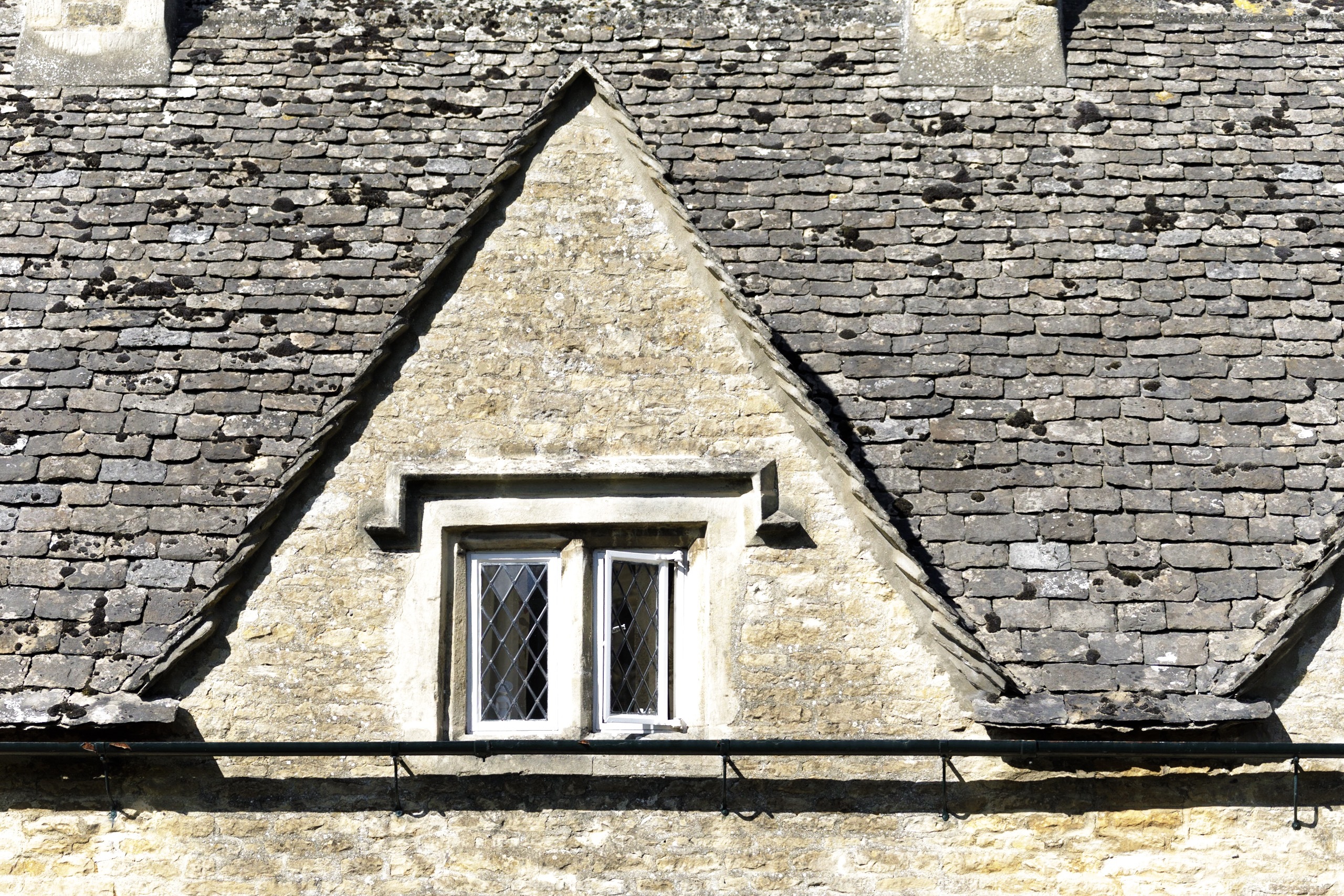
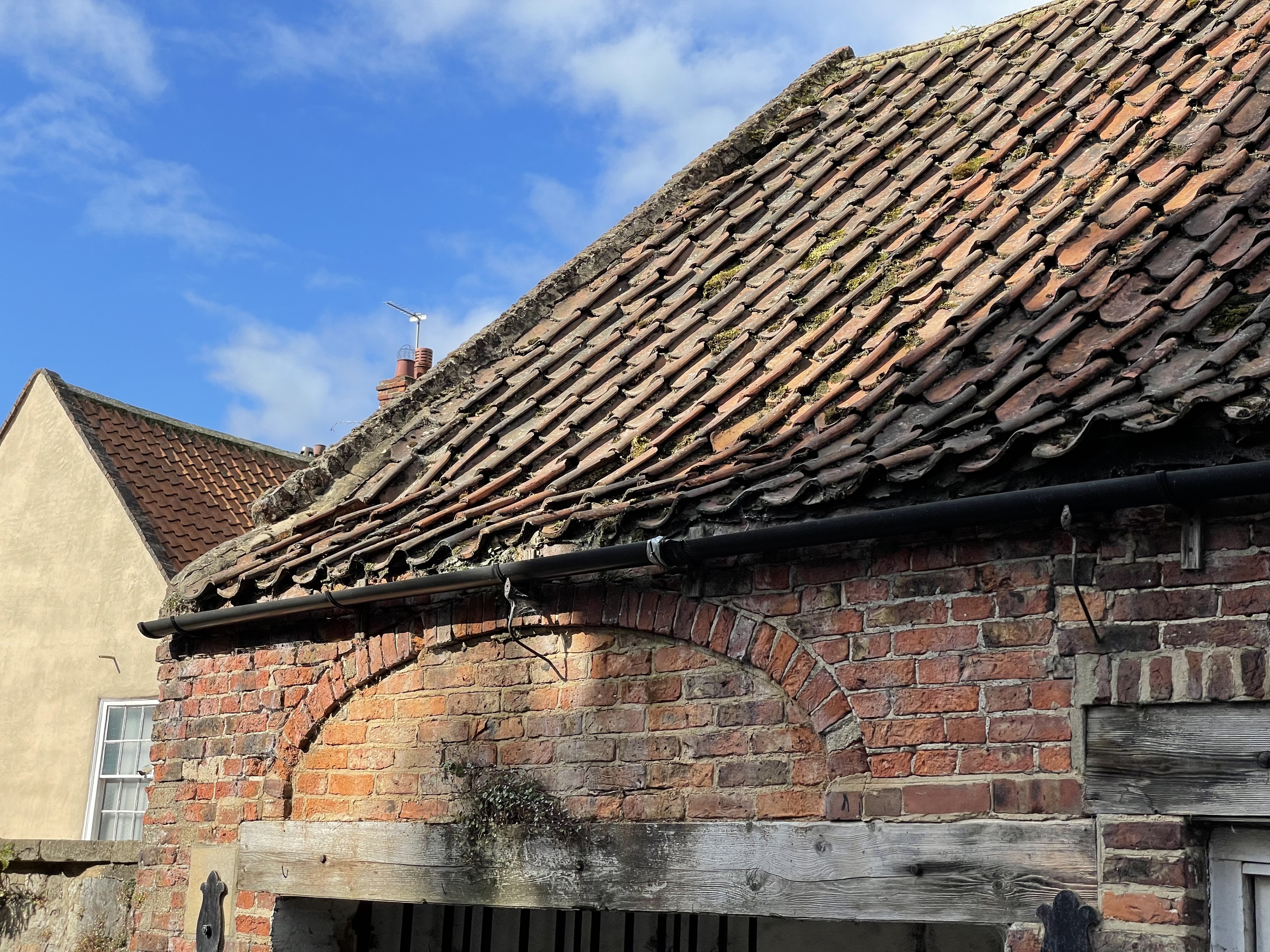
"The slight irregularity of the hand-made tiles and the sagging of the spars to which they are fastened has produced the gentle dipping and rising of the ridge line, the faint hills and hollows in the expansive roof, and the pleasing effect of broken light, which contrast so sharply with the flat tone and rigid lines of a modern tile roof."
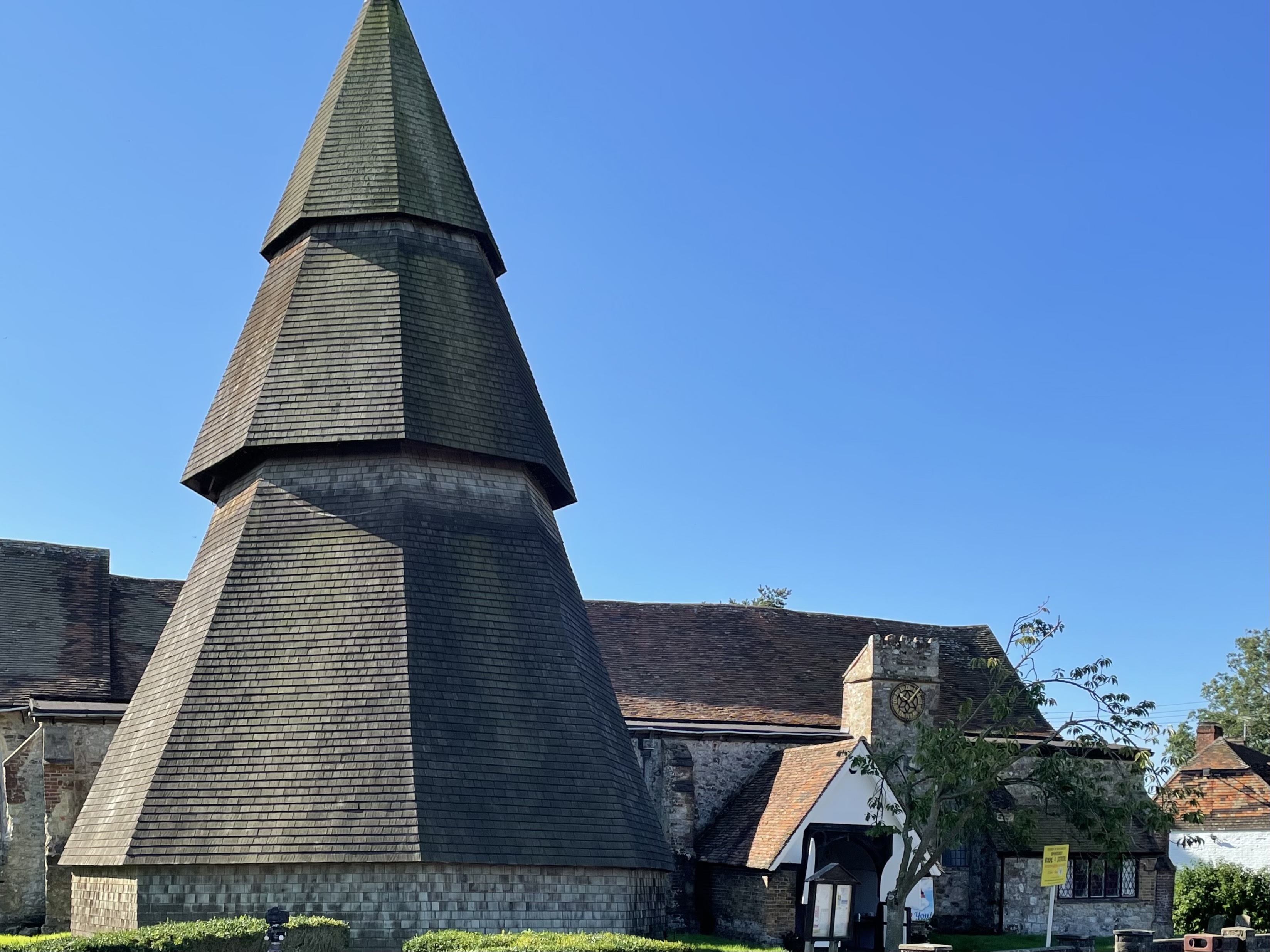
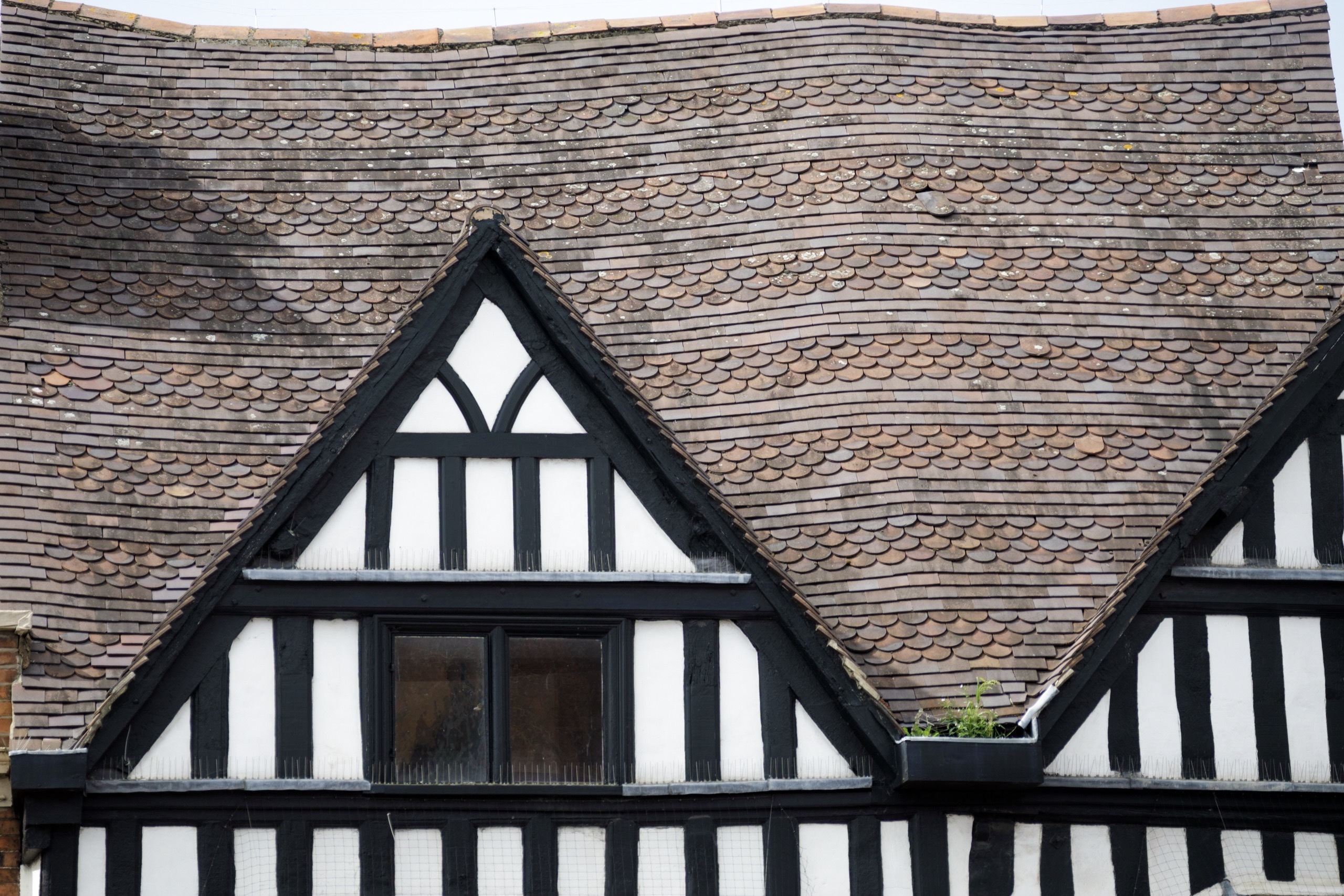
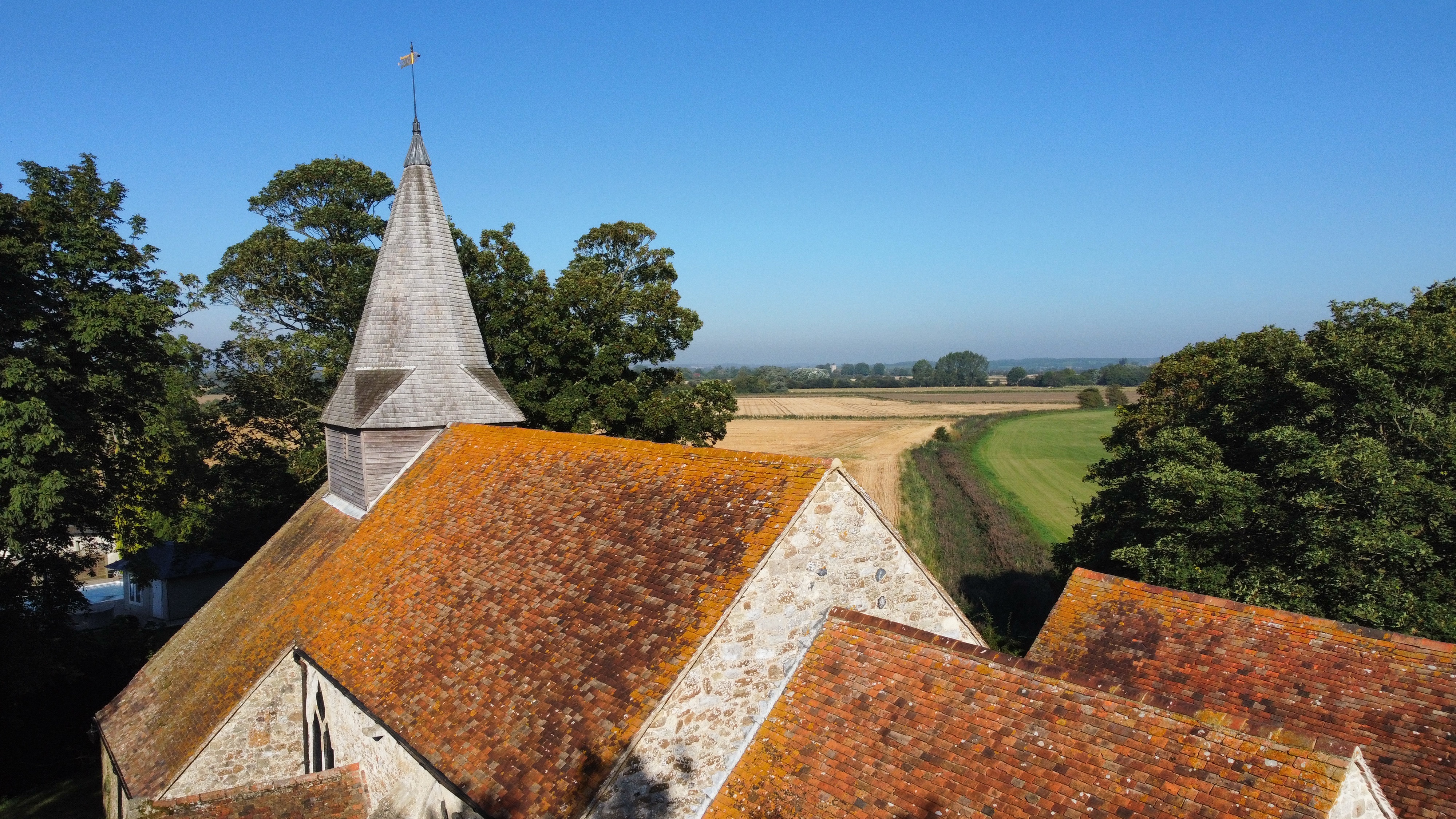
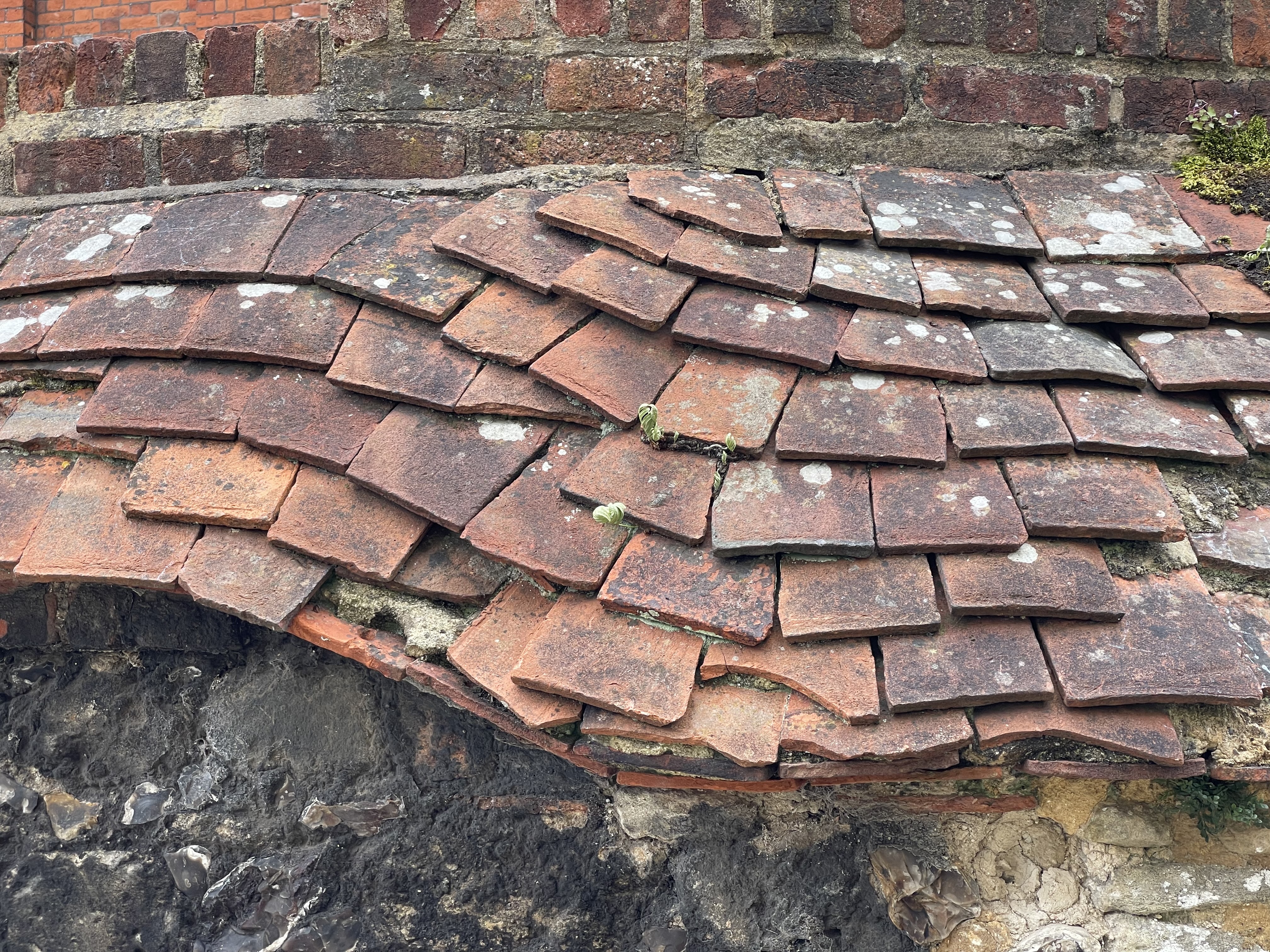
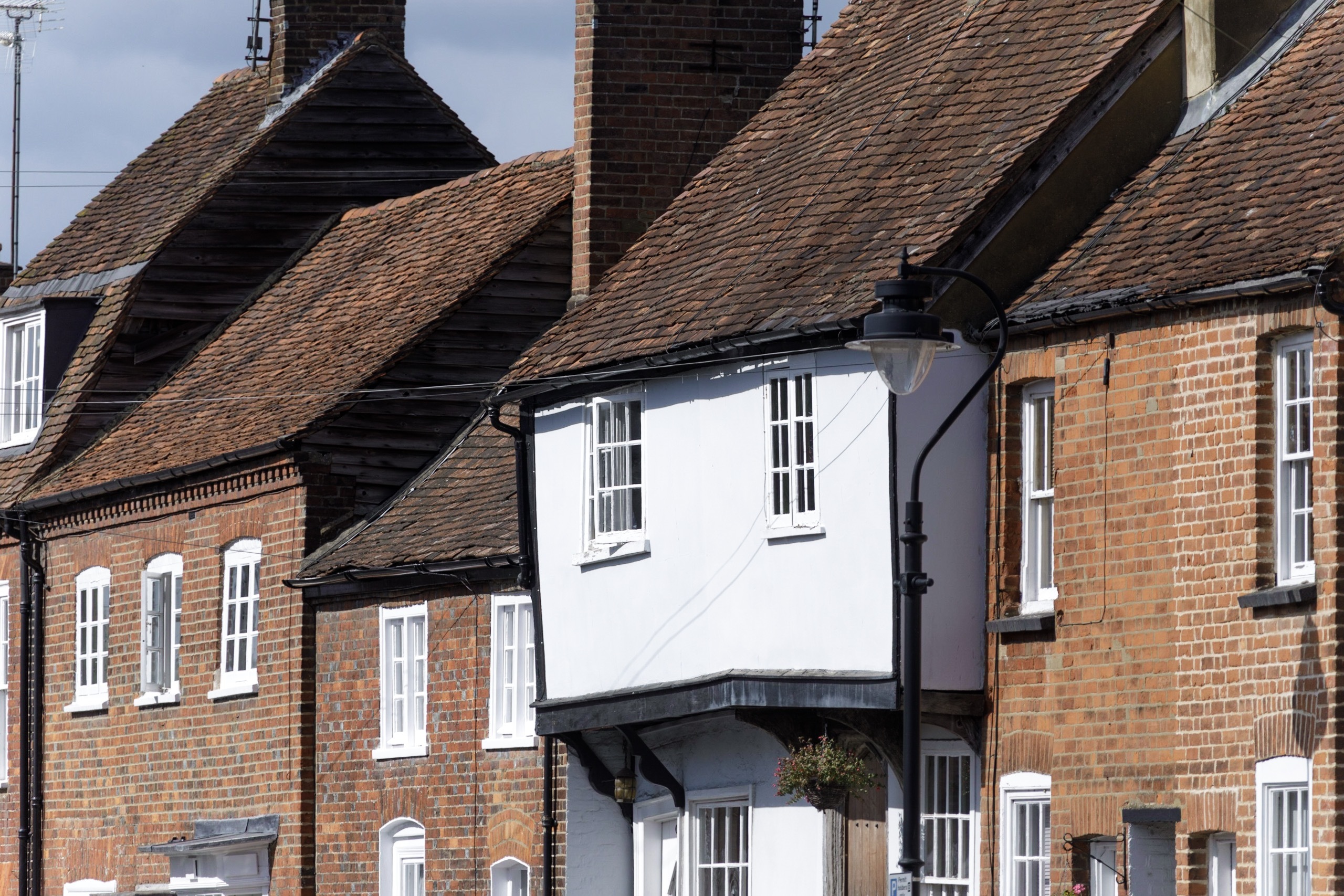
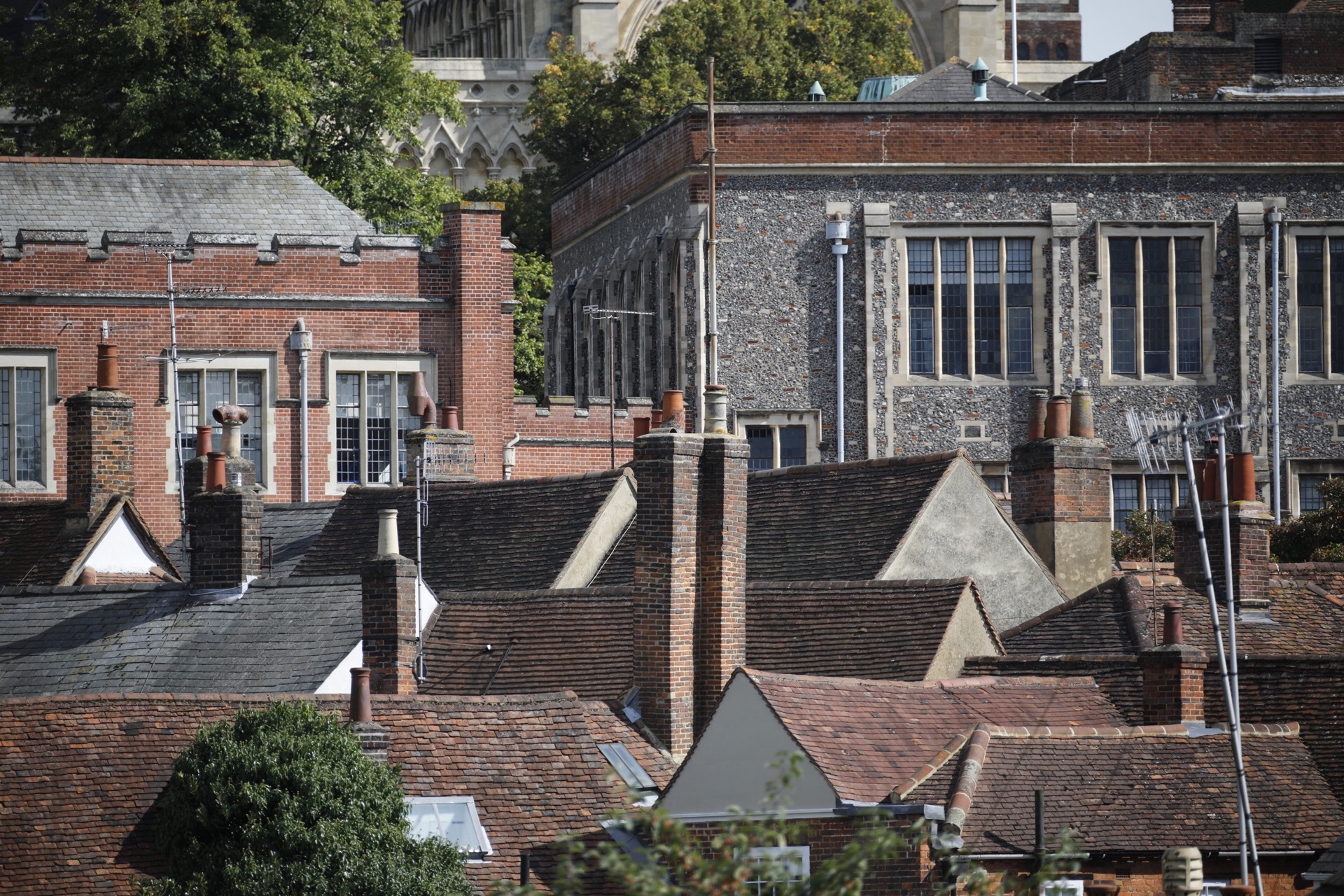
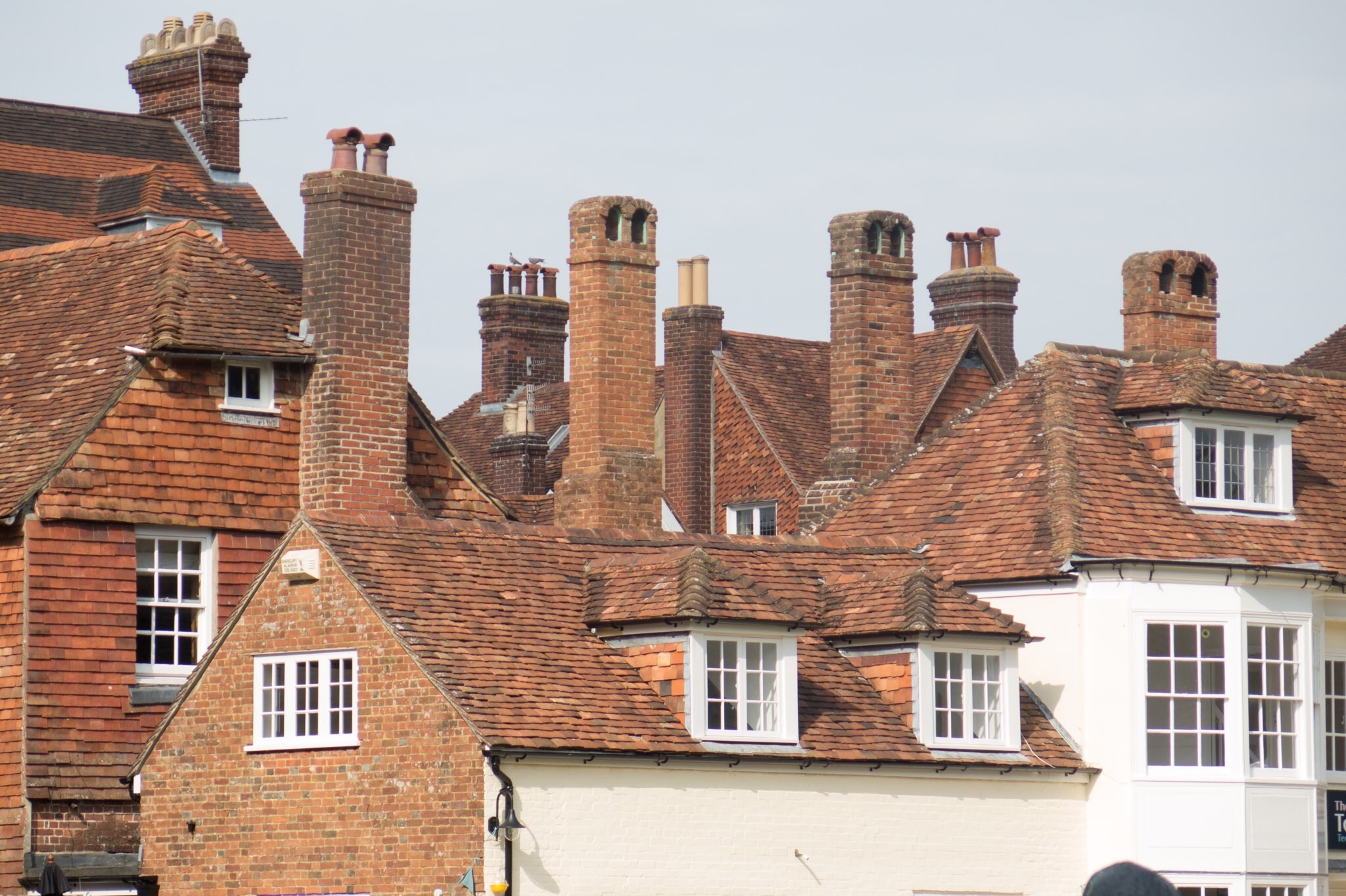
“Irregularities give life to a surface, and render it a pleasure to contemplate. This is a law of nature. The blades of grass in every field, the leaves on every tree, differ minutely from one another while adhering to a general conformity. The differences from brick to brick might also be scarcely perceptible, yet they were sufficient to break up the flatness of the finished wall and save it from dullness.”
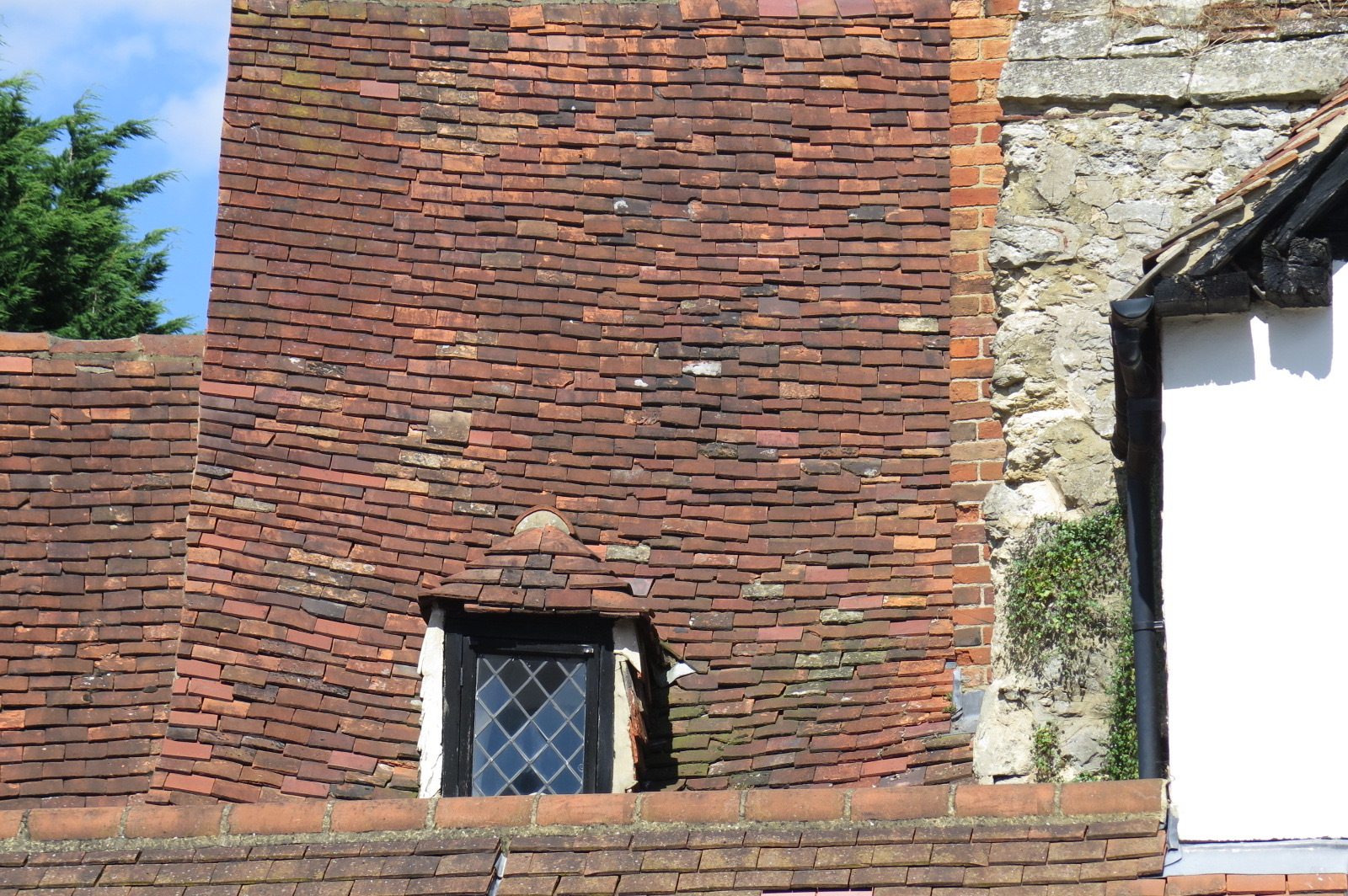
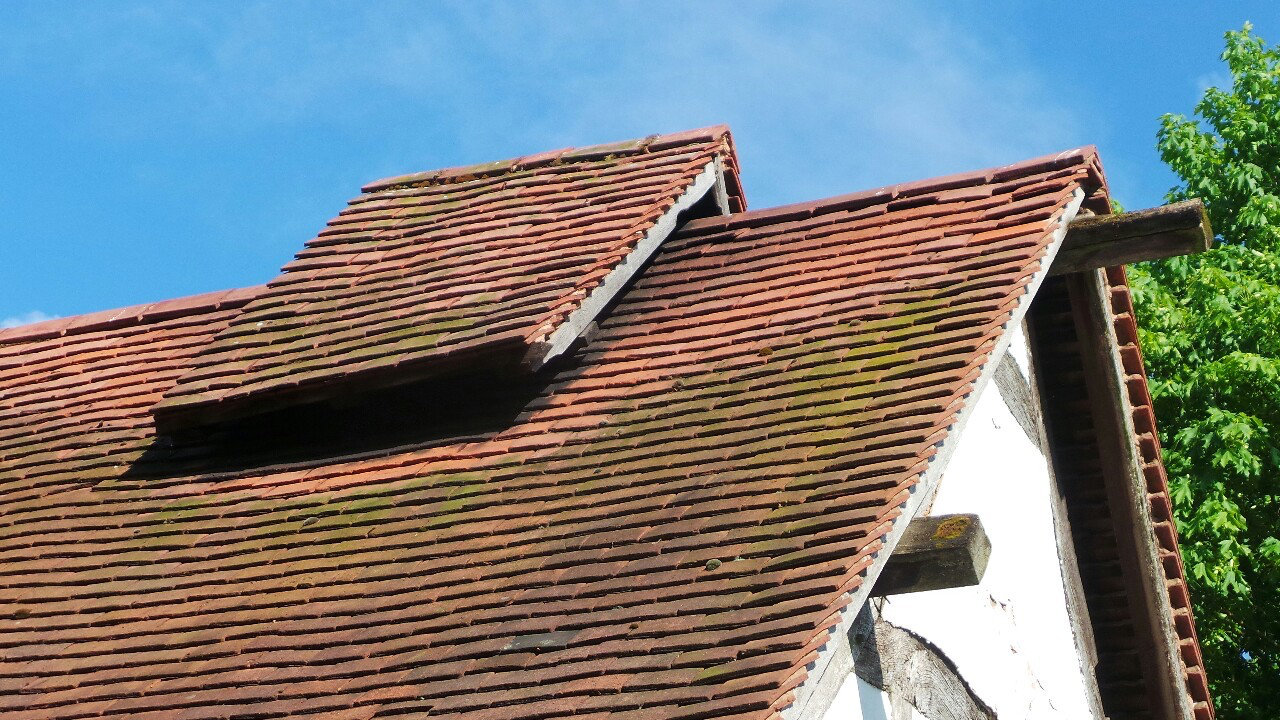
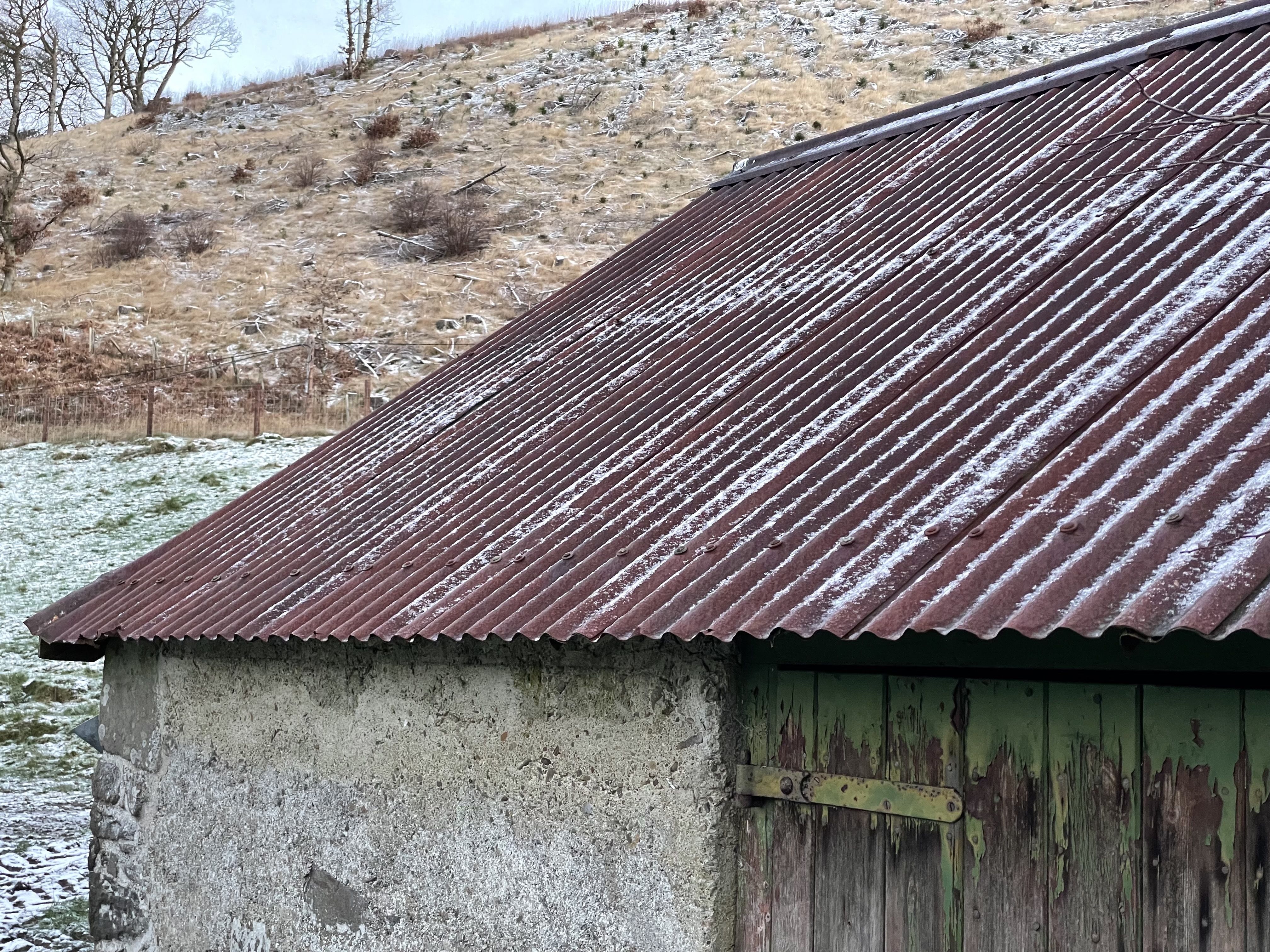
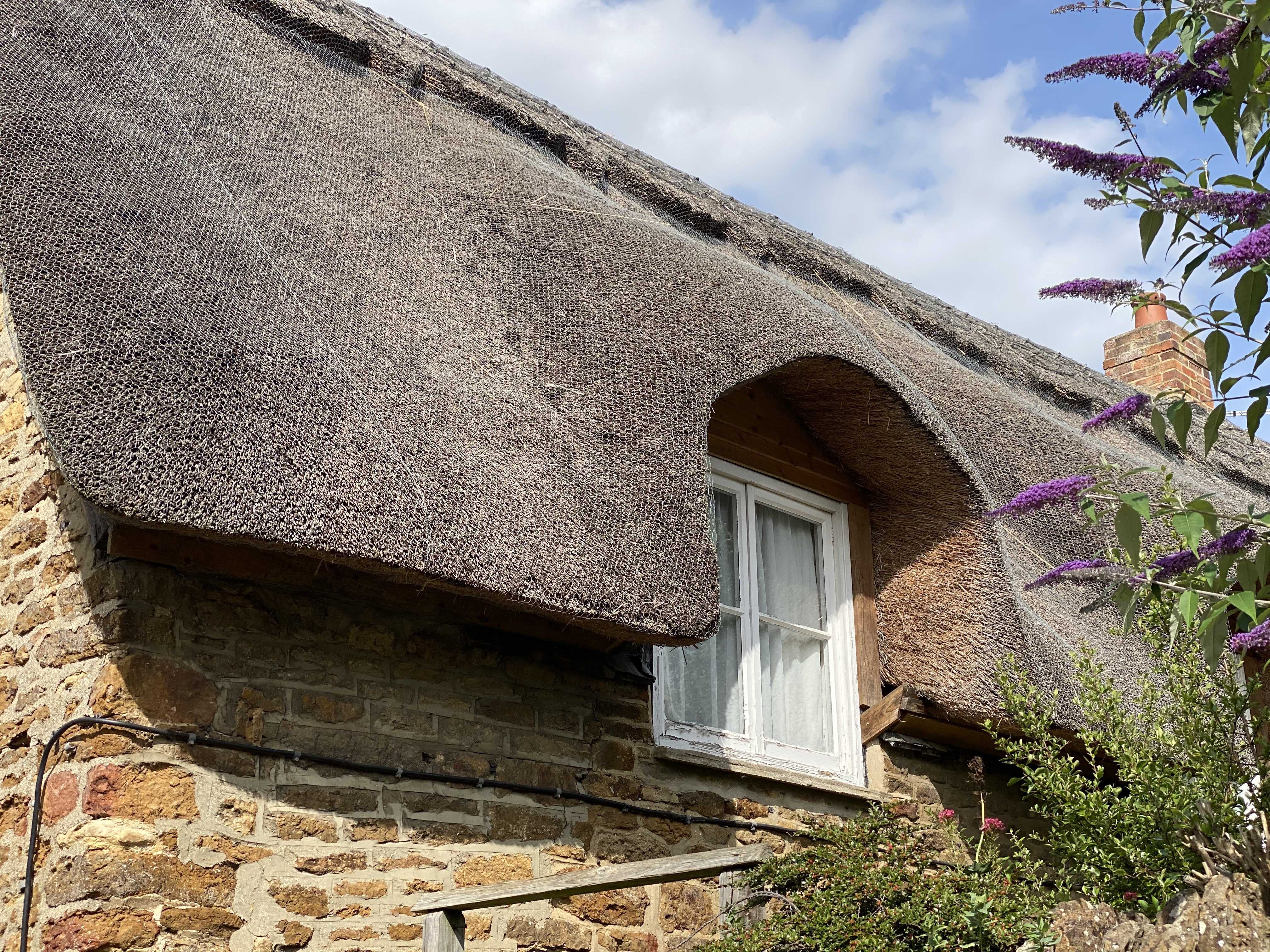
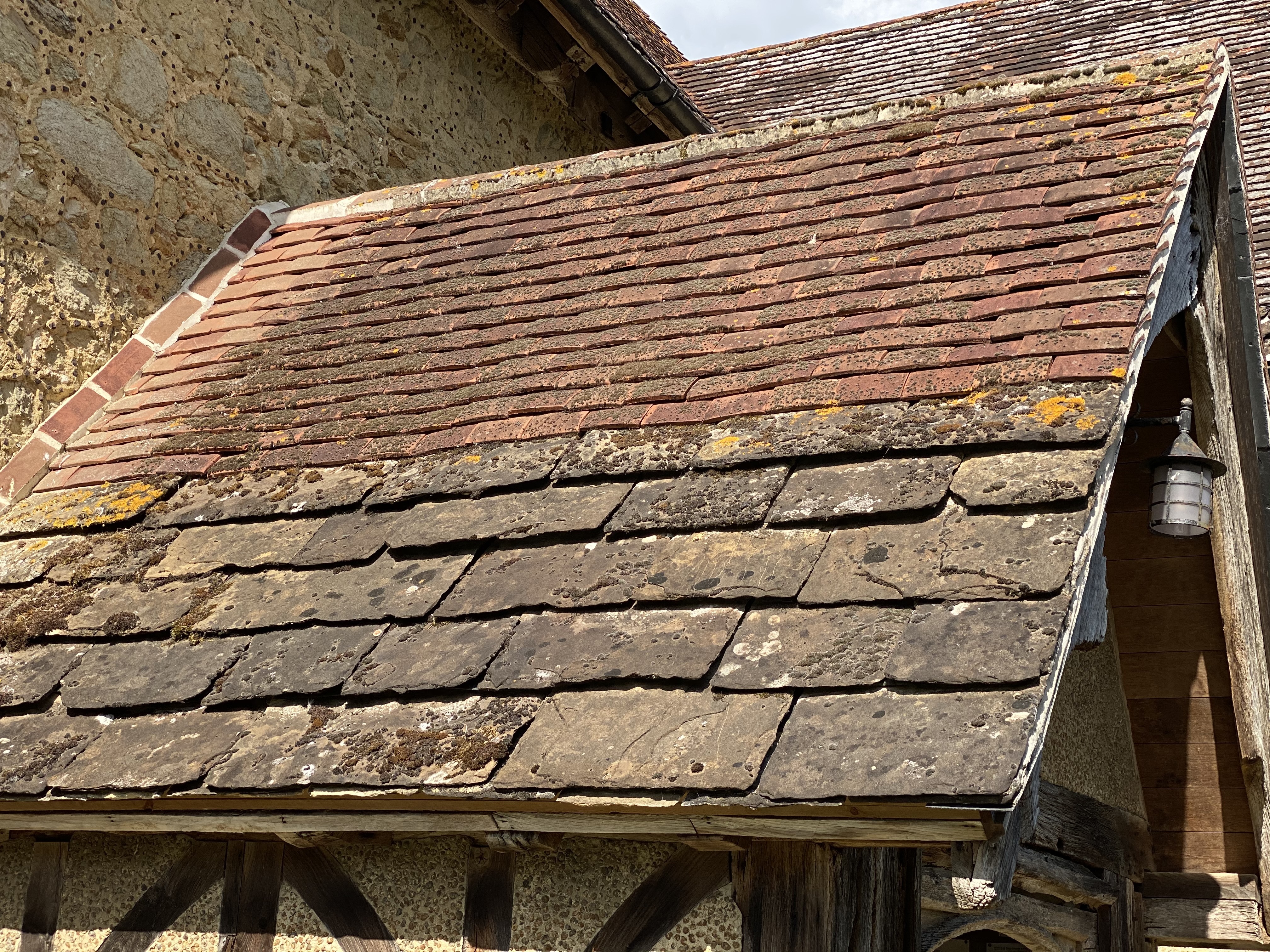
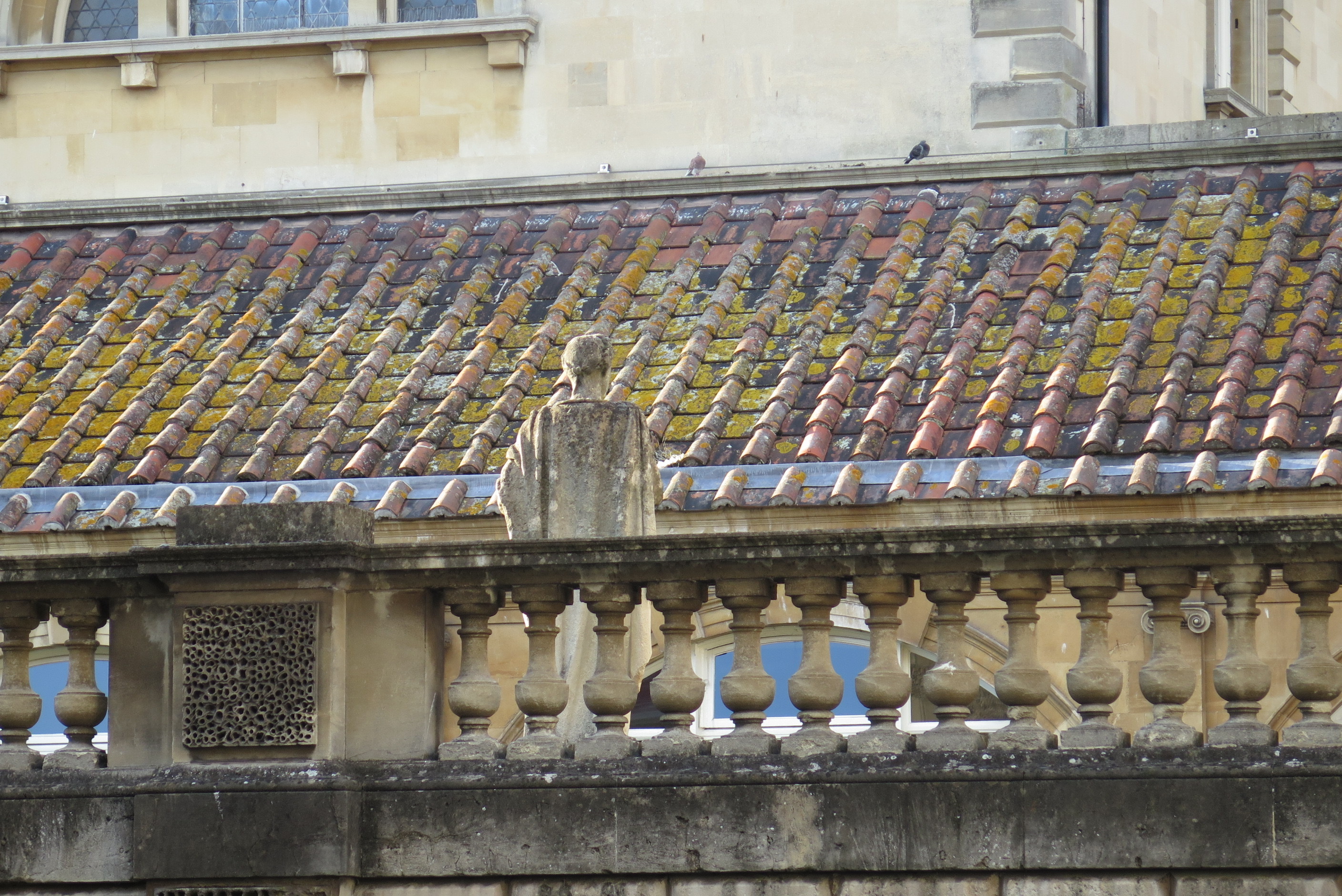
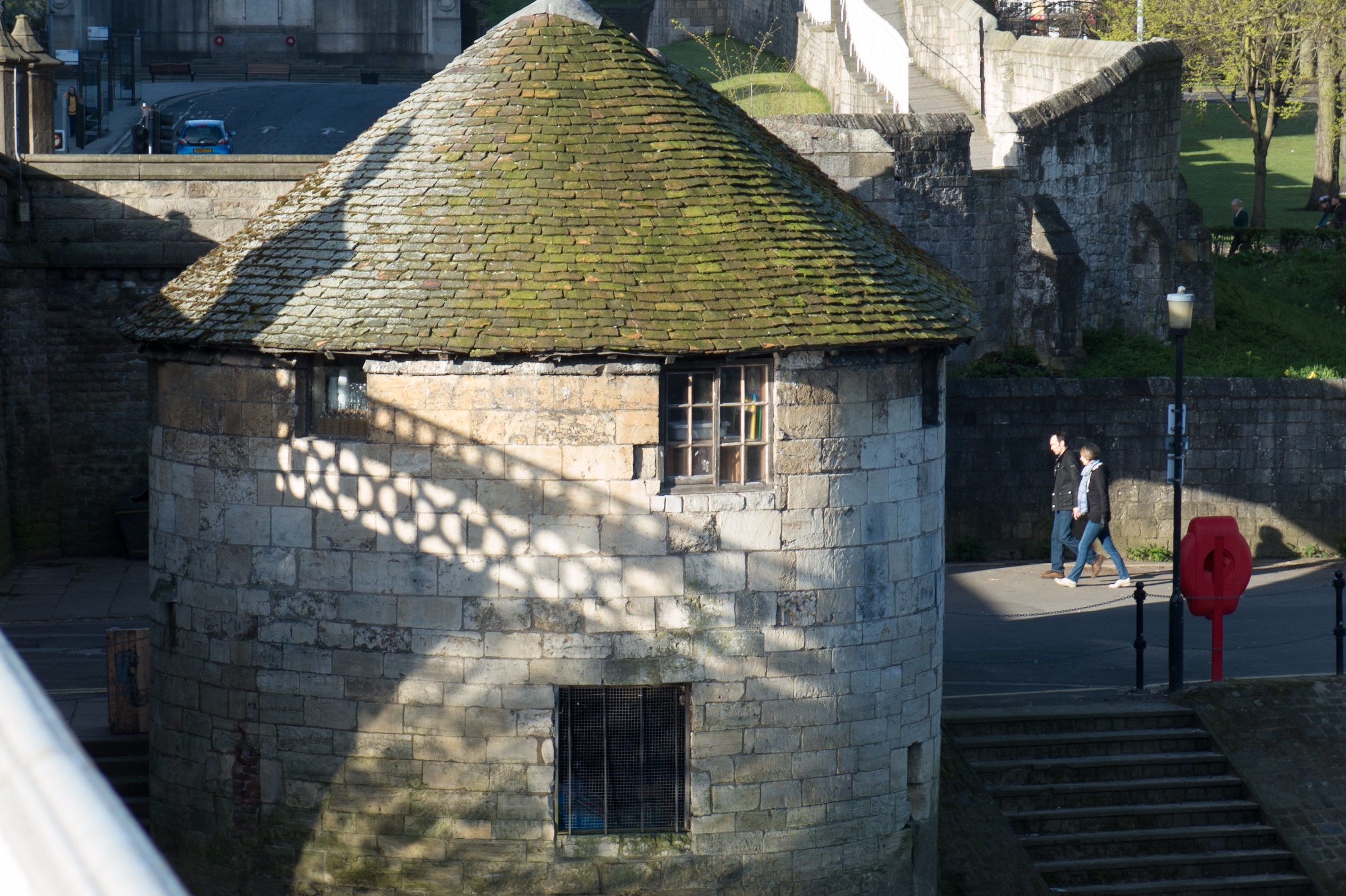
The environmental psychologist Lily Bernheimer talks of an ‘ordered complexity’ contributing to our love of old buildings. Patterns and textures both hand-made and natural hold within them ‘self-organising’ systems that reveal a connectivity with the natural environment. It is the nested nature of natural and geometric patterns on our streets that affect us on a deeper level - something that might even have a positive impact upon our mental health.
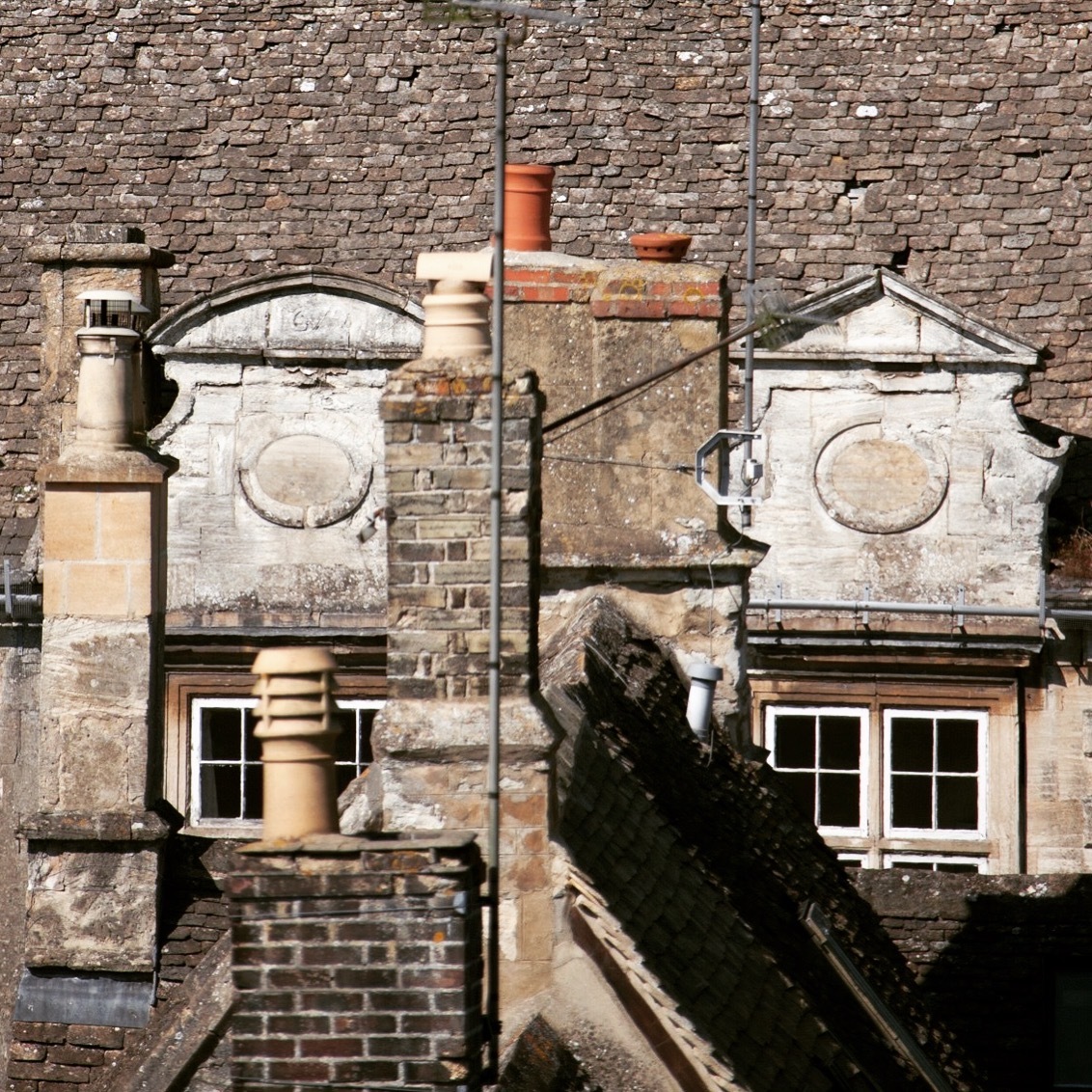
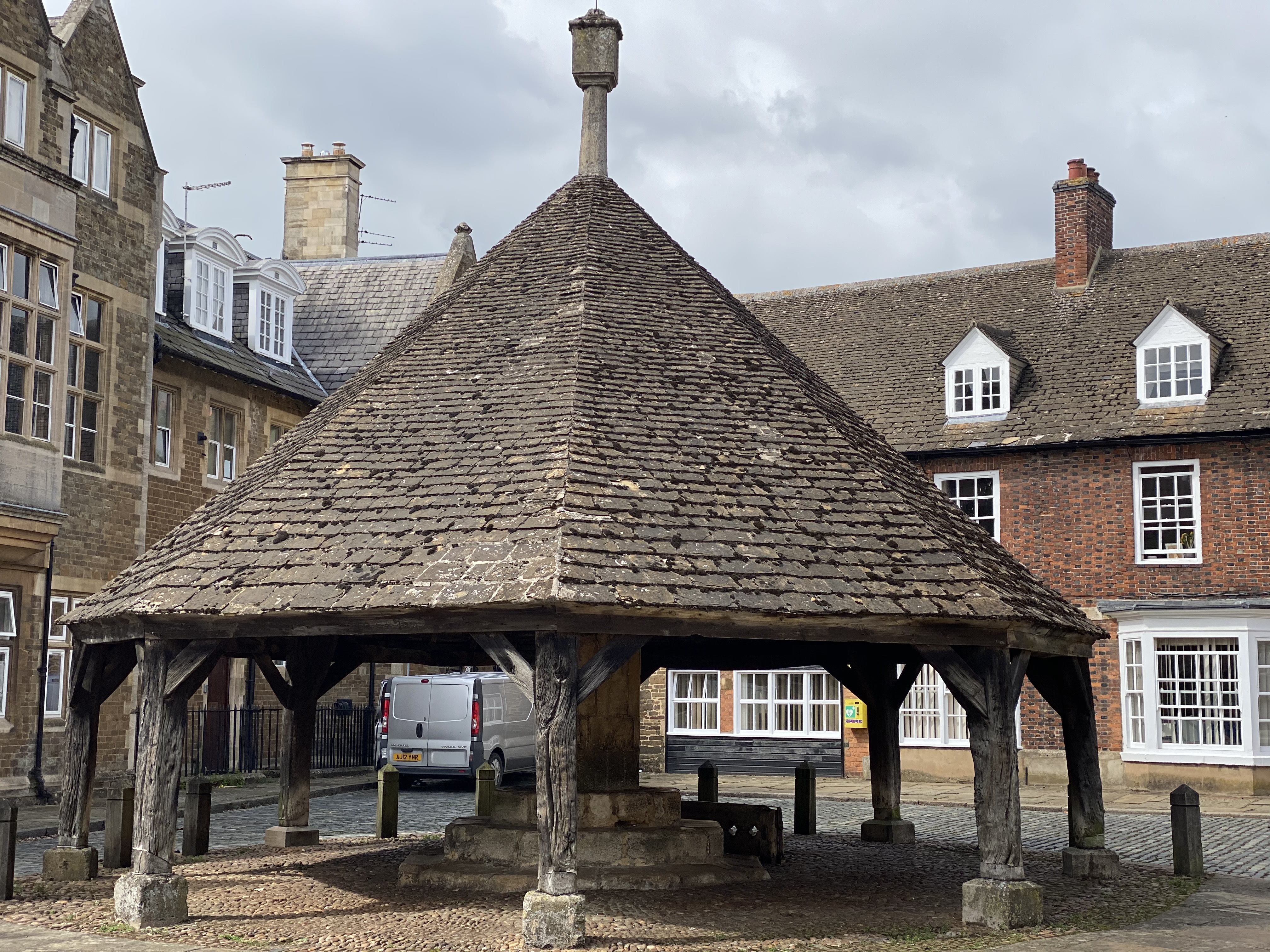
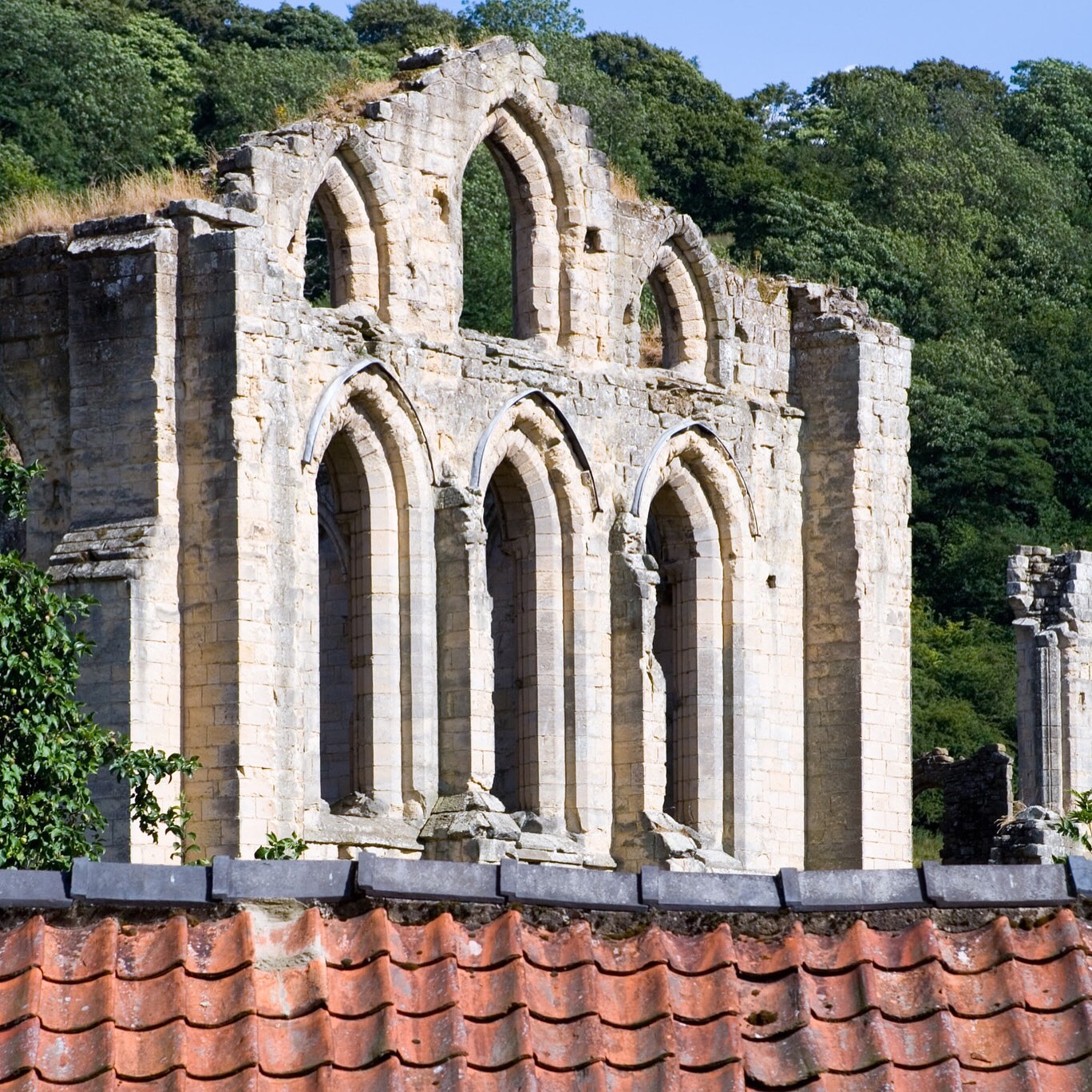
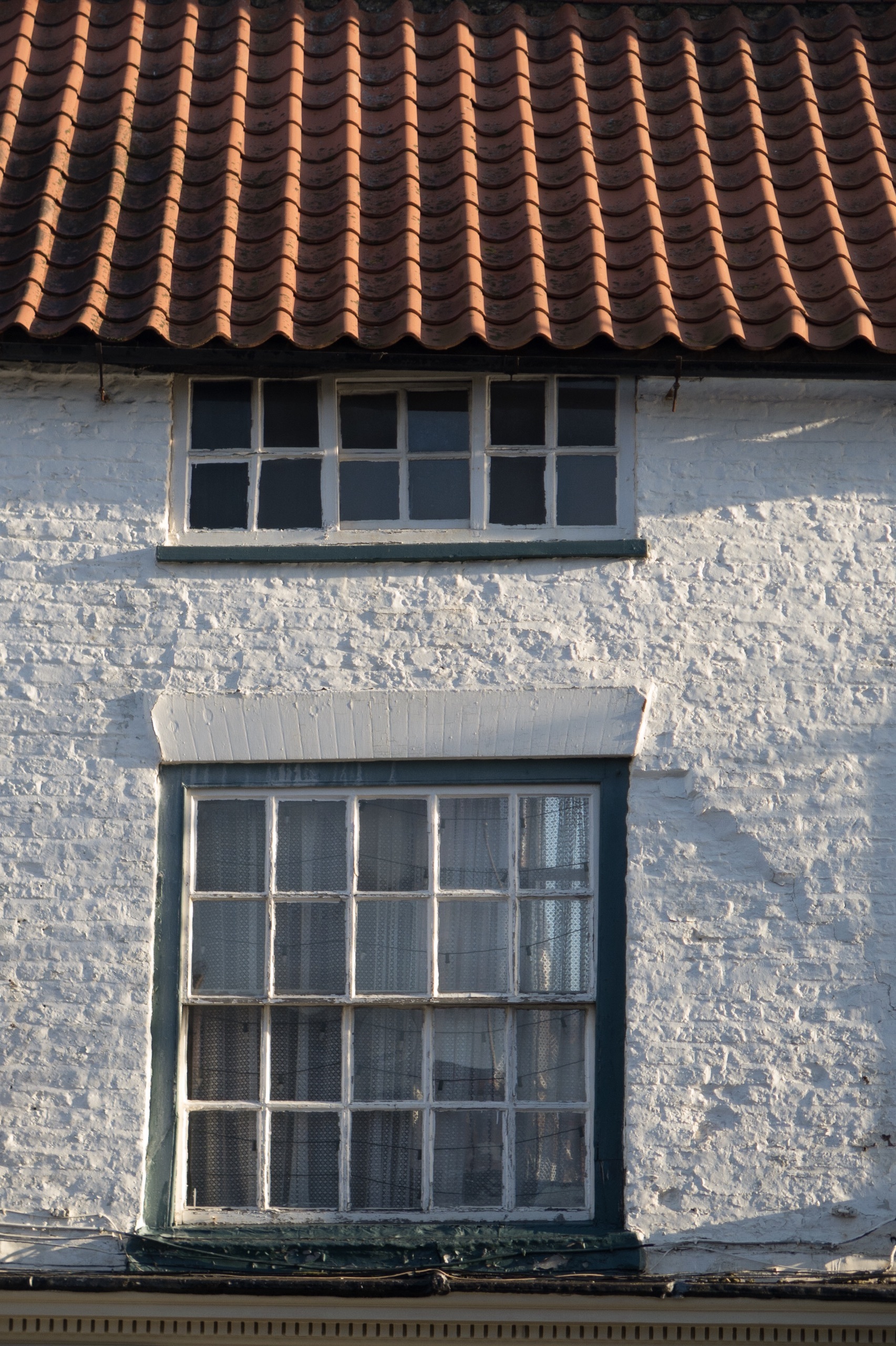
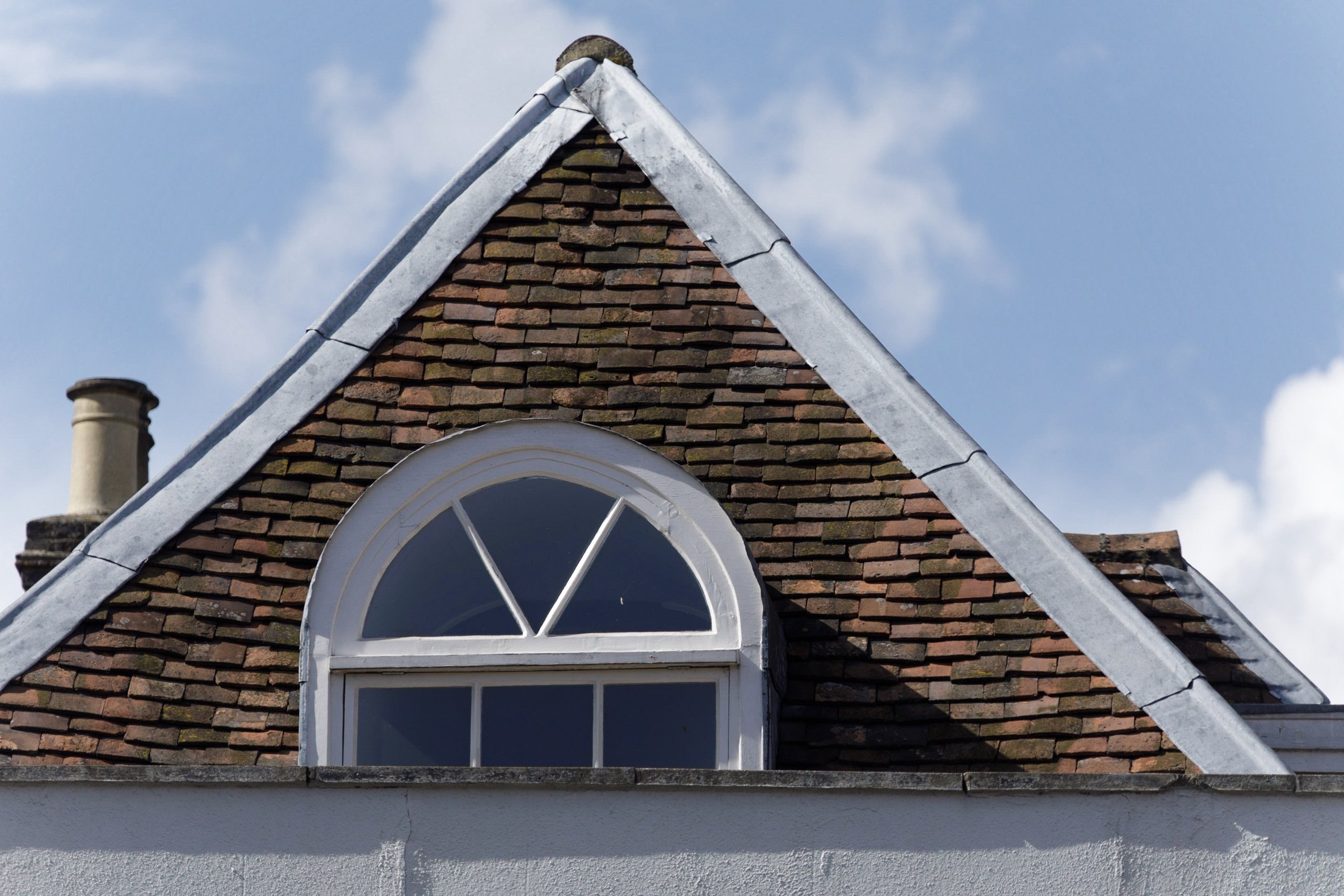
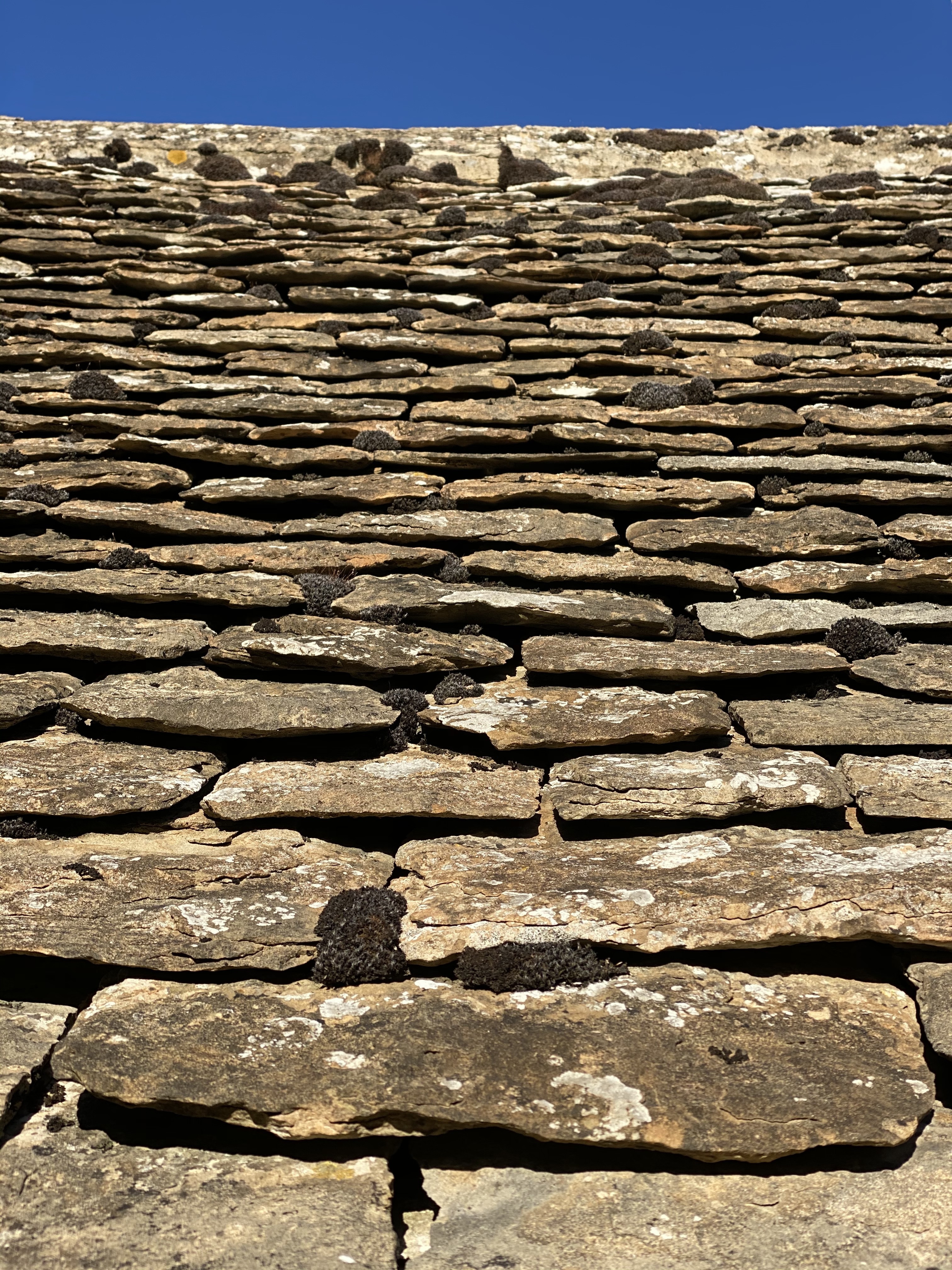
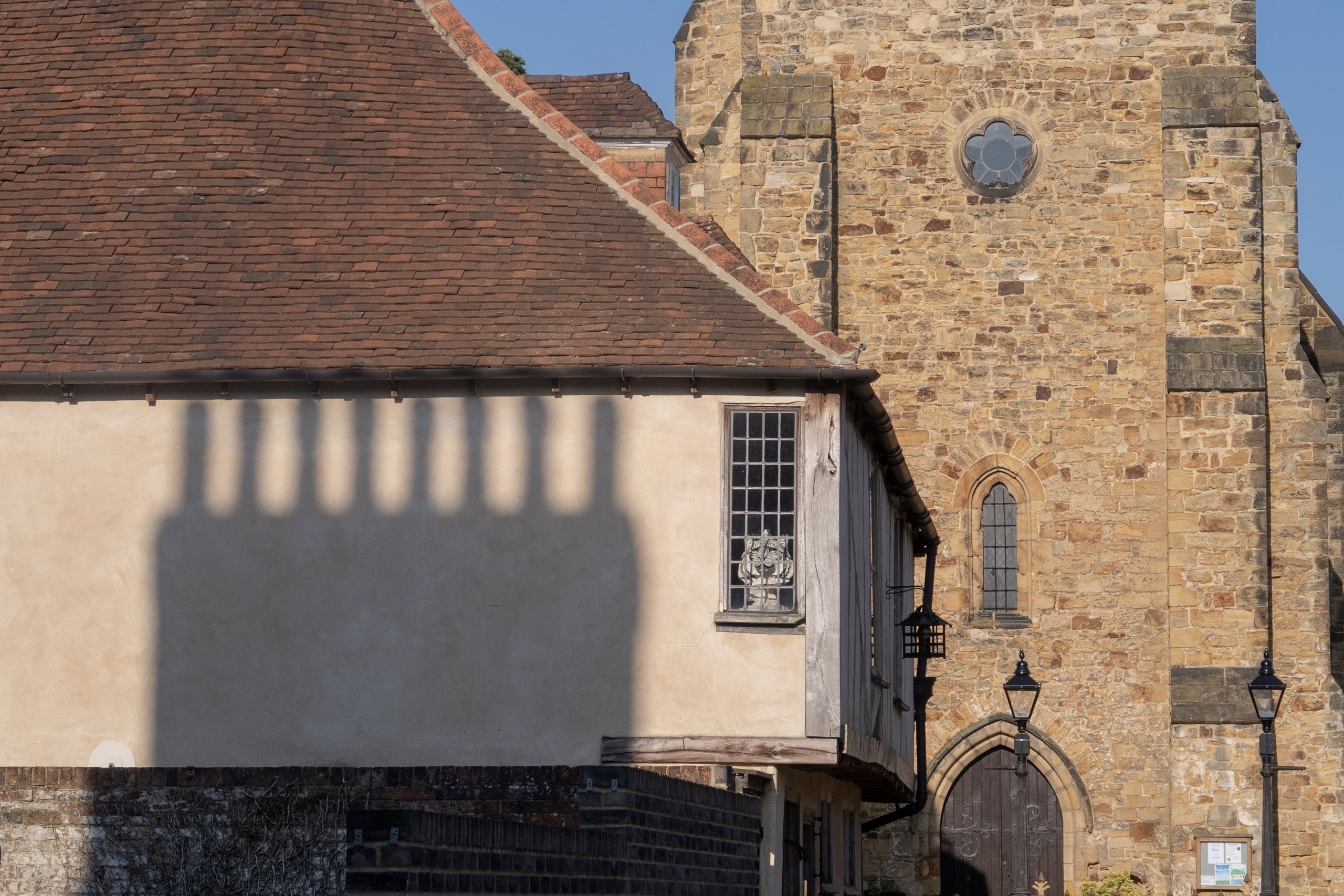
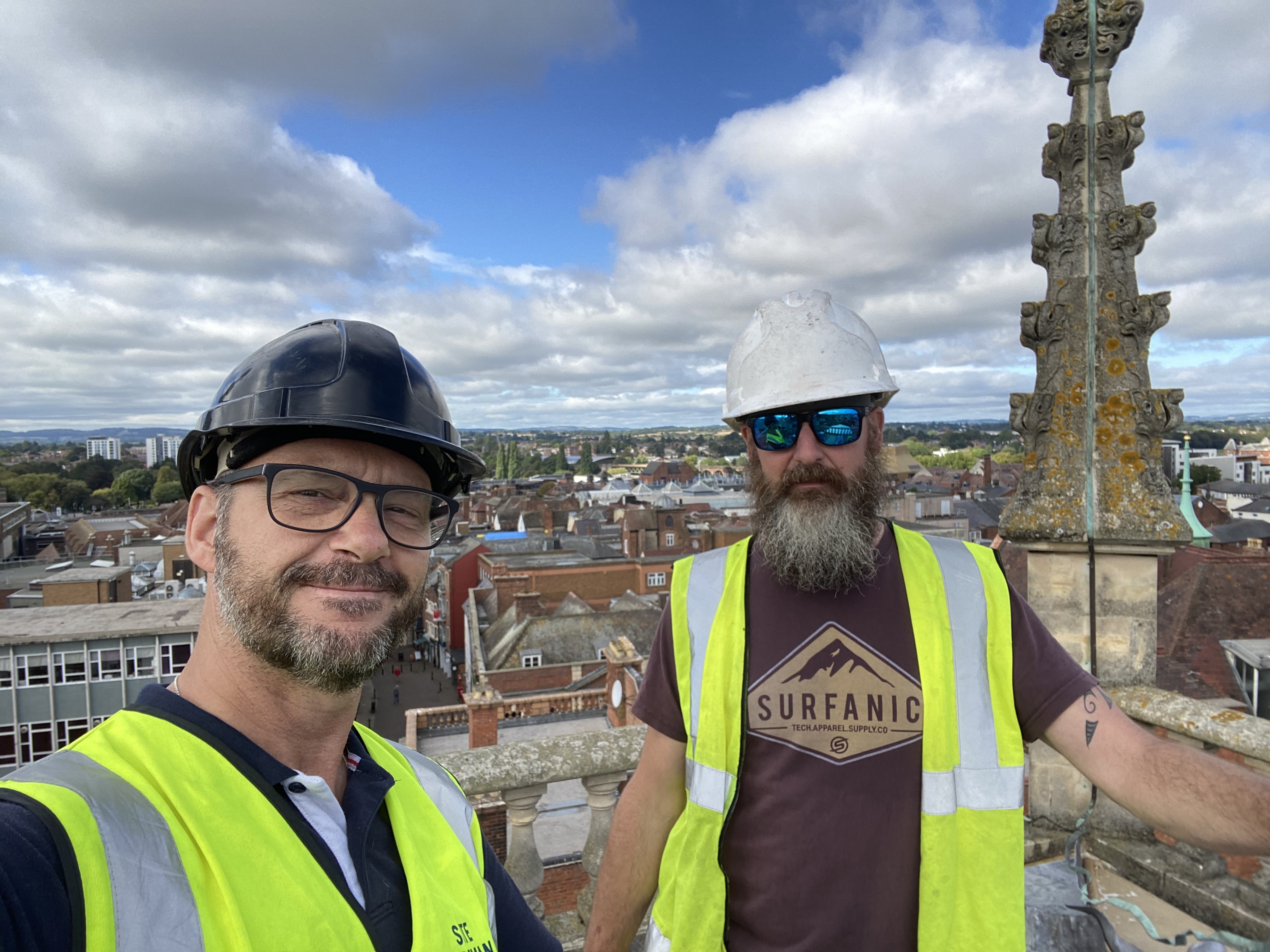
Tweet
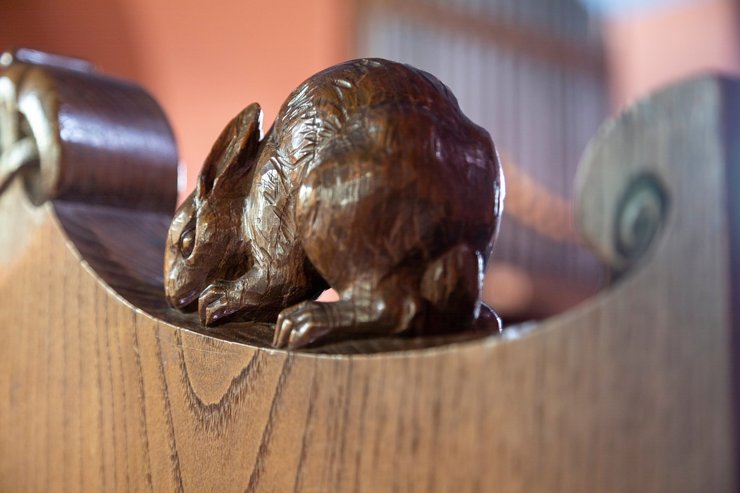
Andy Marshall 📸 on Twitter: "From my photo-hoard: bench ends and finials - cultural microcosms of beauty #THREAD… "
Pews lavished with attention [more...]
Blog
Home | Sideclick
Welcome This site is at the heart of what I do, capturing my everyday experiences and connecting to my photography, videography, and photo stories sites.
Photo Stories
Andy Marshall
Travelling architectural and interiors photographer, Andy Marshall shares stories about architecture, heritage and place making
Shop
Andy Marshall Digital Media – Photo Wellness
Access and purchase digital media by Andy Marshall
And Finally...
My photo-hoard - so far, so good.

Thanks for alll your support and emails. See you next Friday.
Andy.
Become A Member
Help Support My Work
You can help support my work and outreach by becoming a member. [more..]
My Linktree
Architectural and Interiors Photographer, Writer, Placemaker.


Member discussion